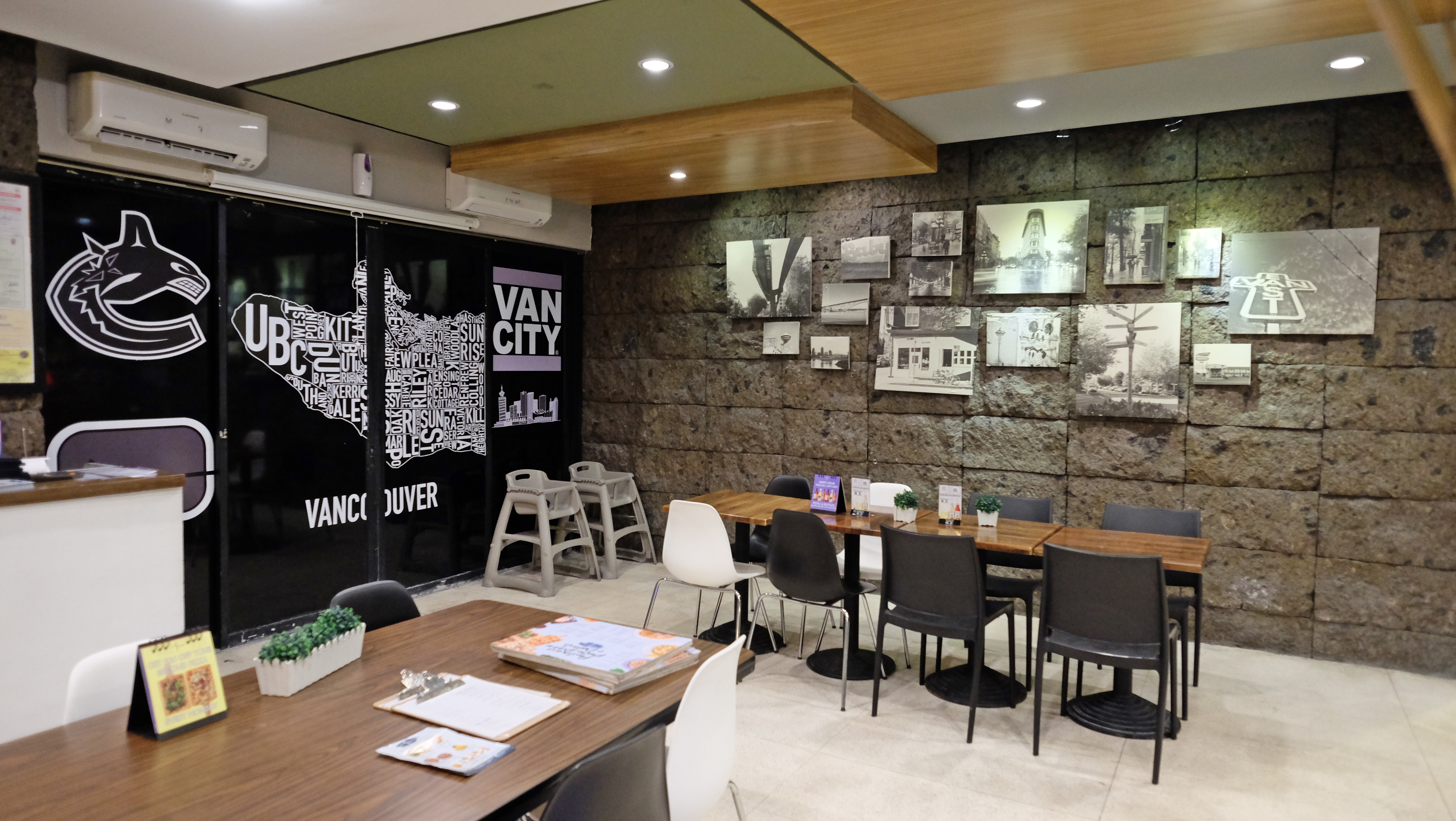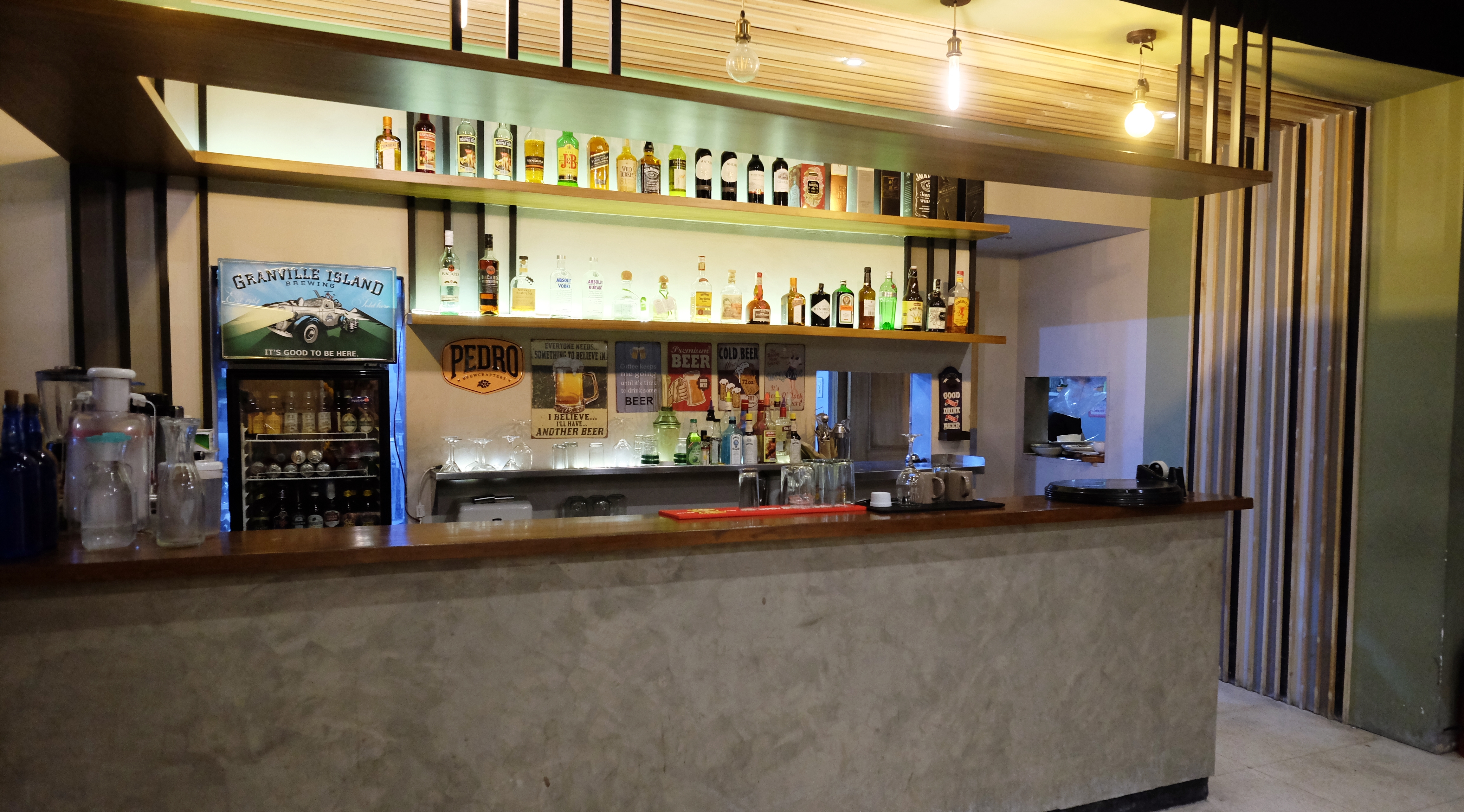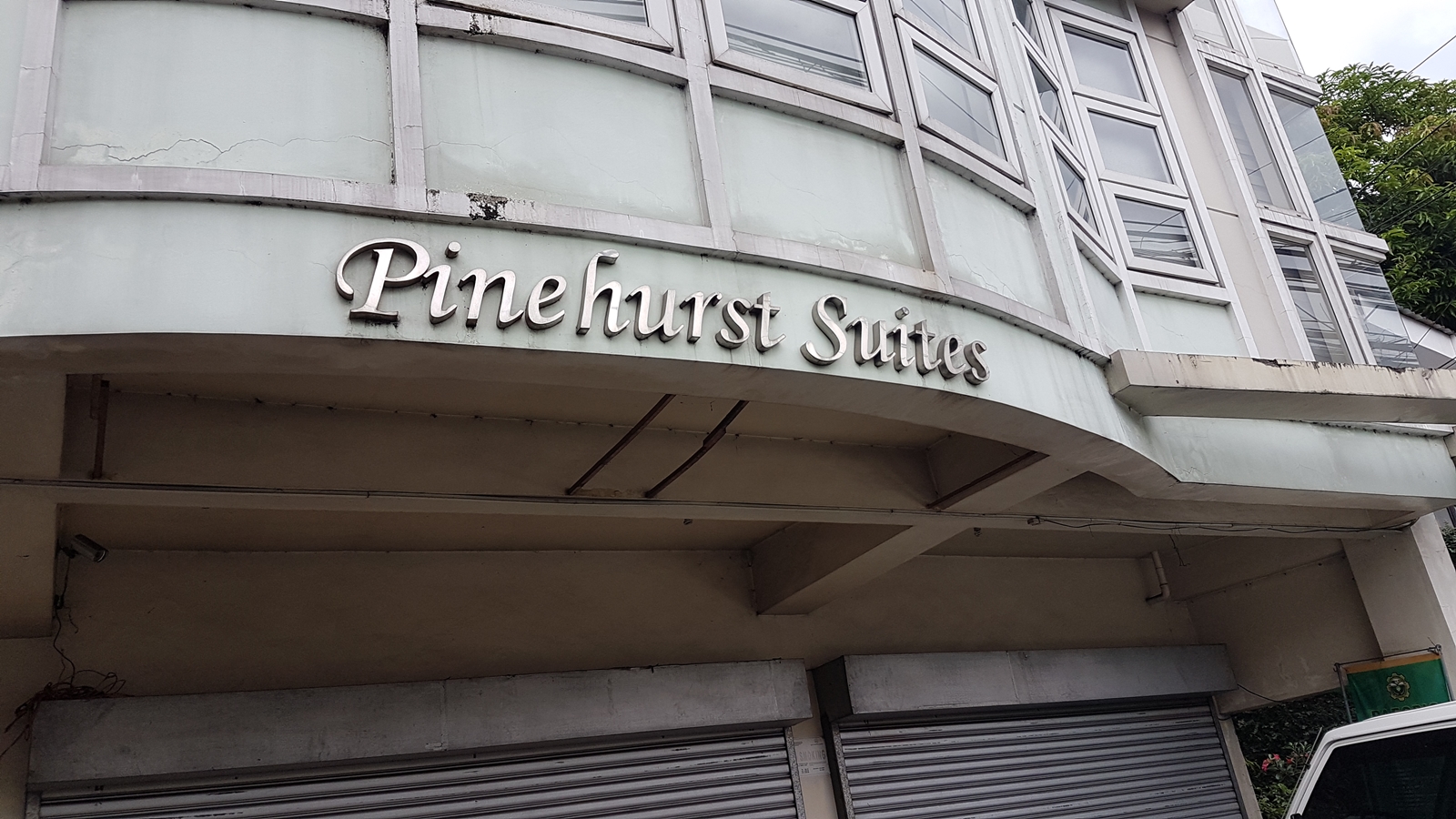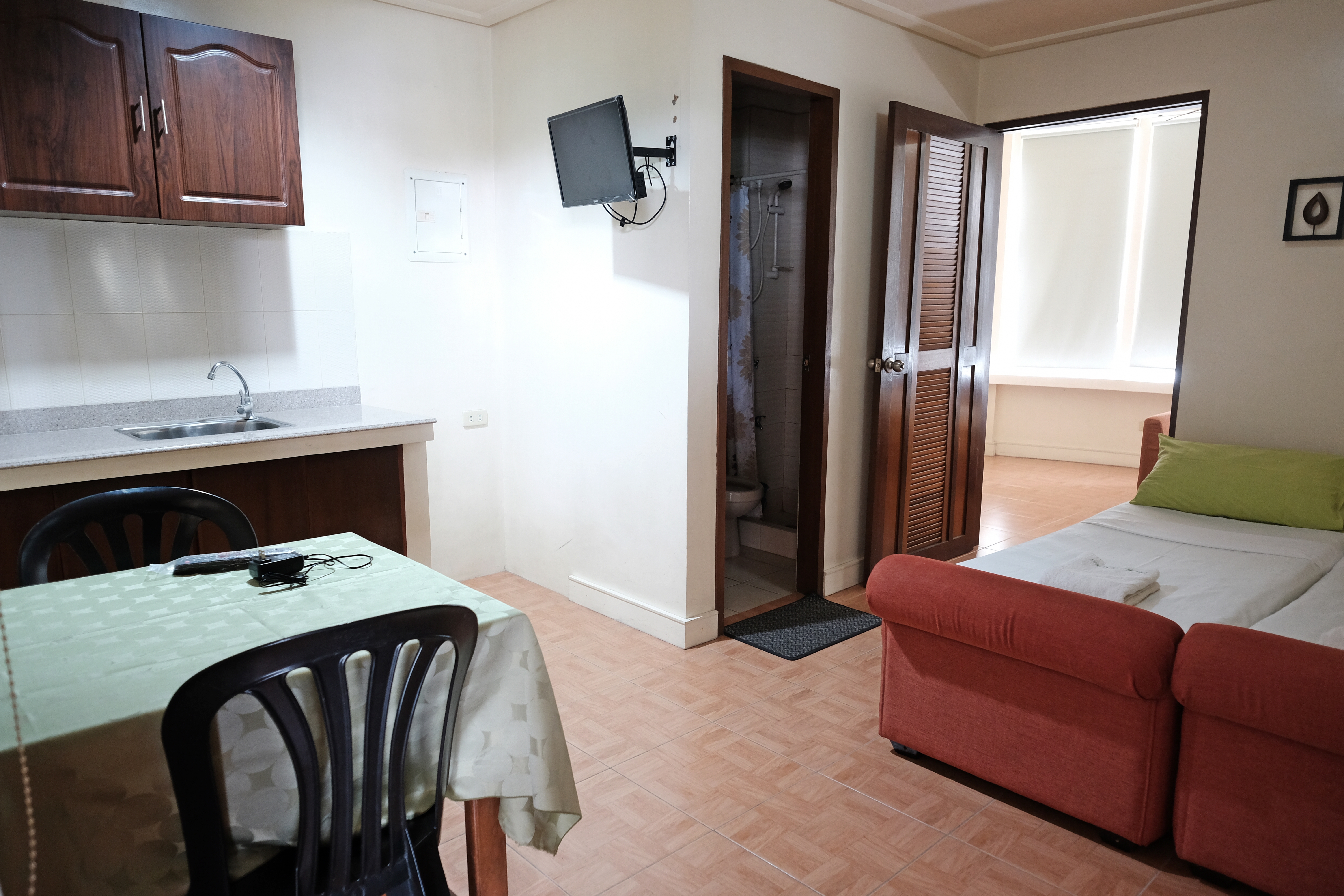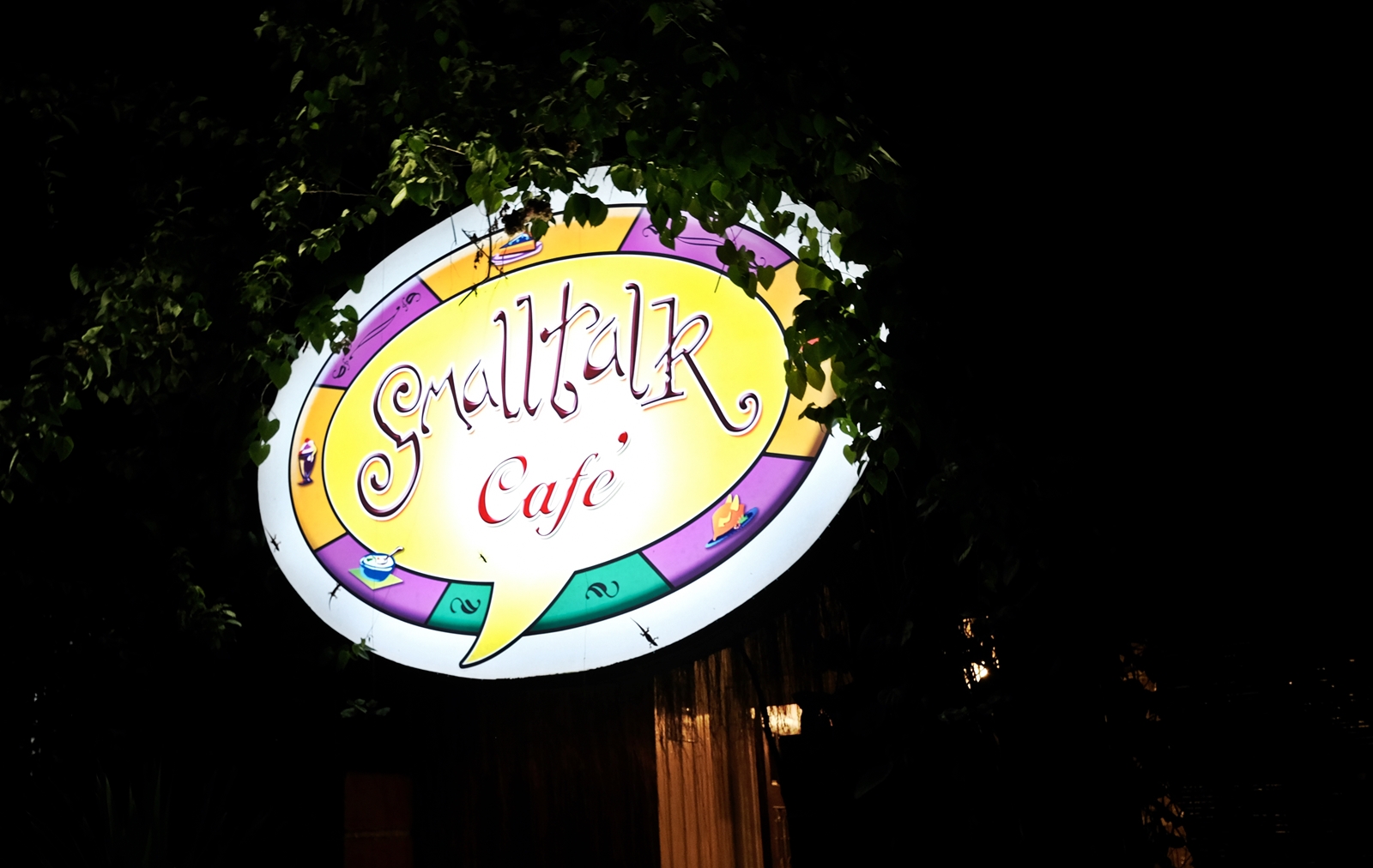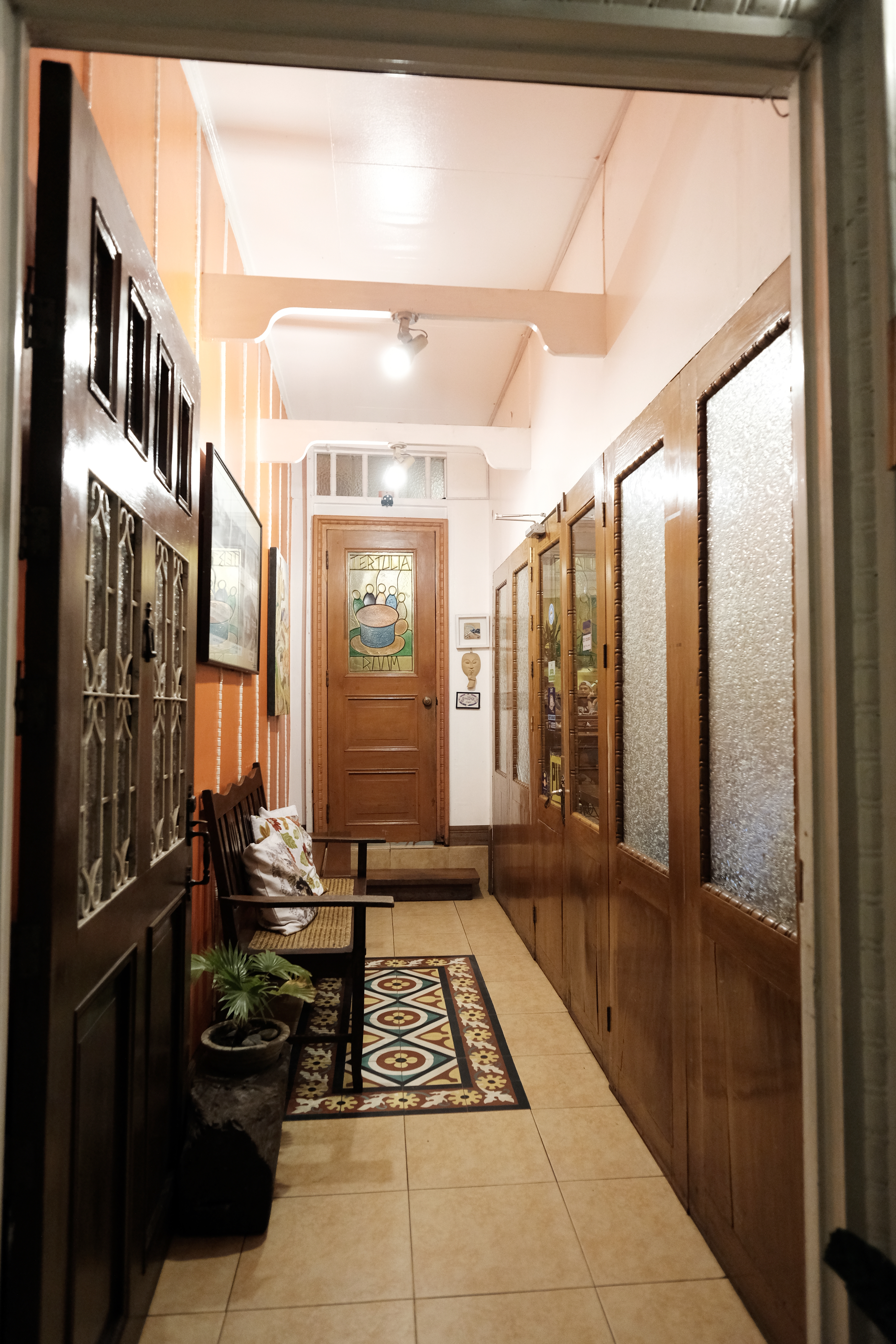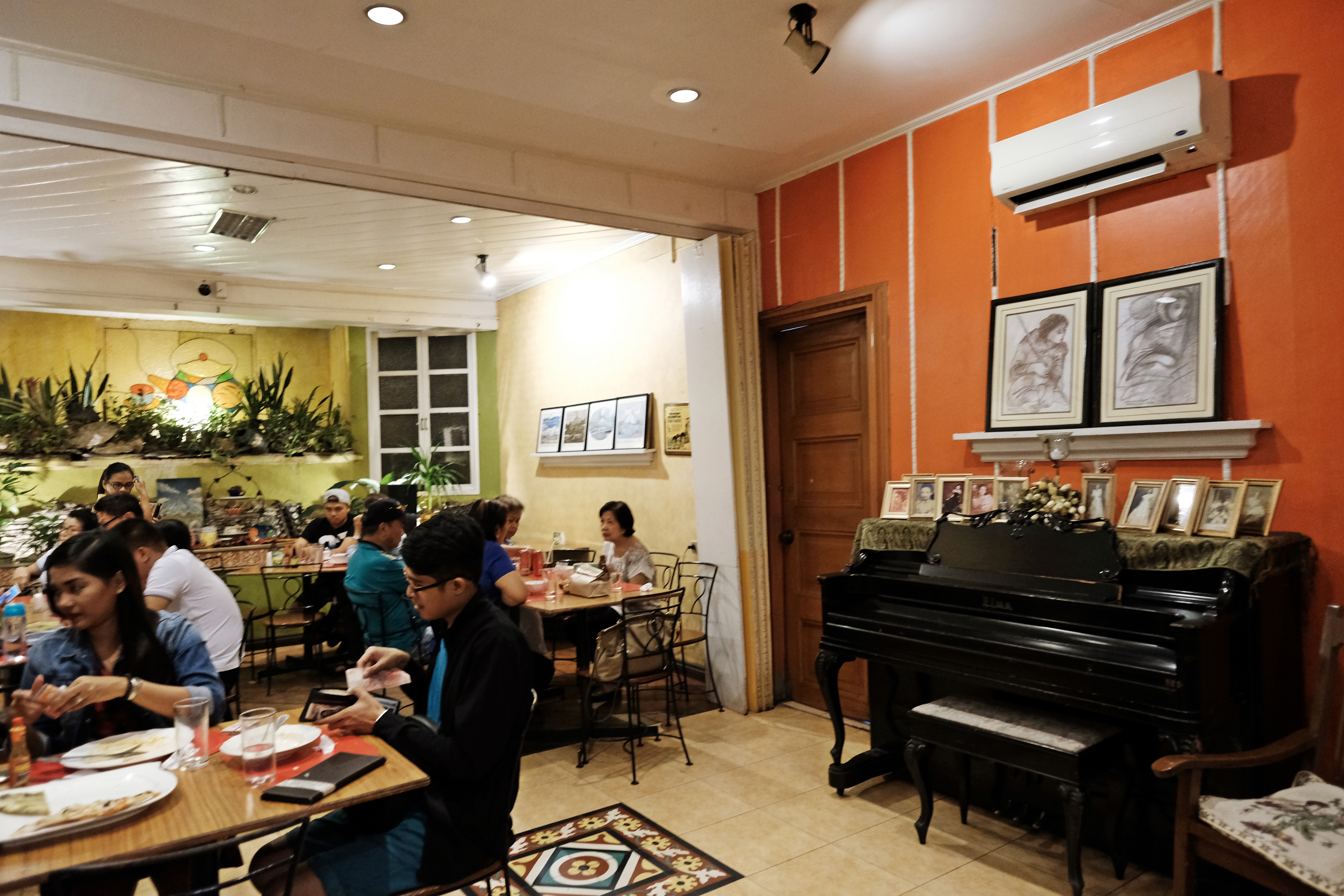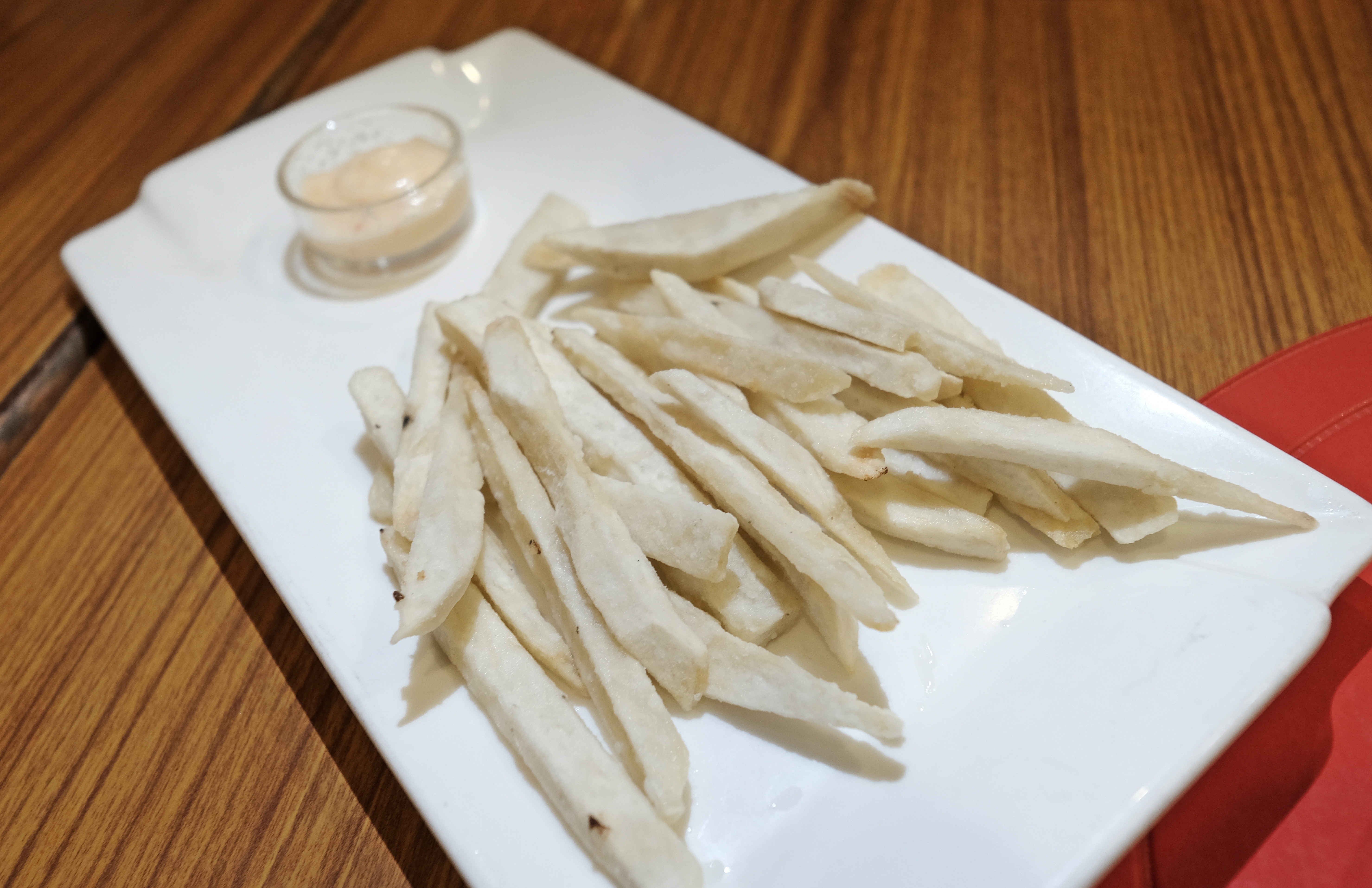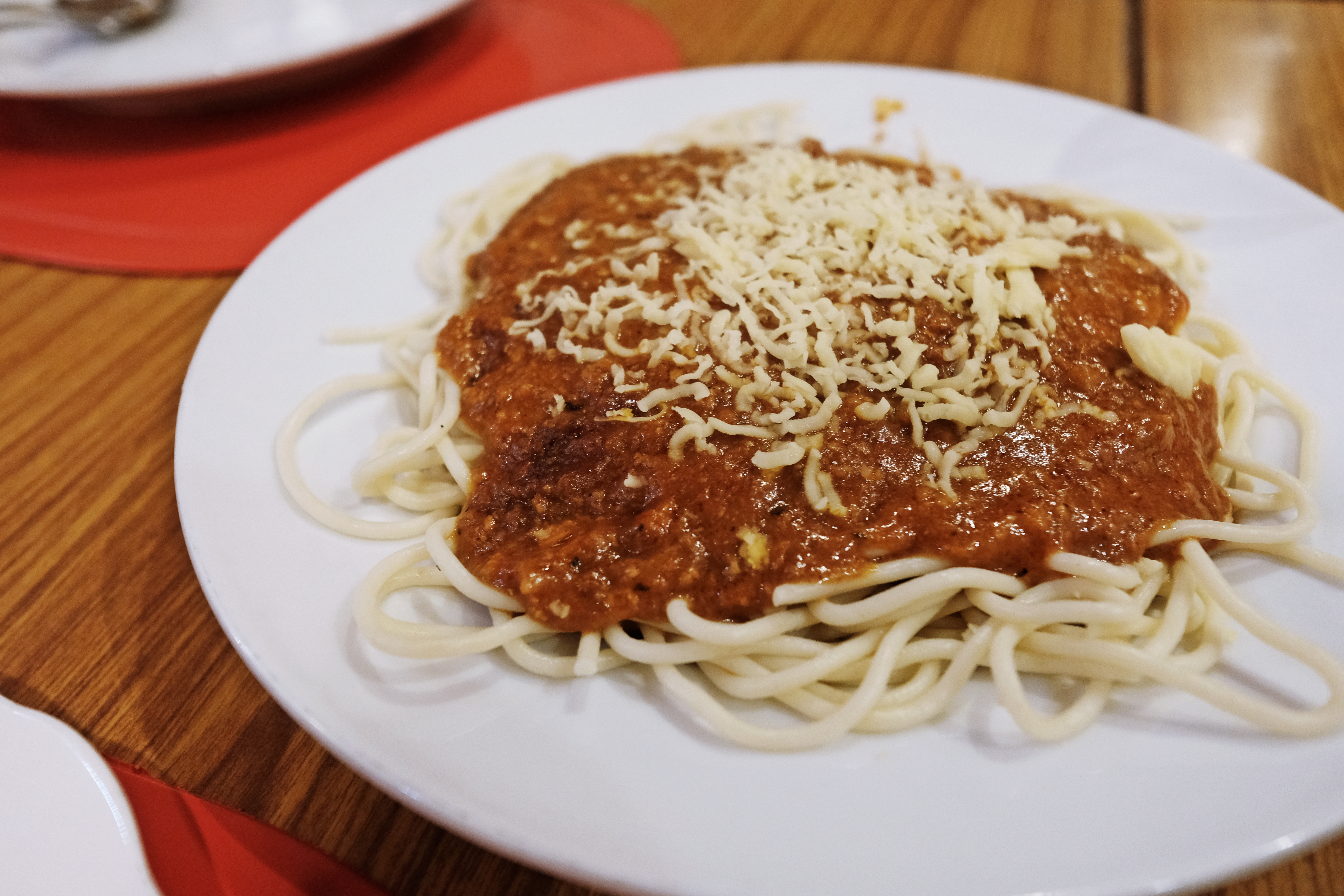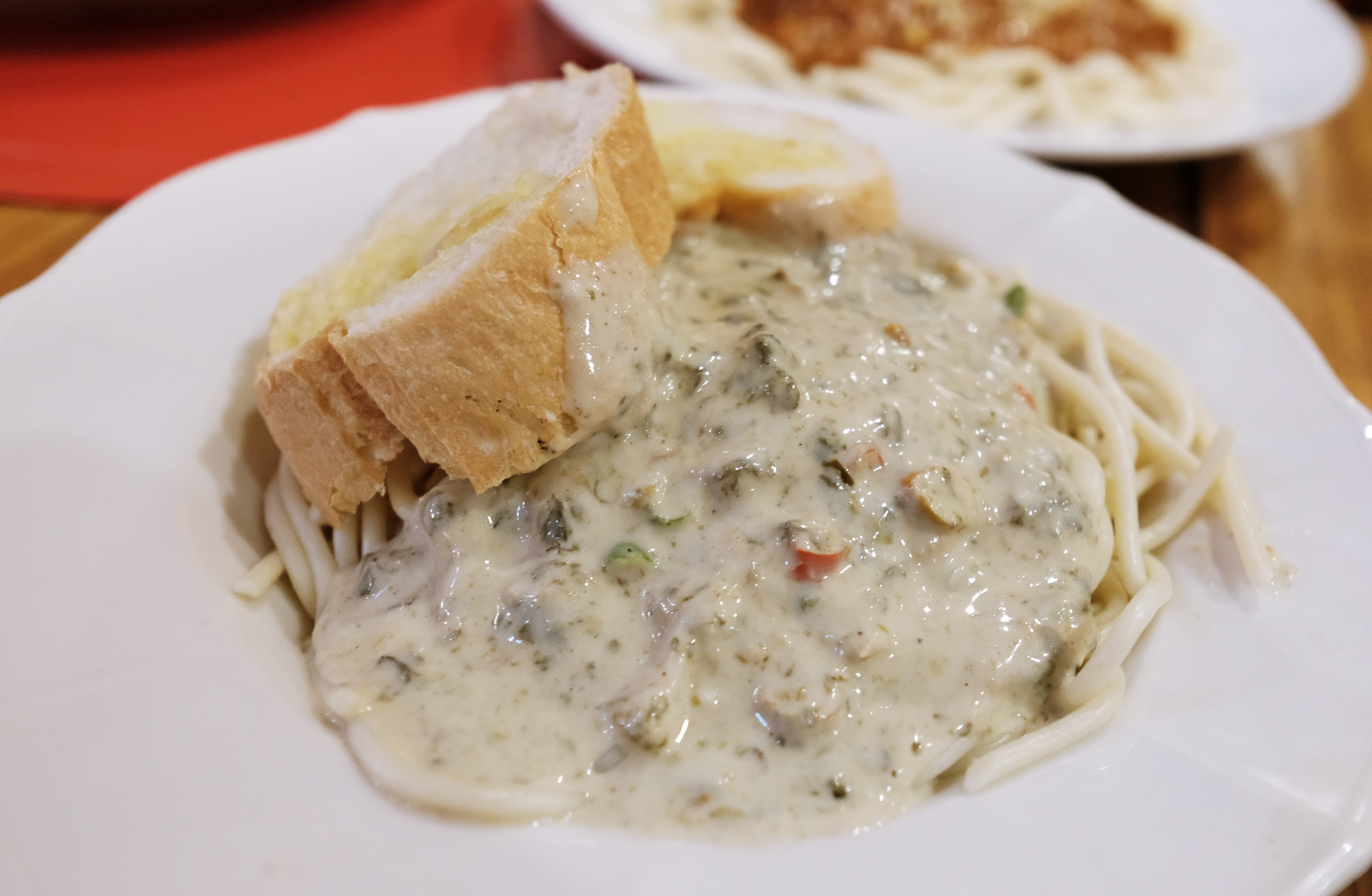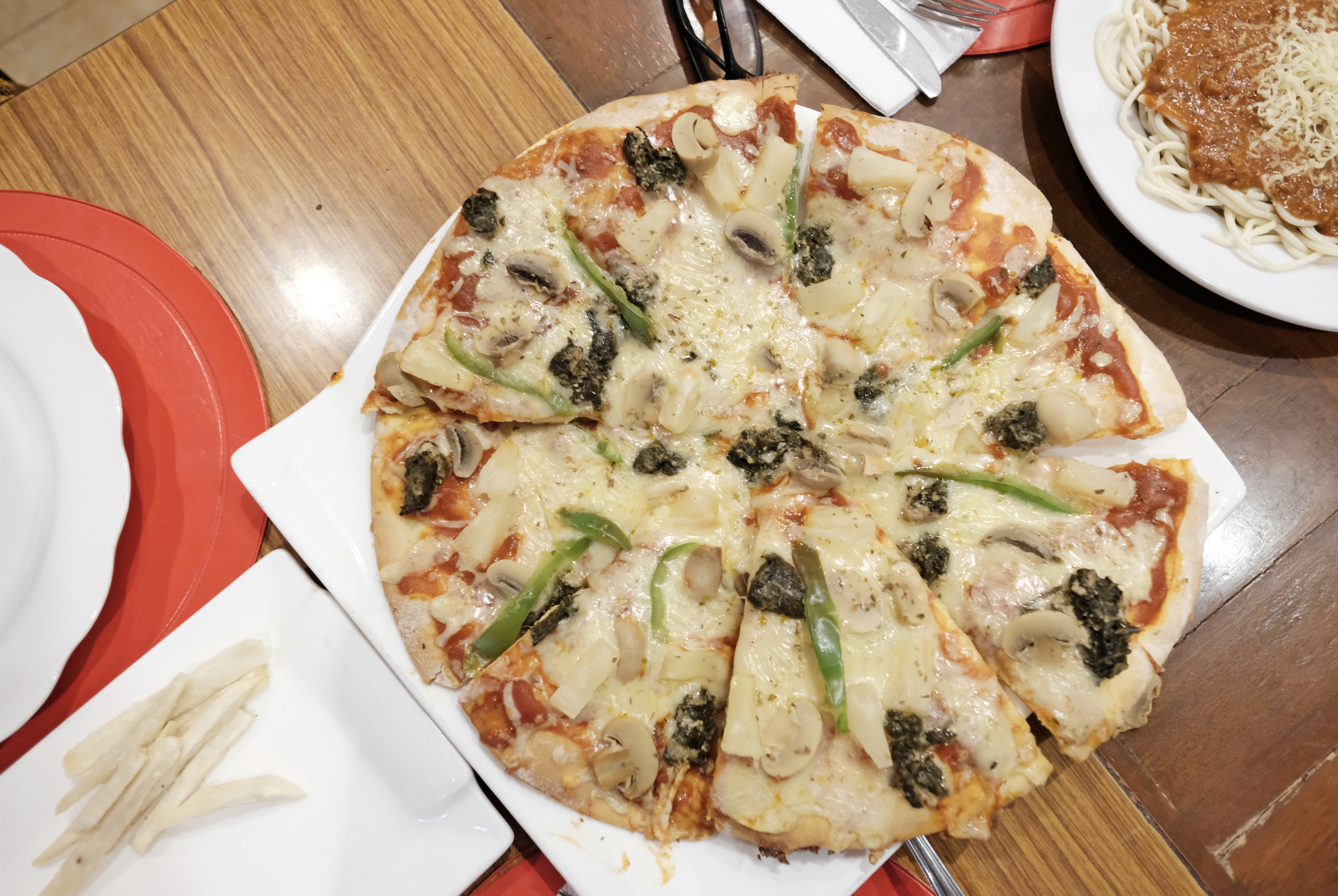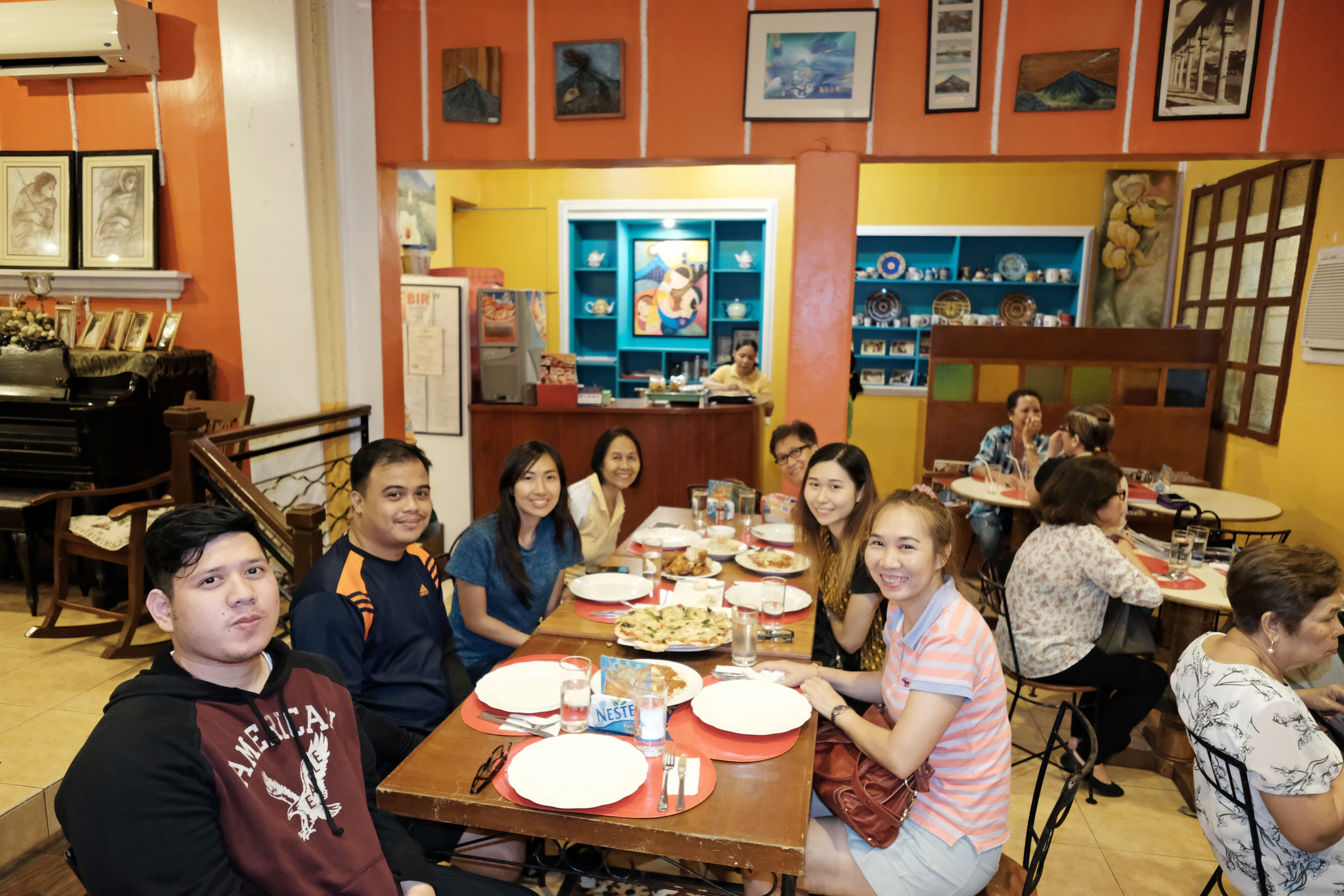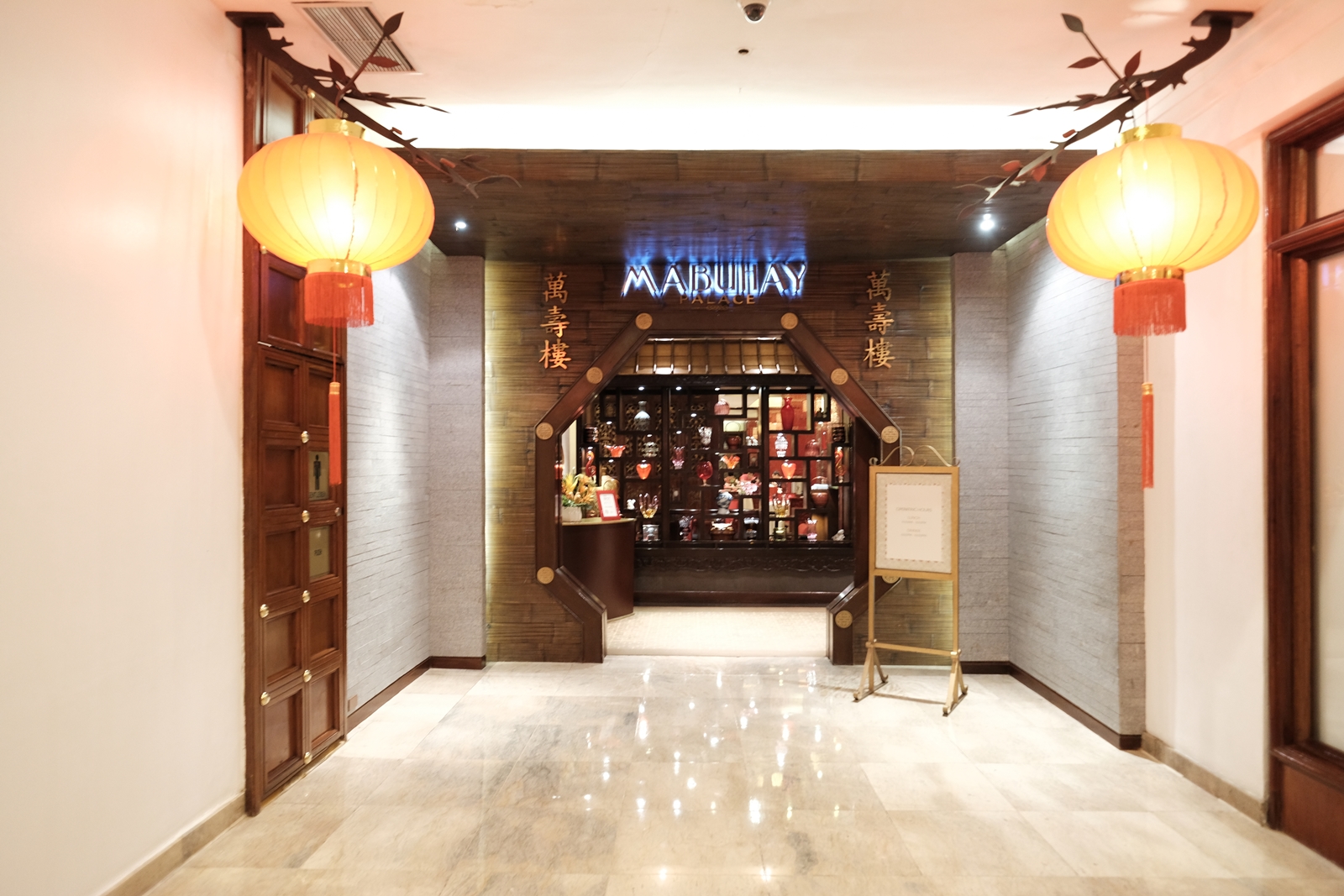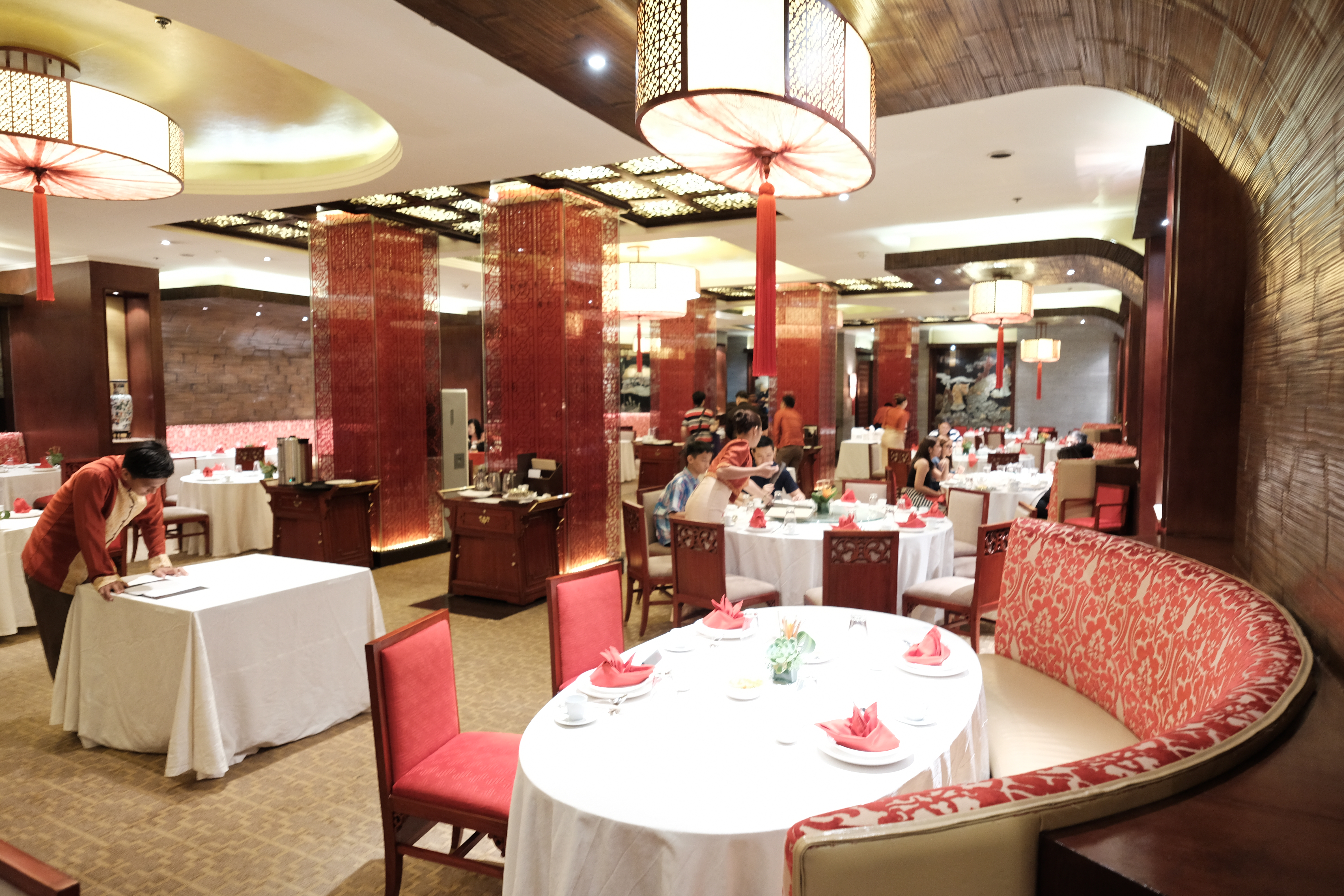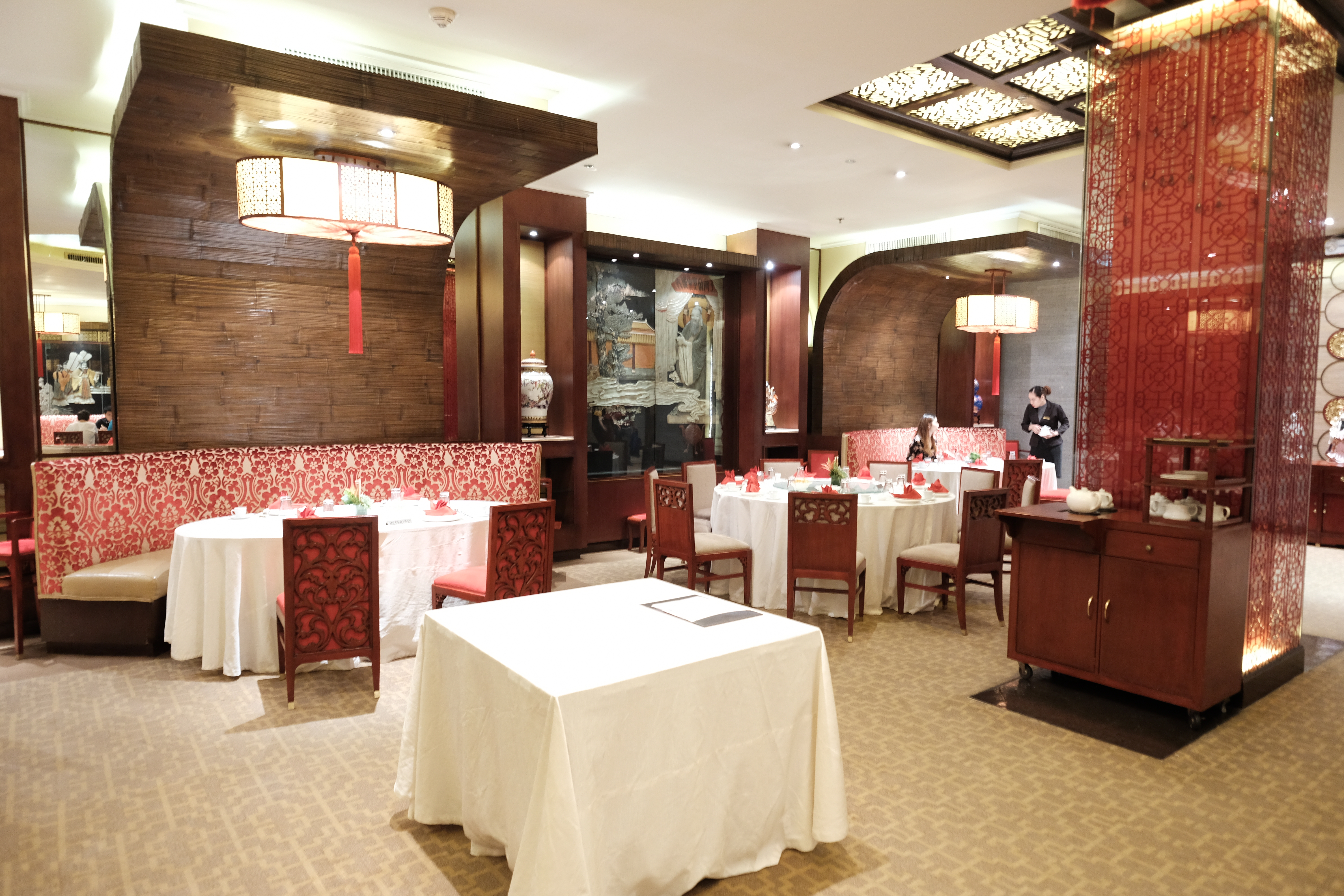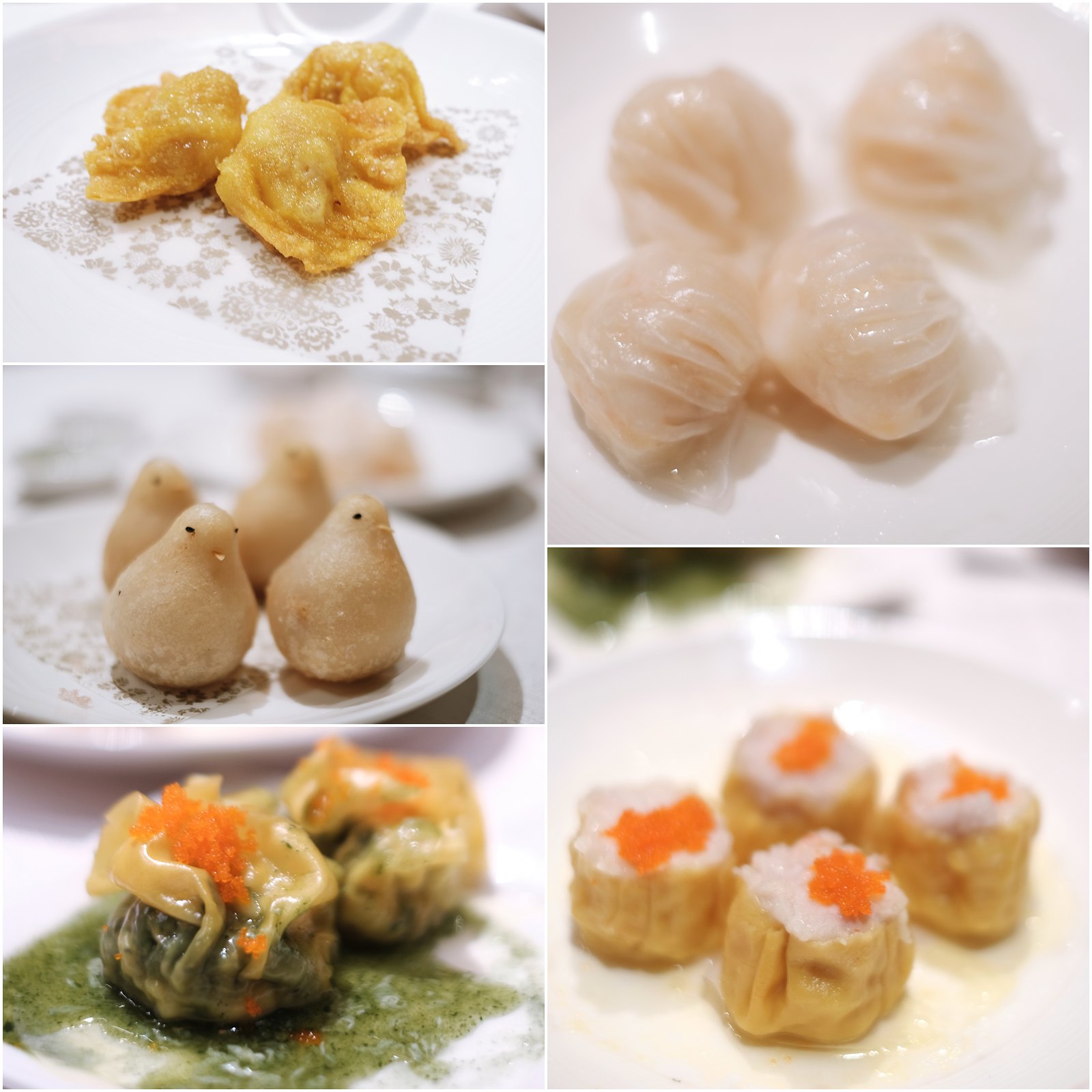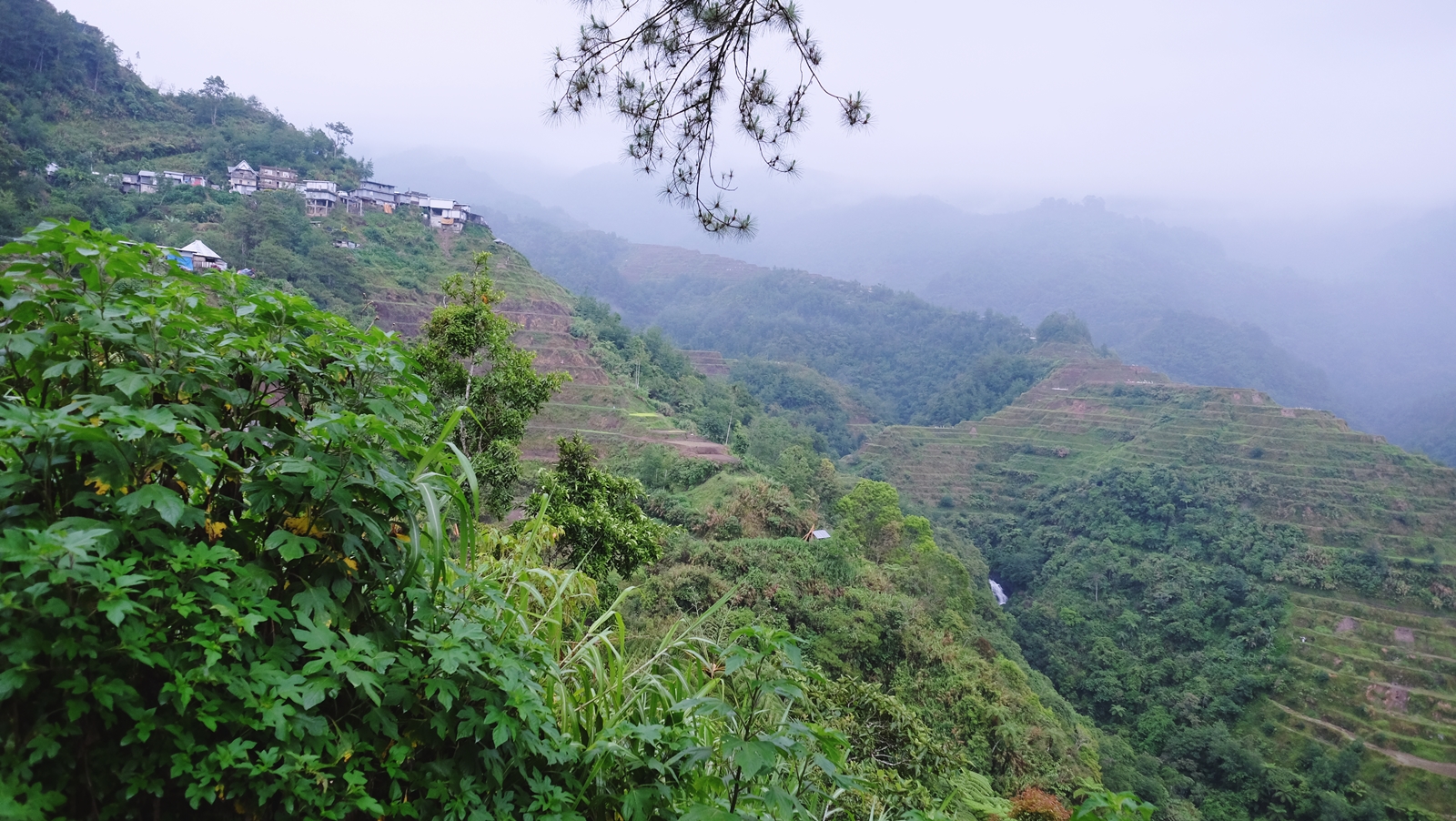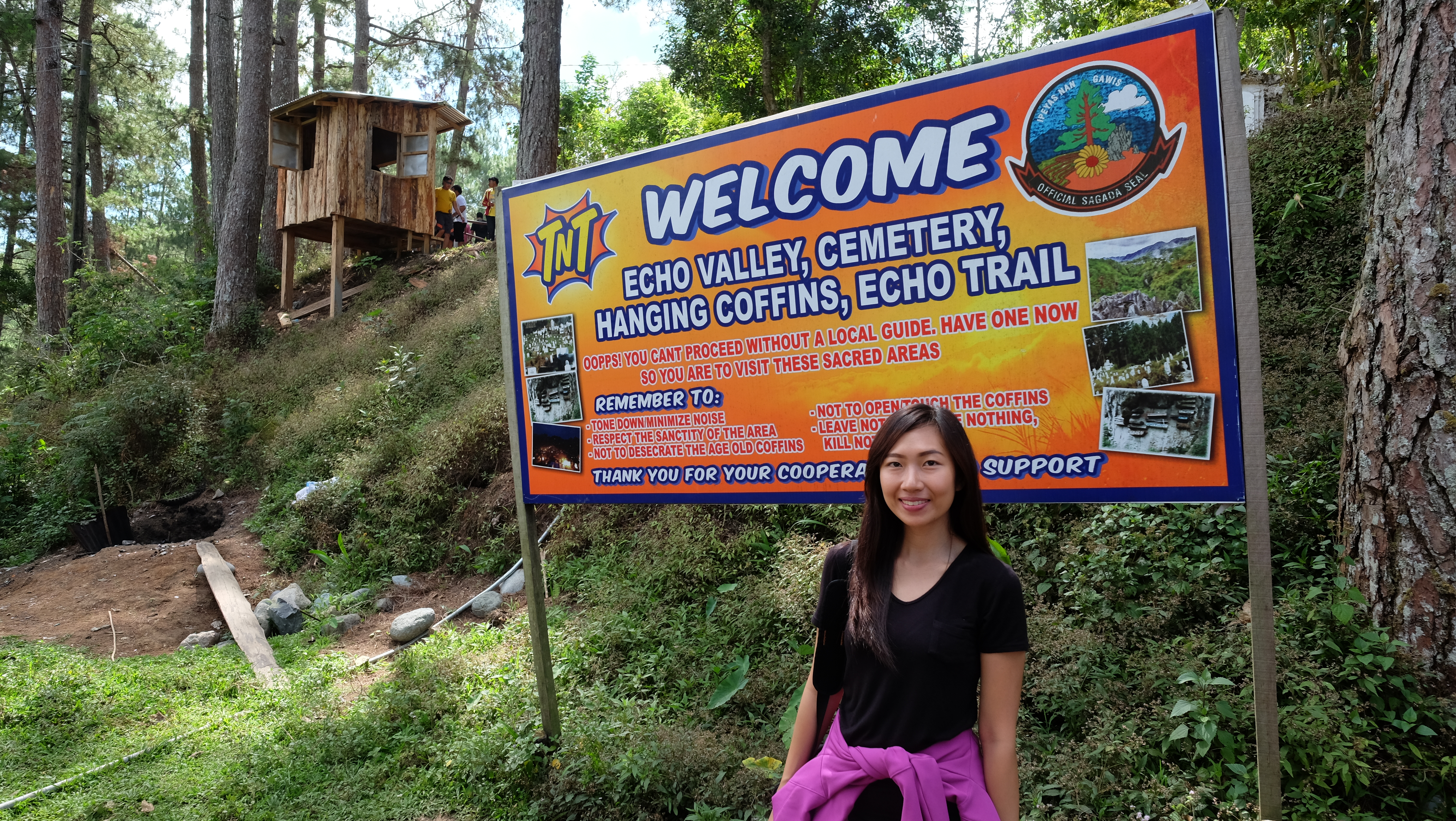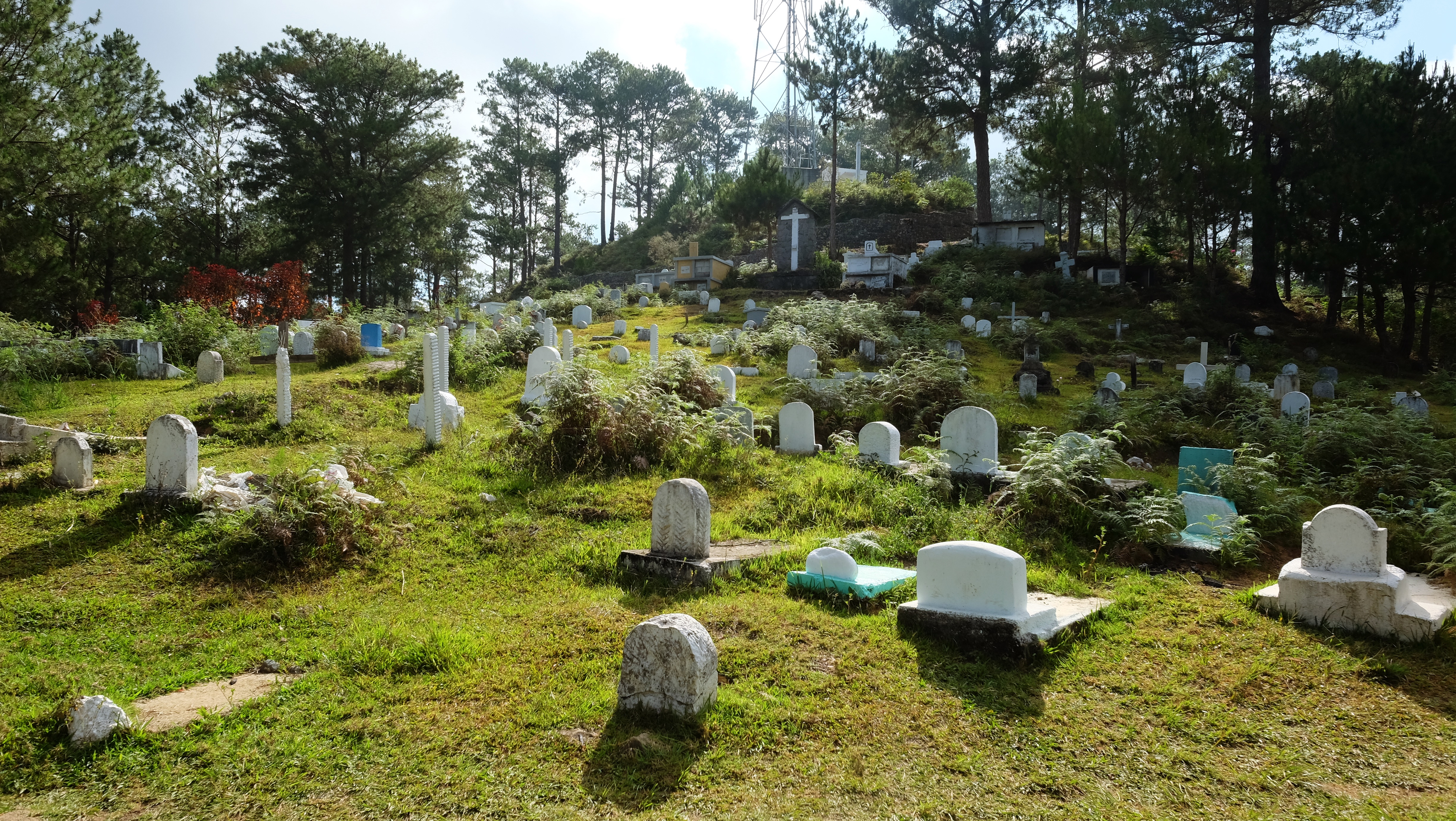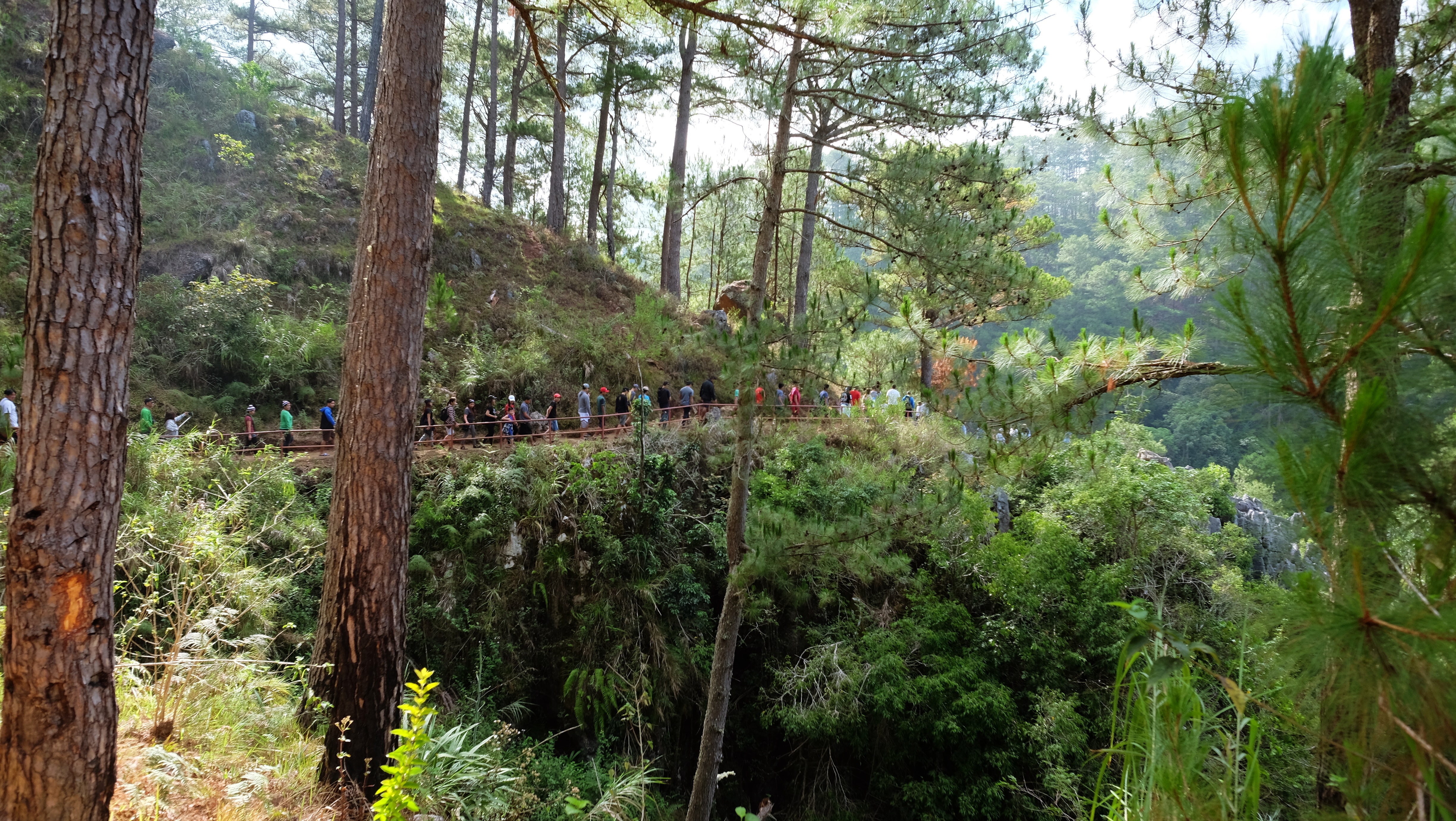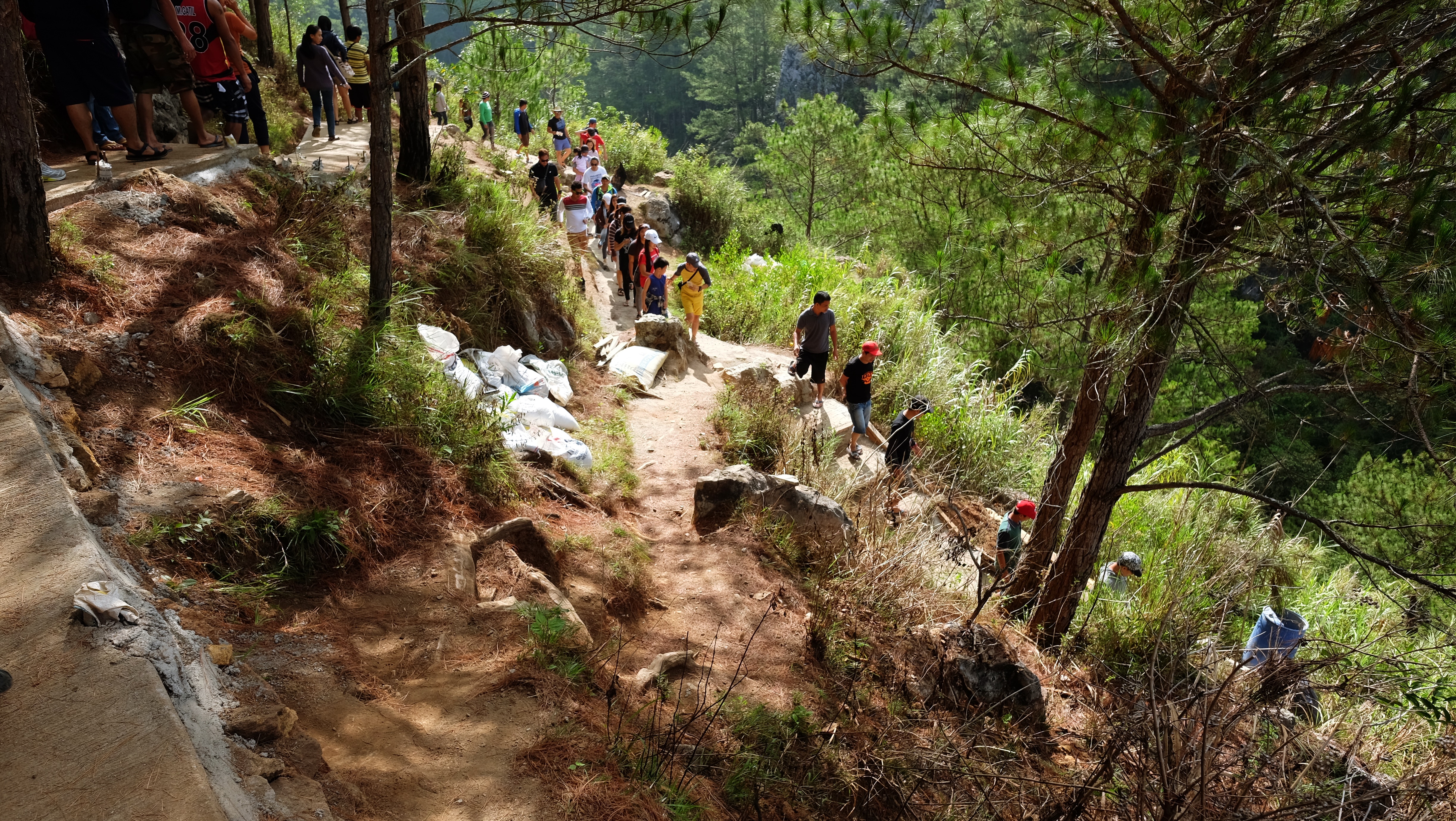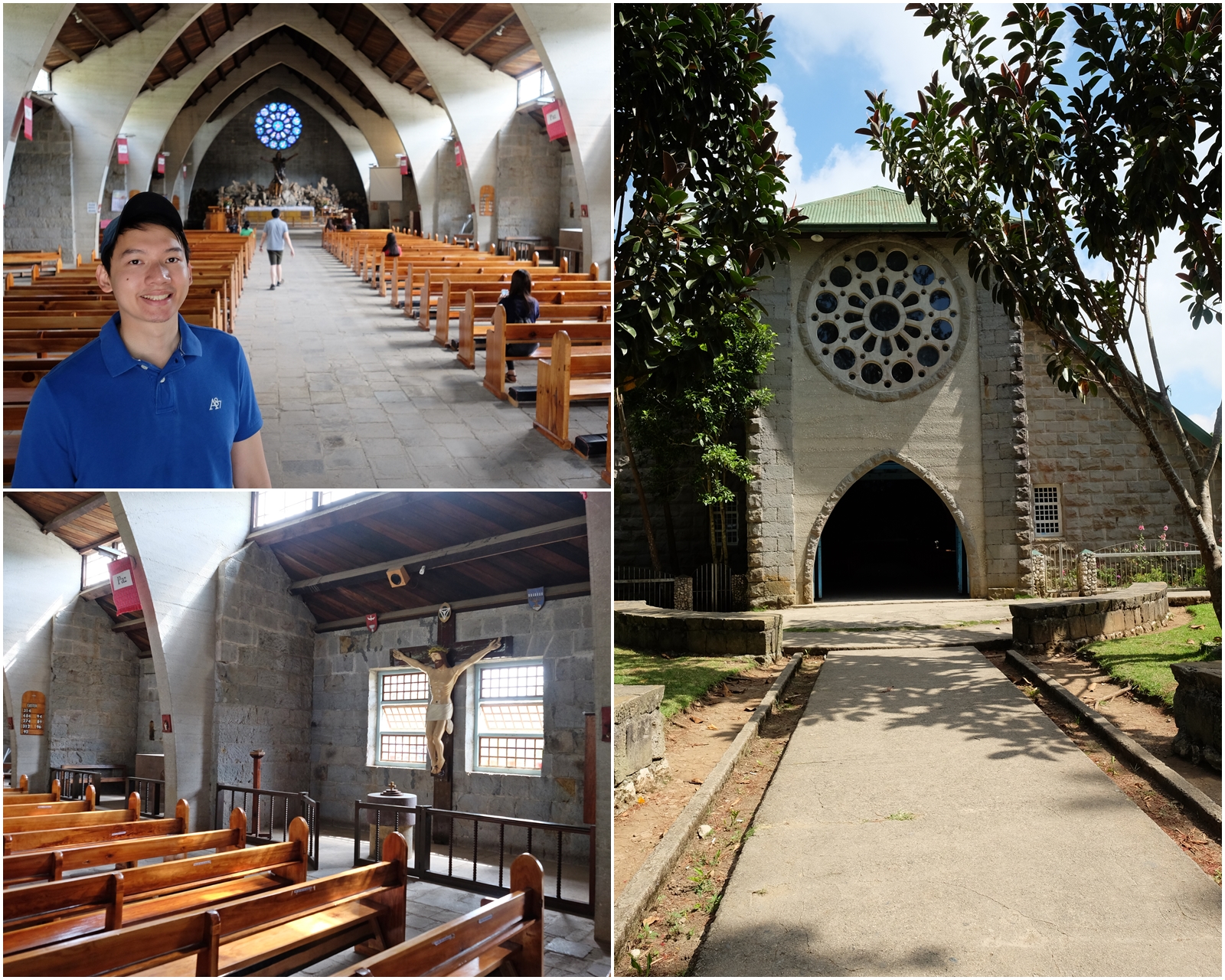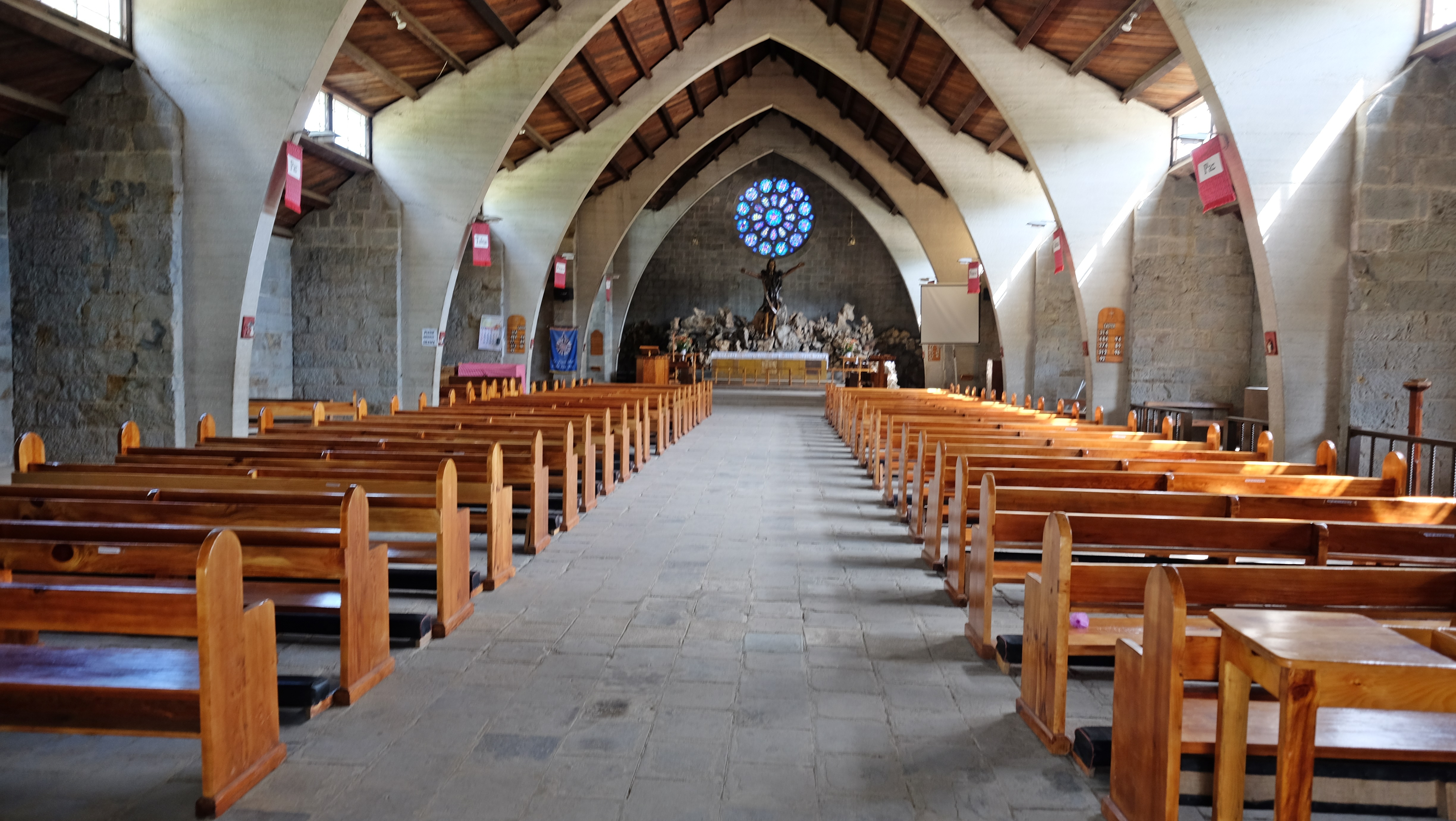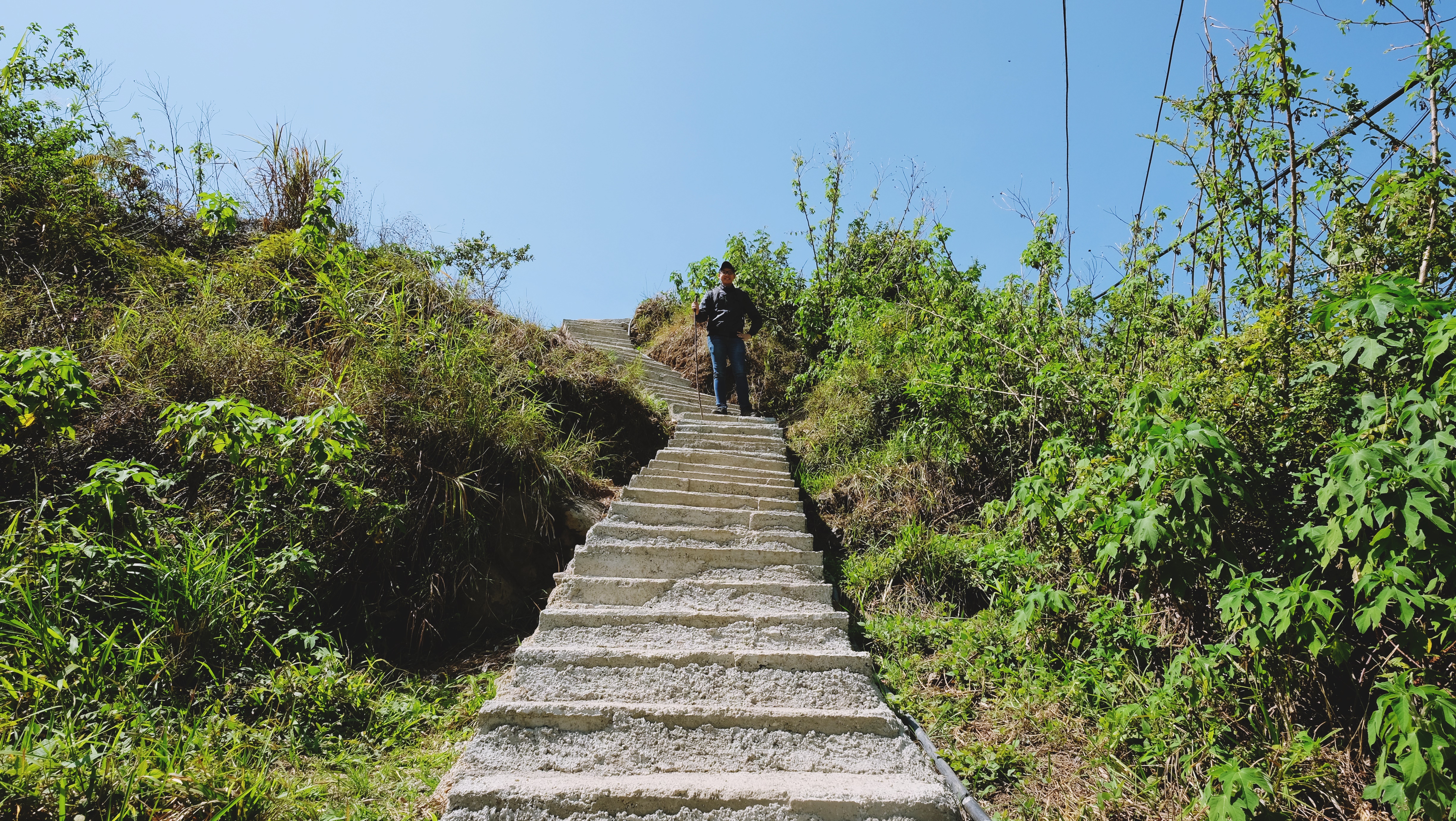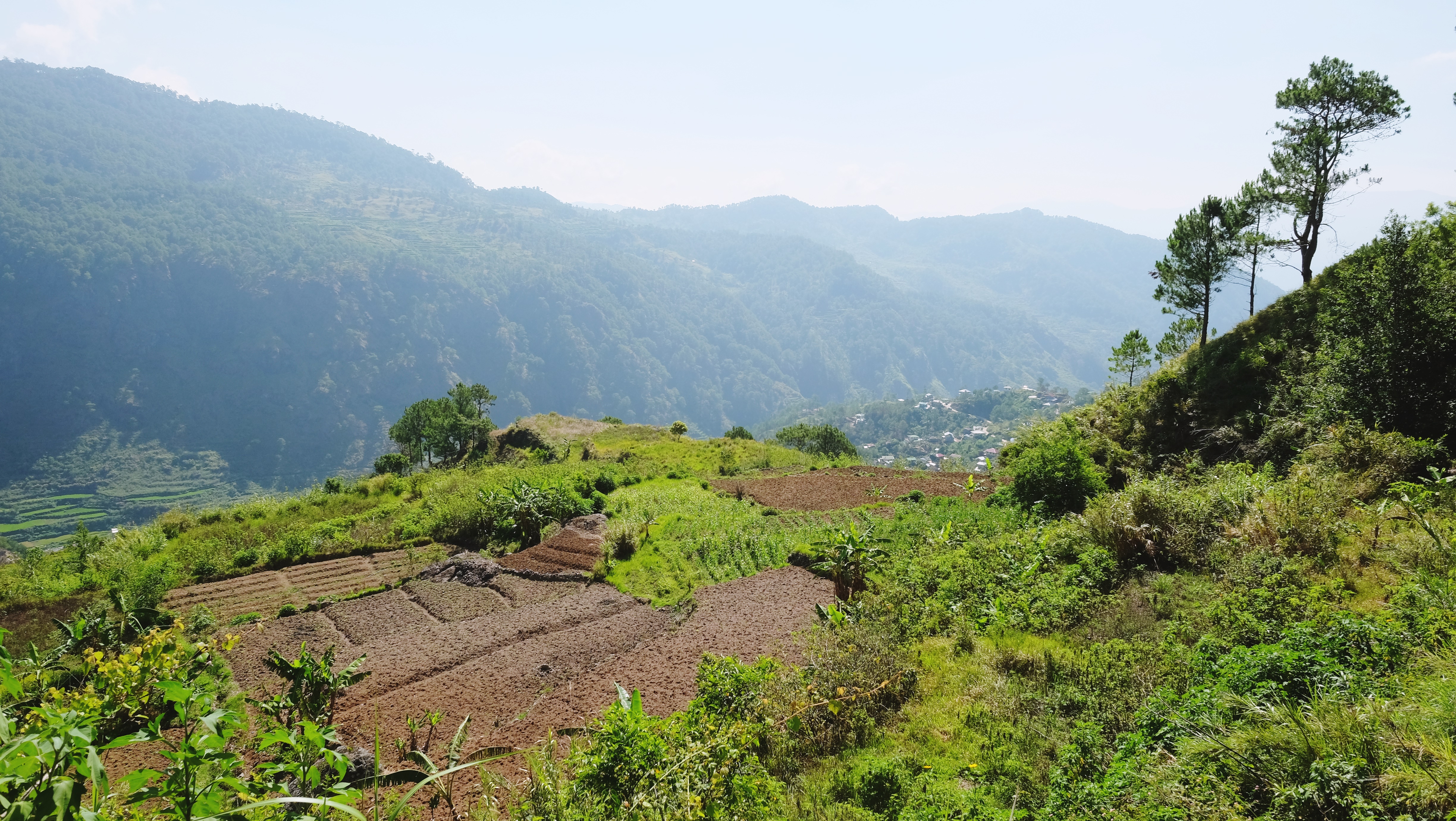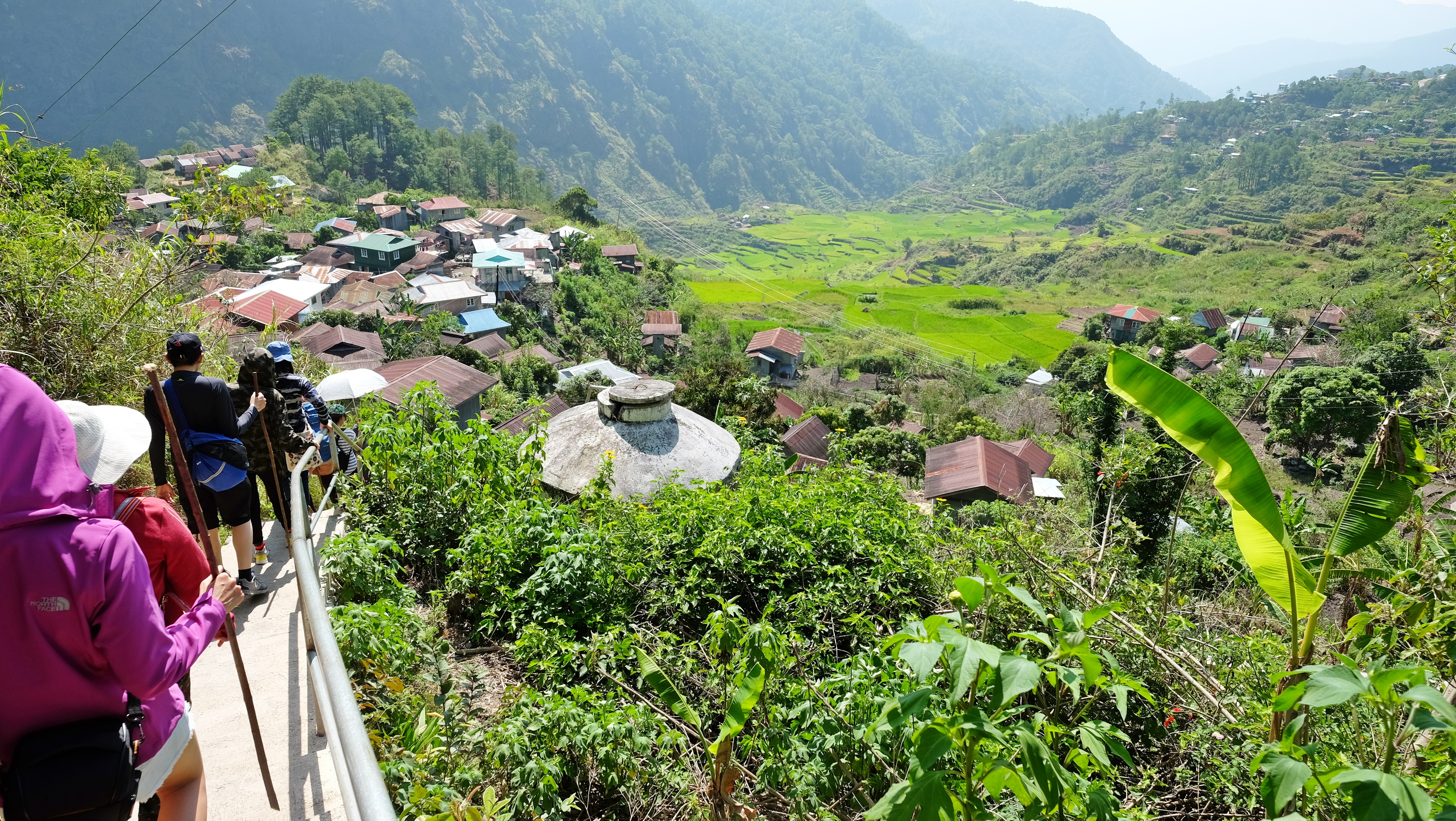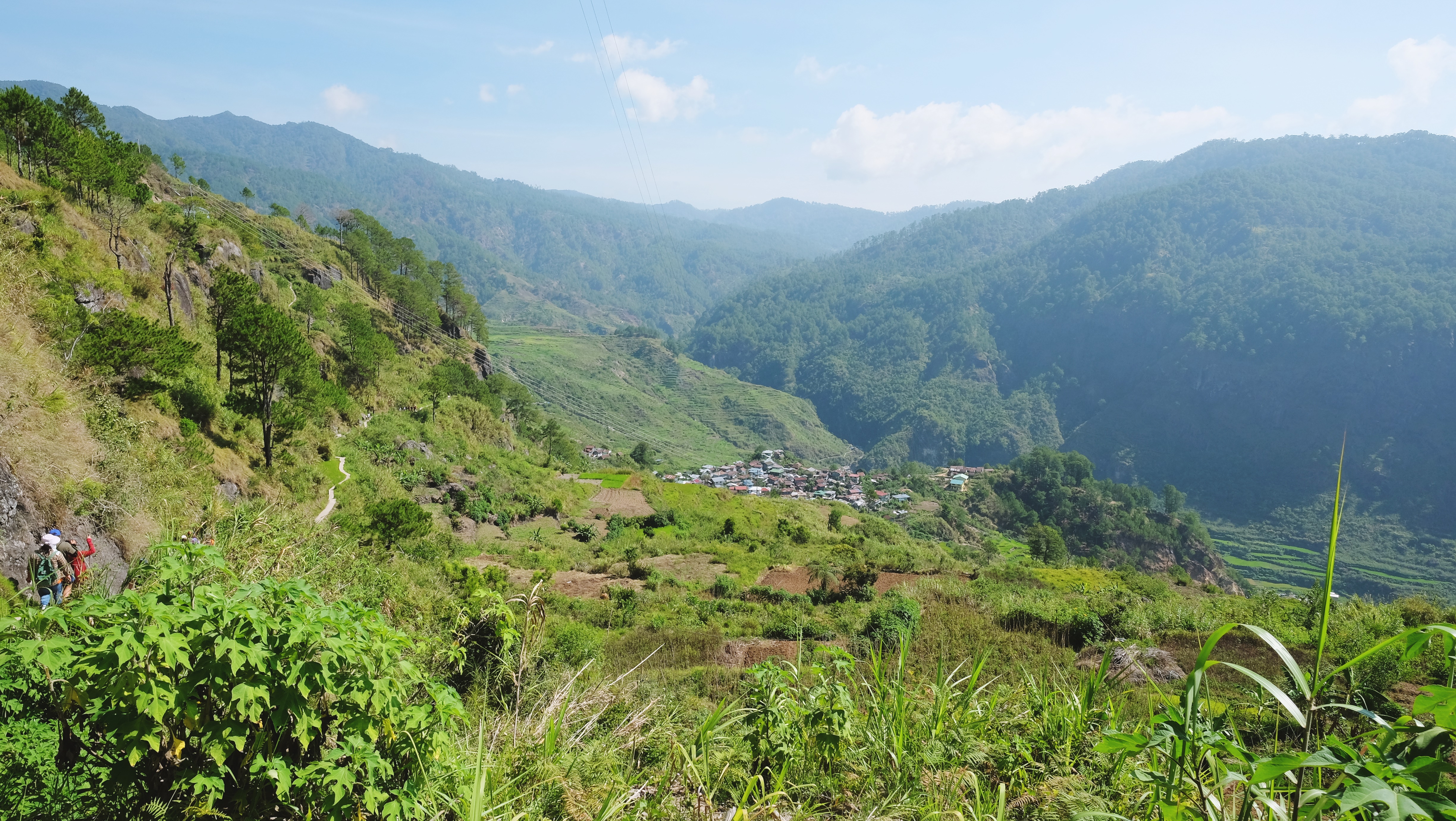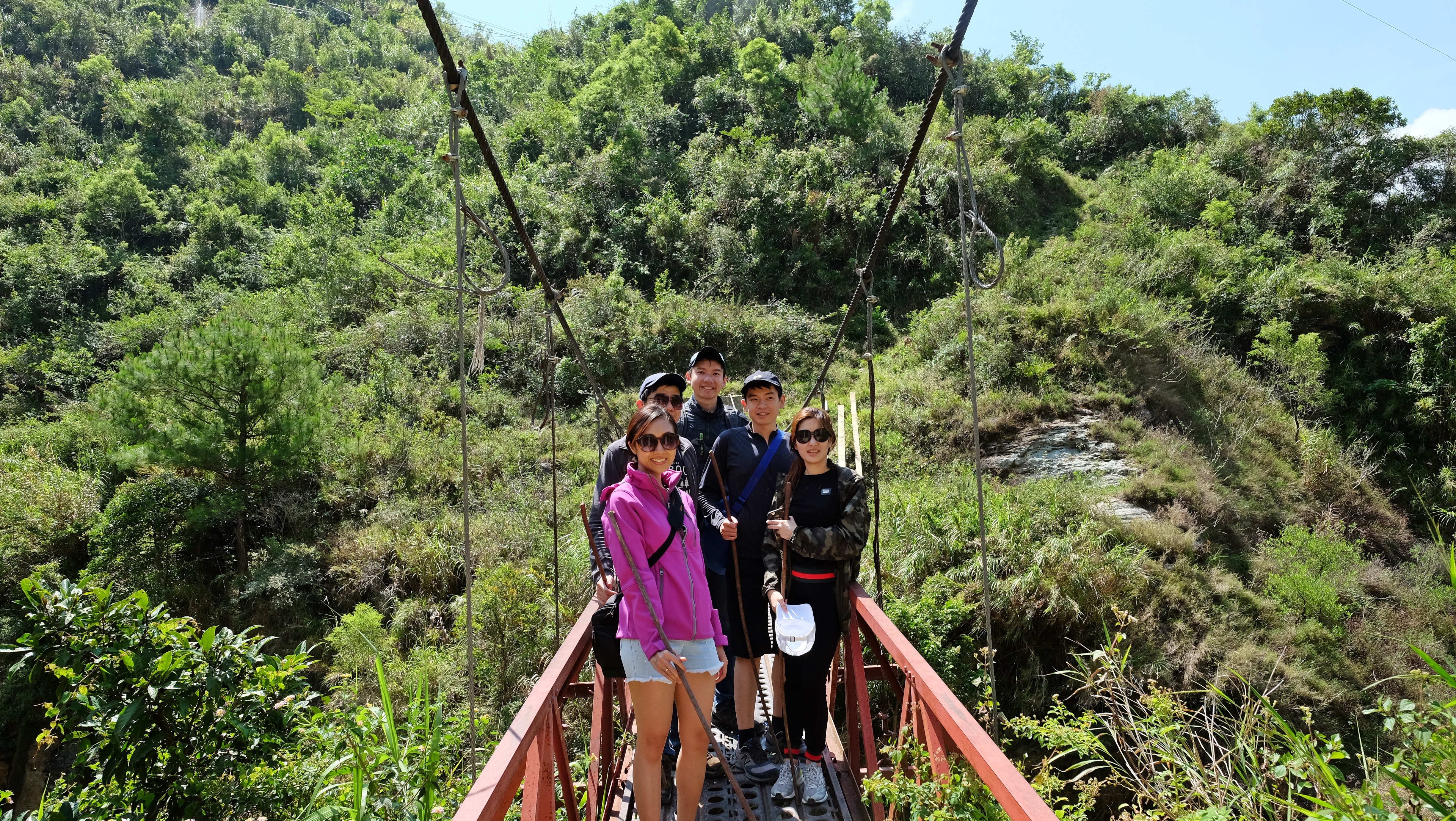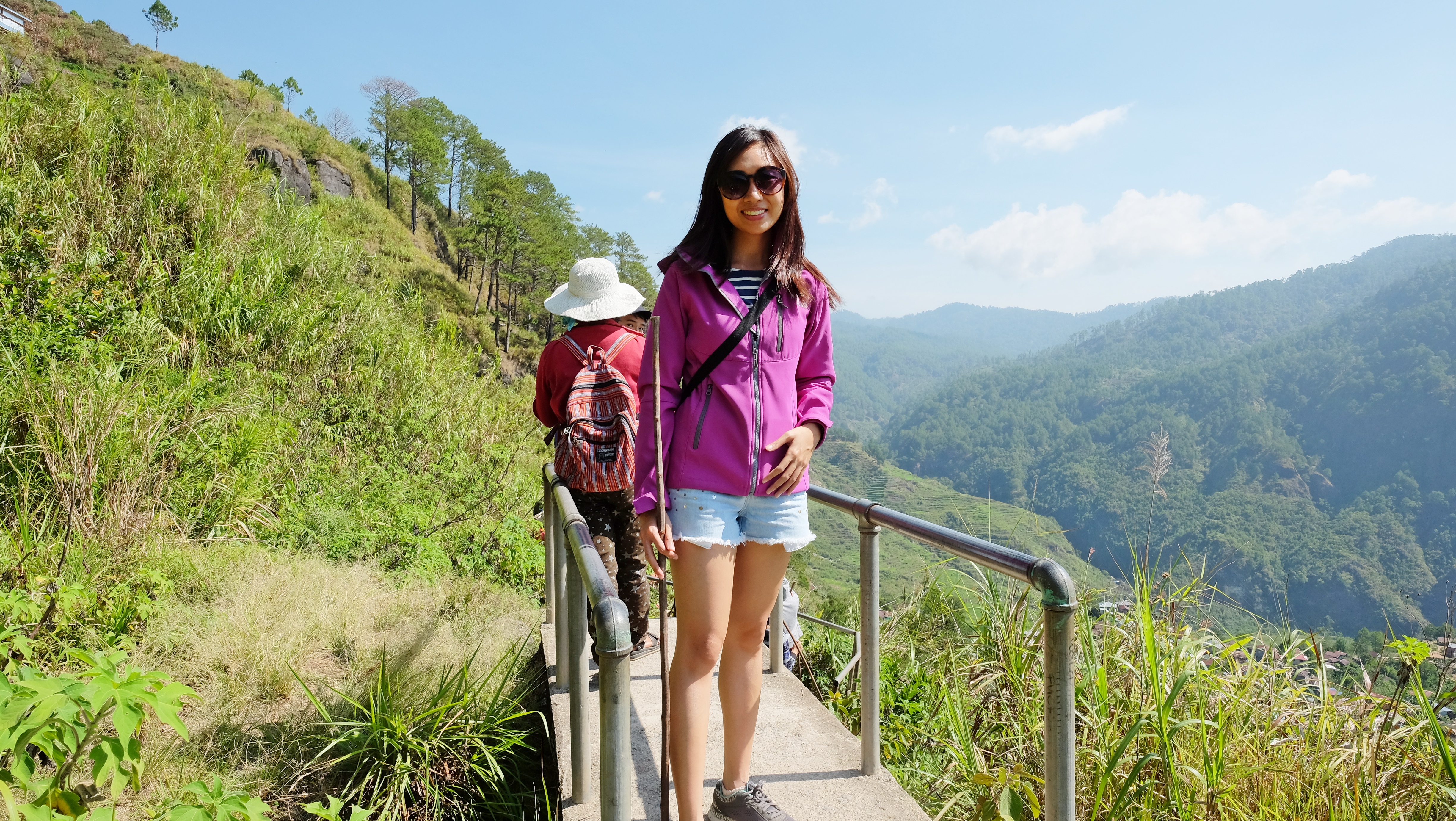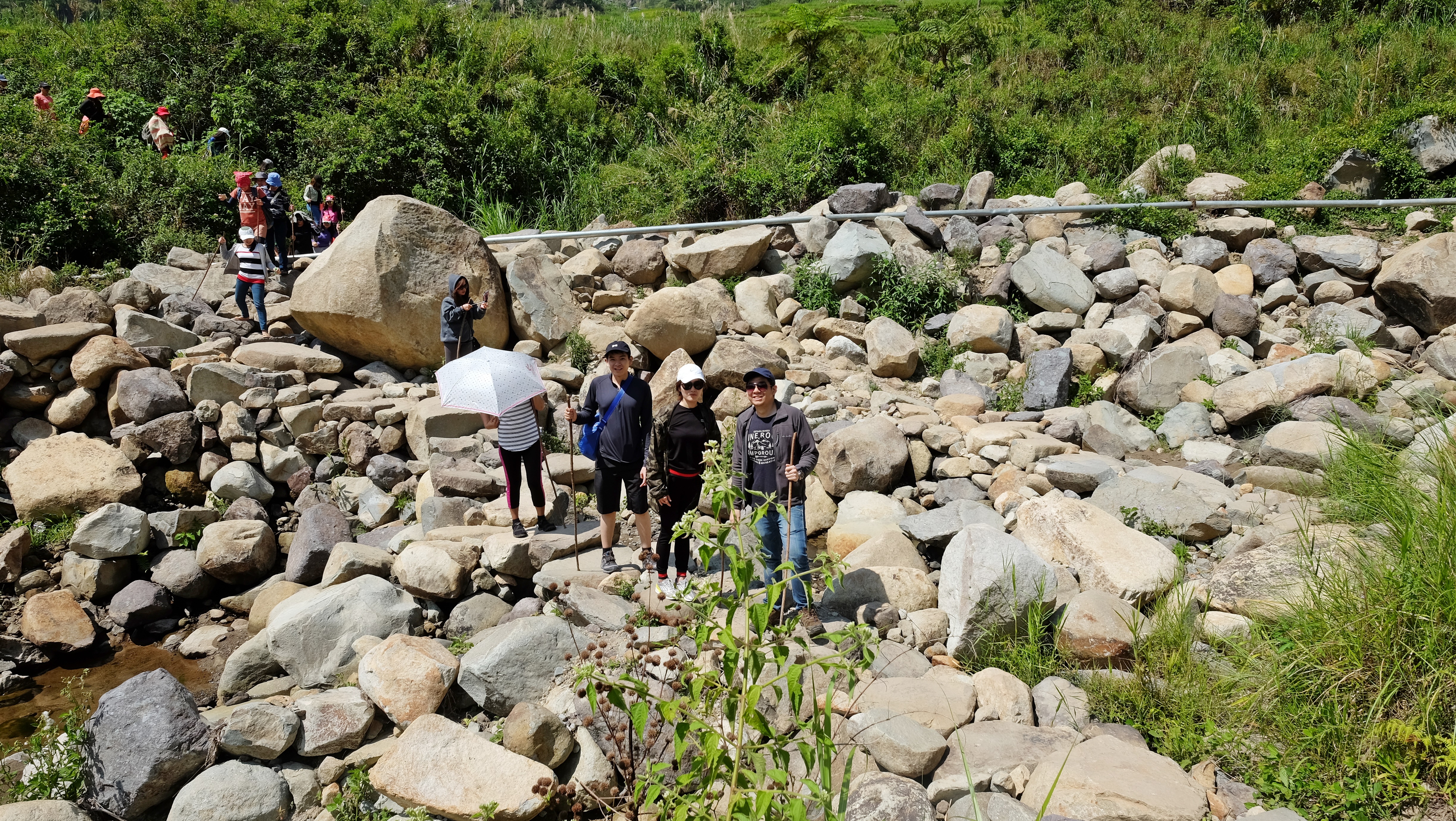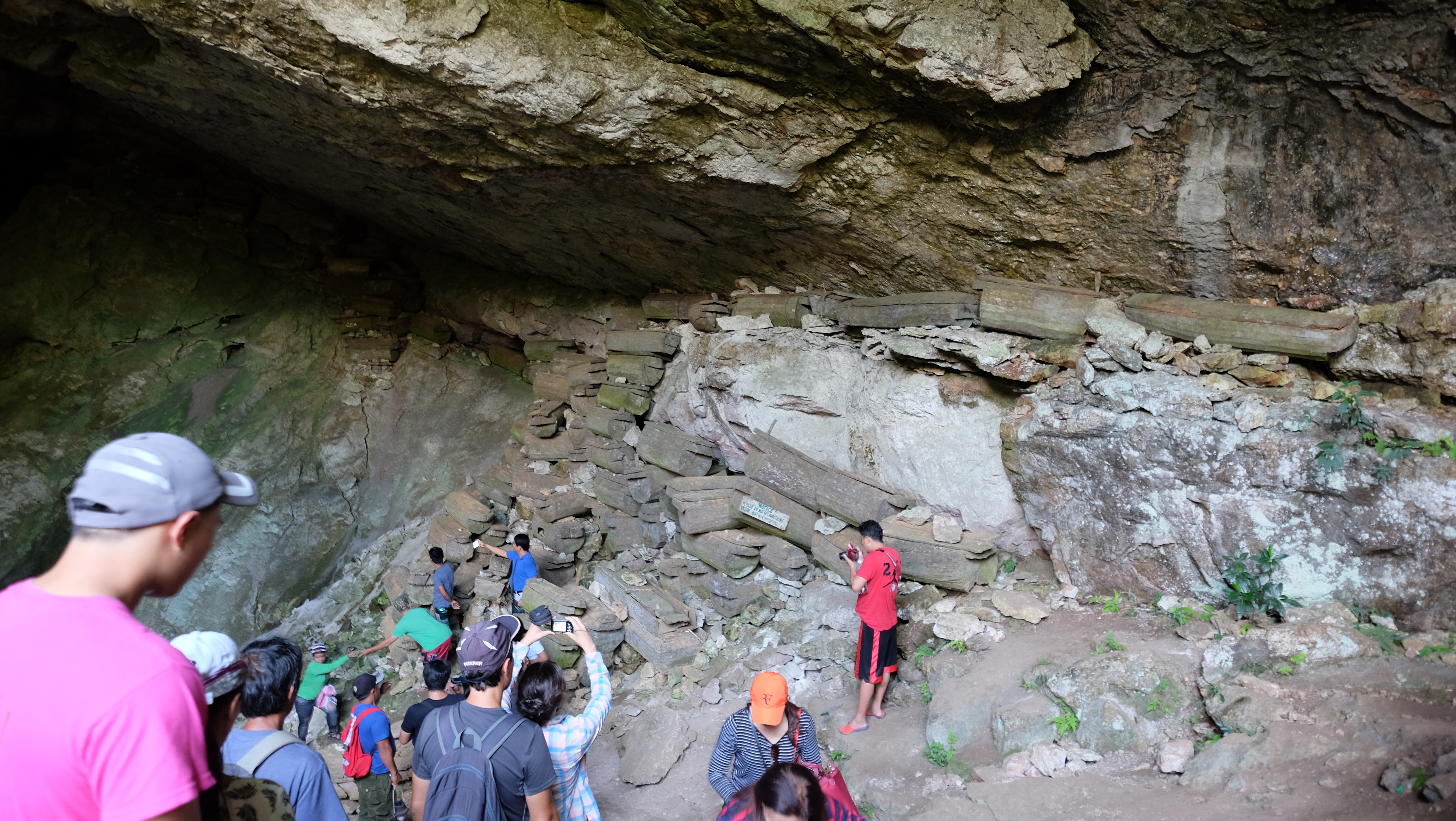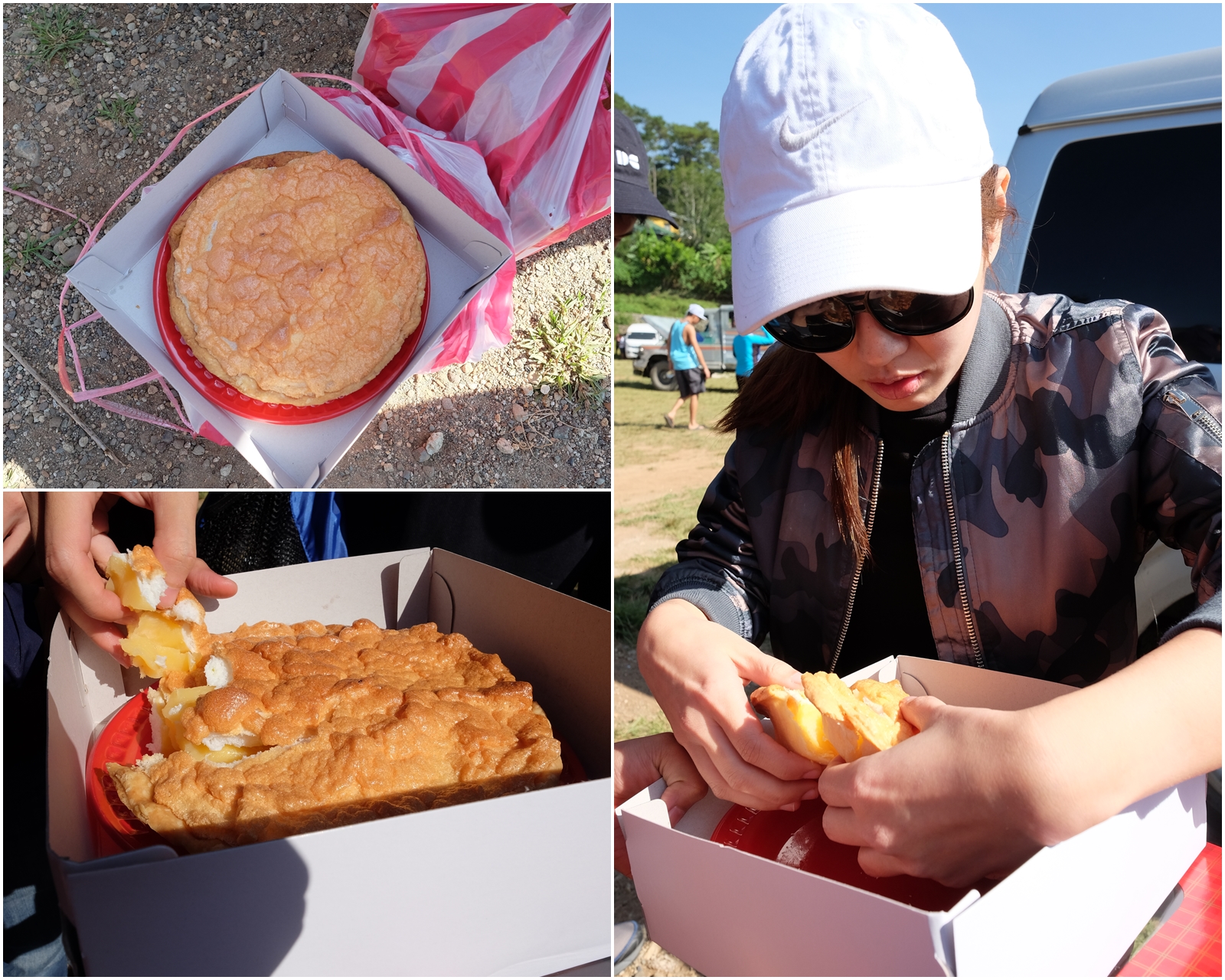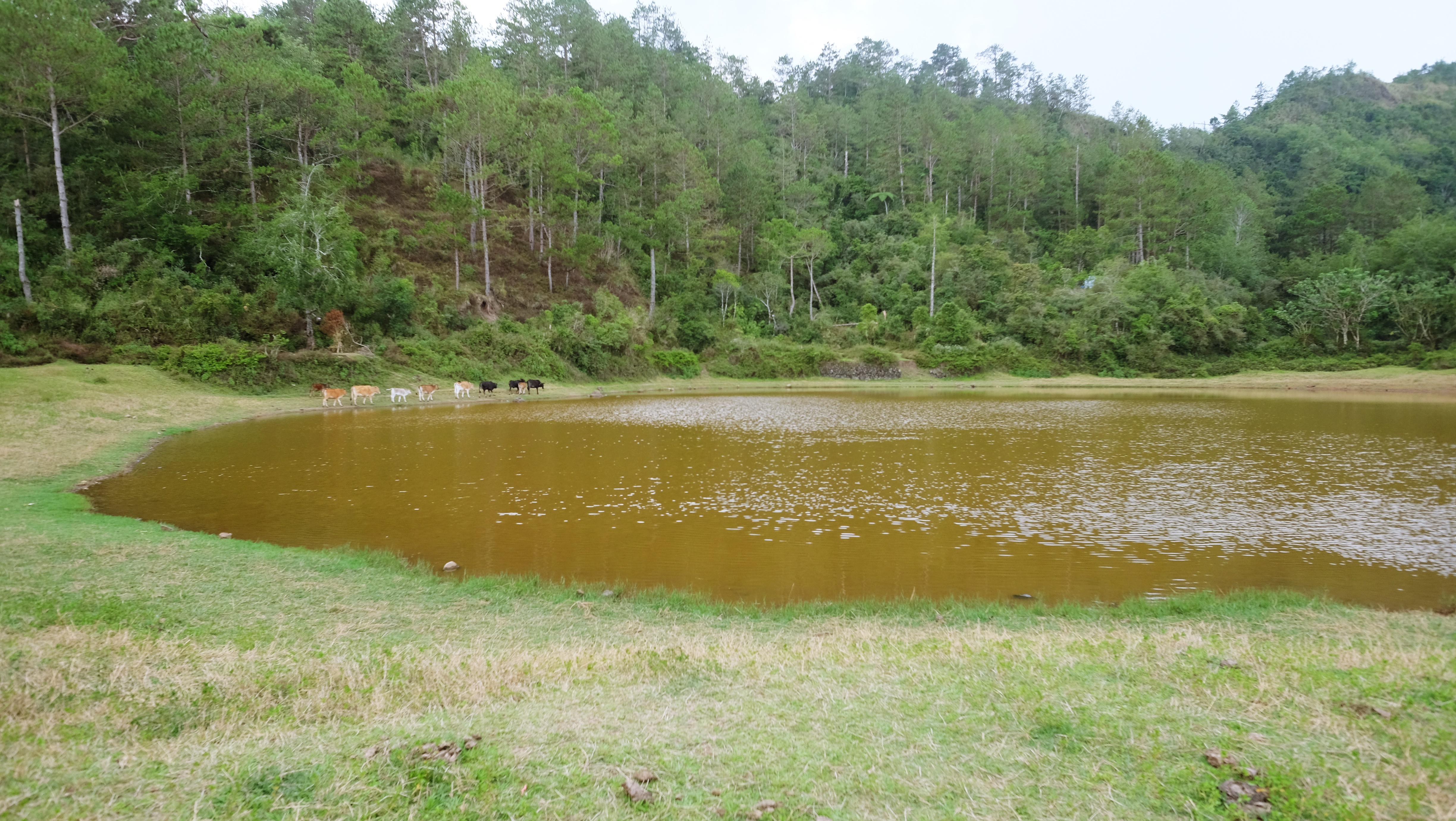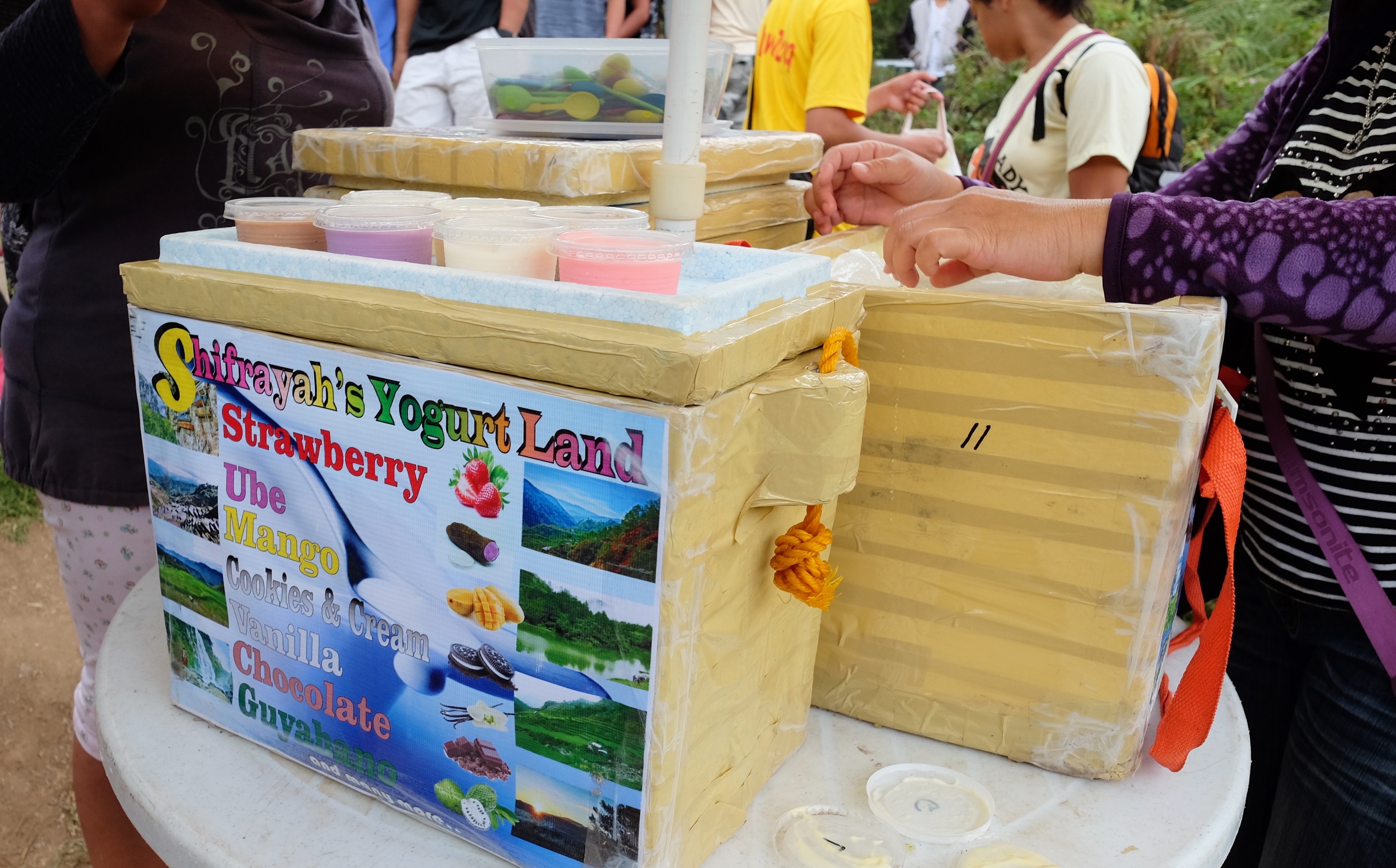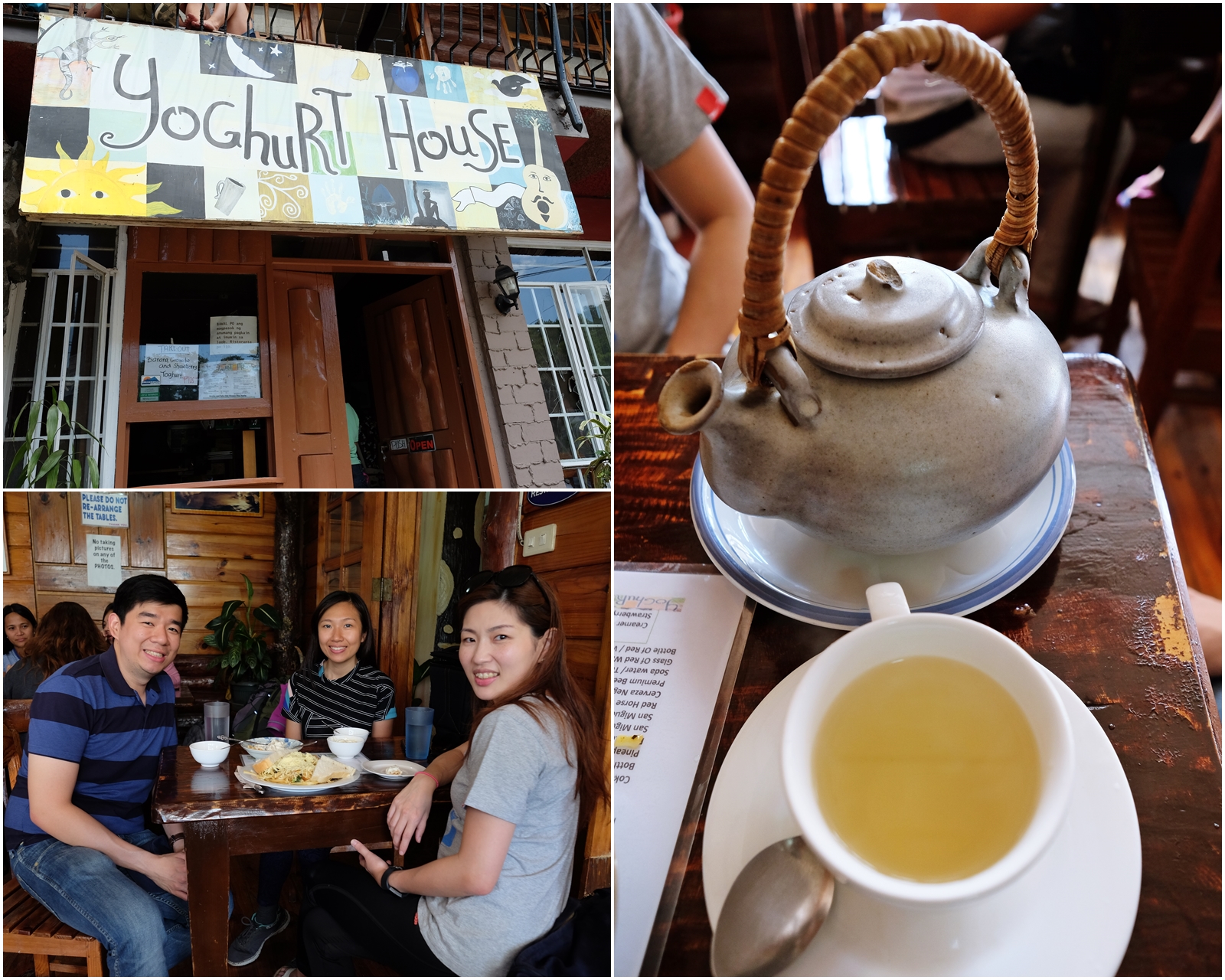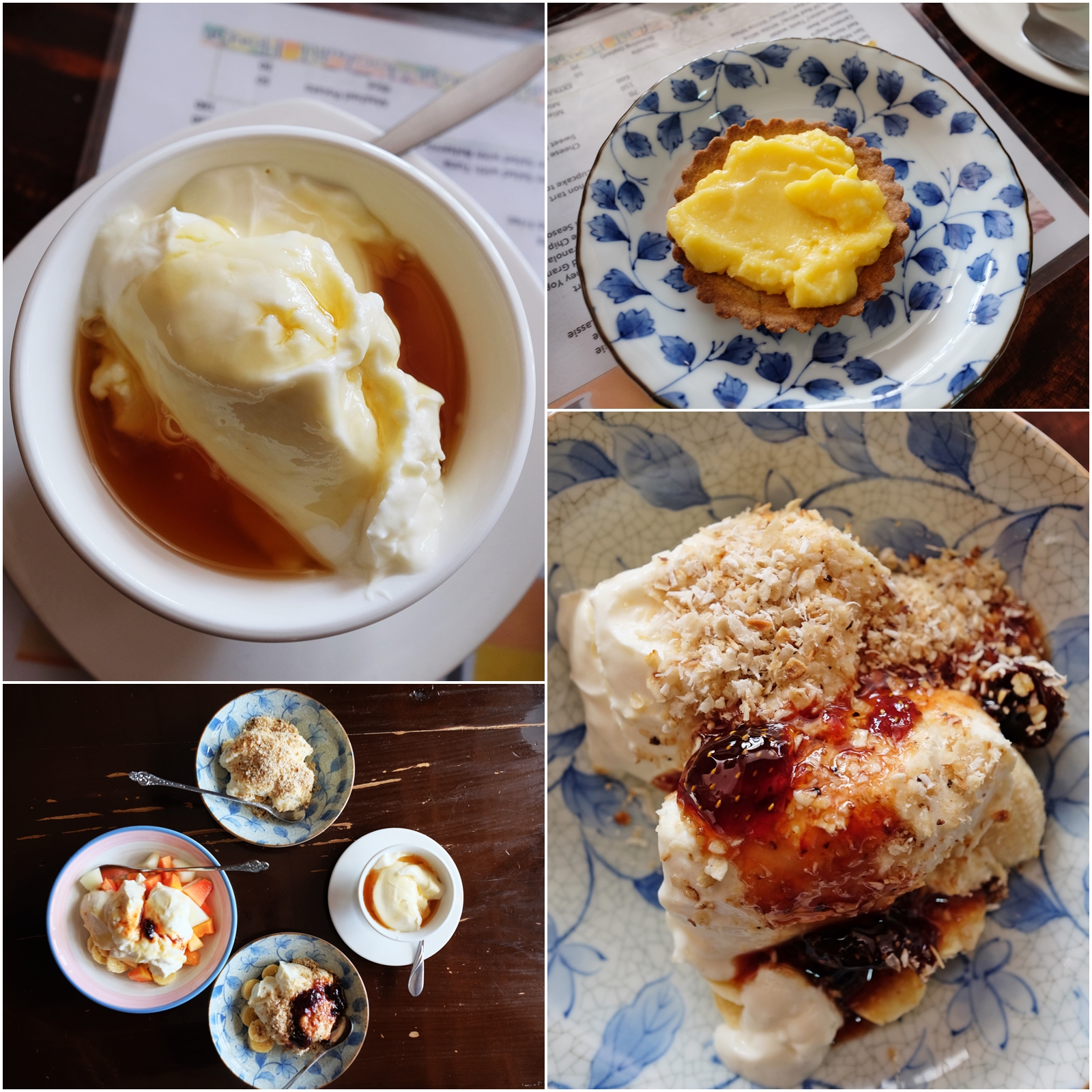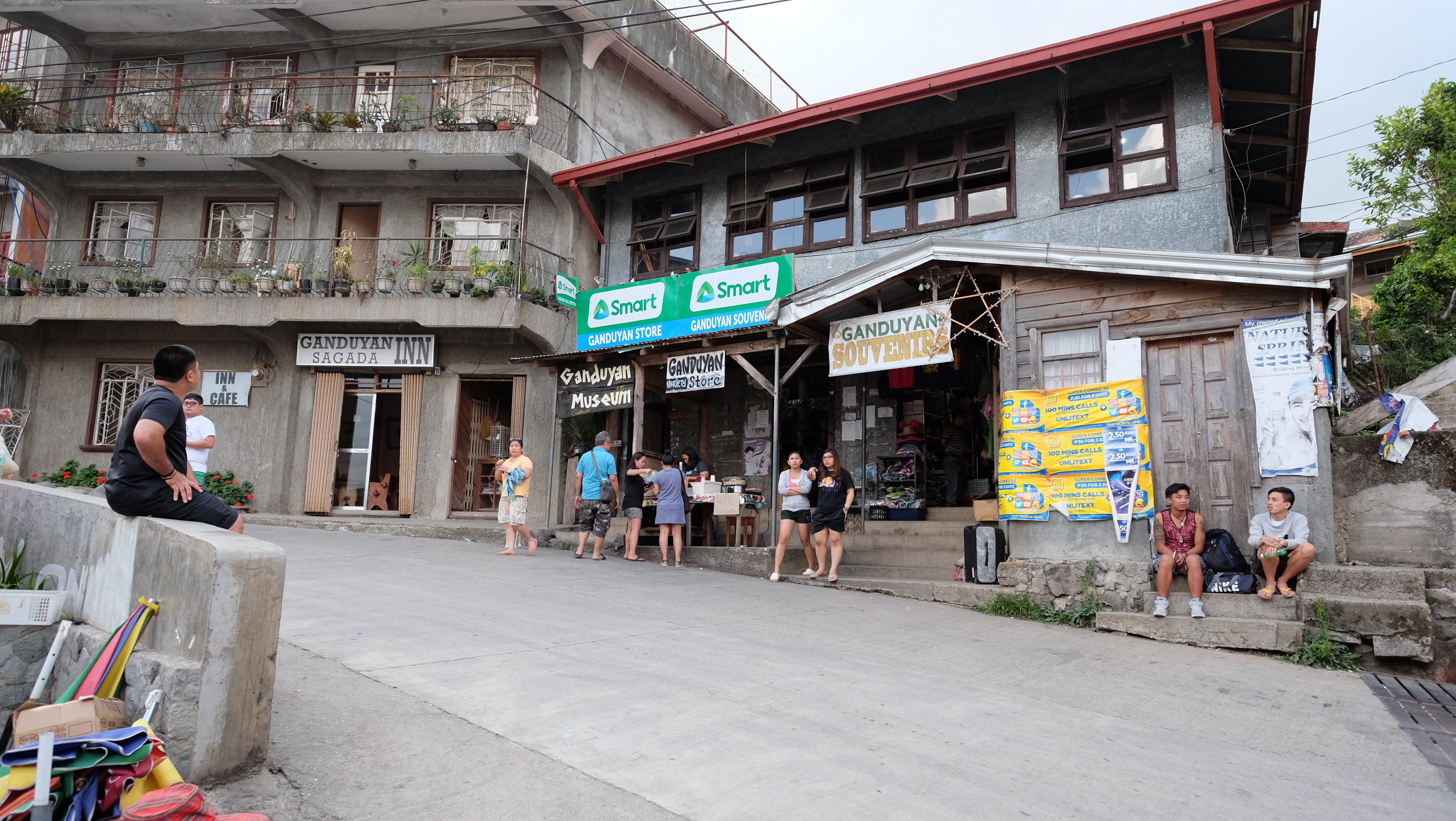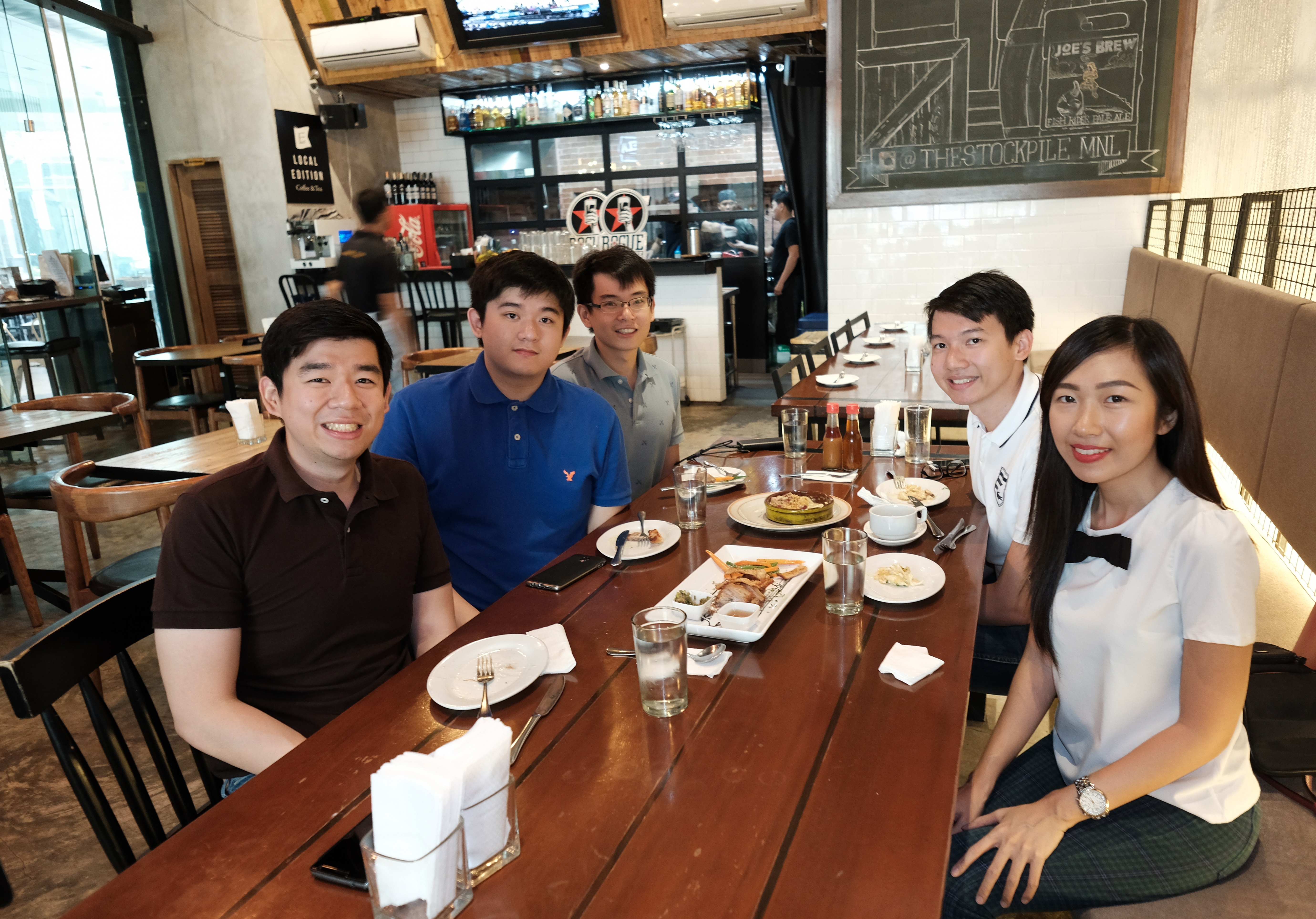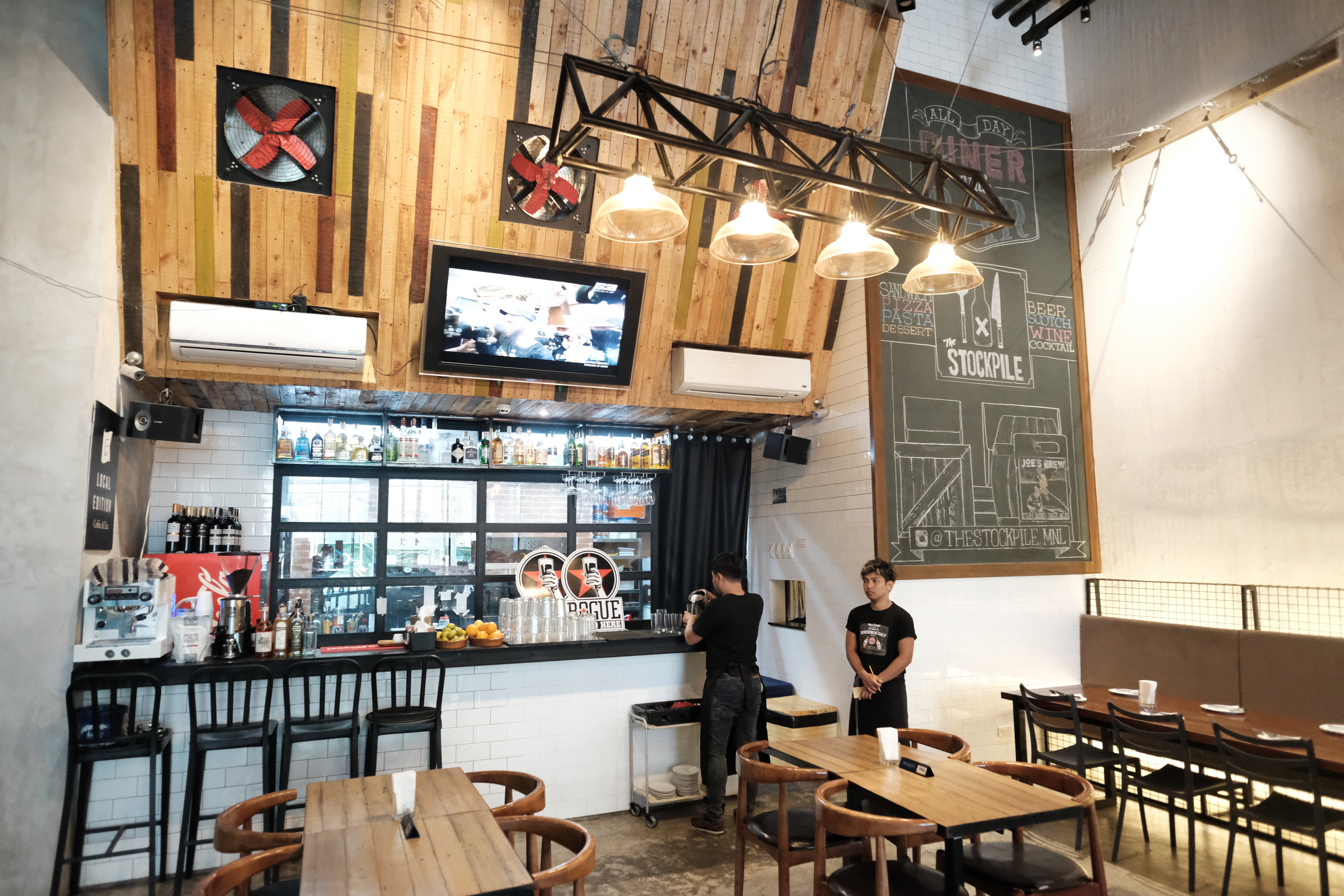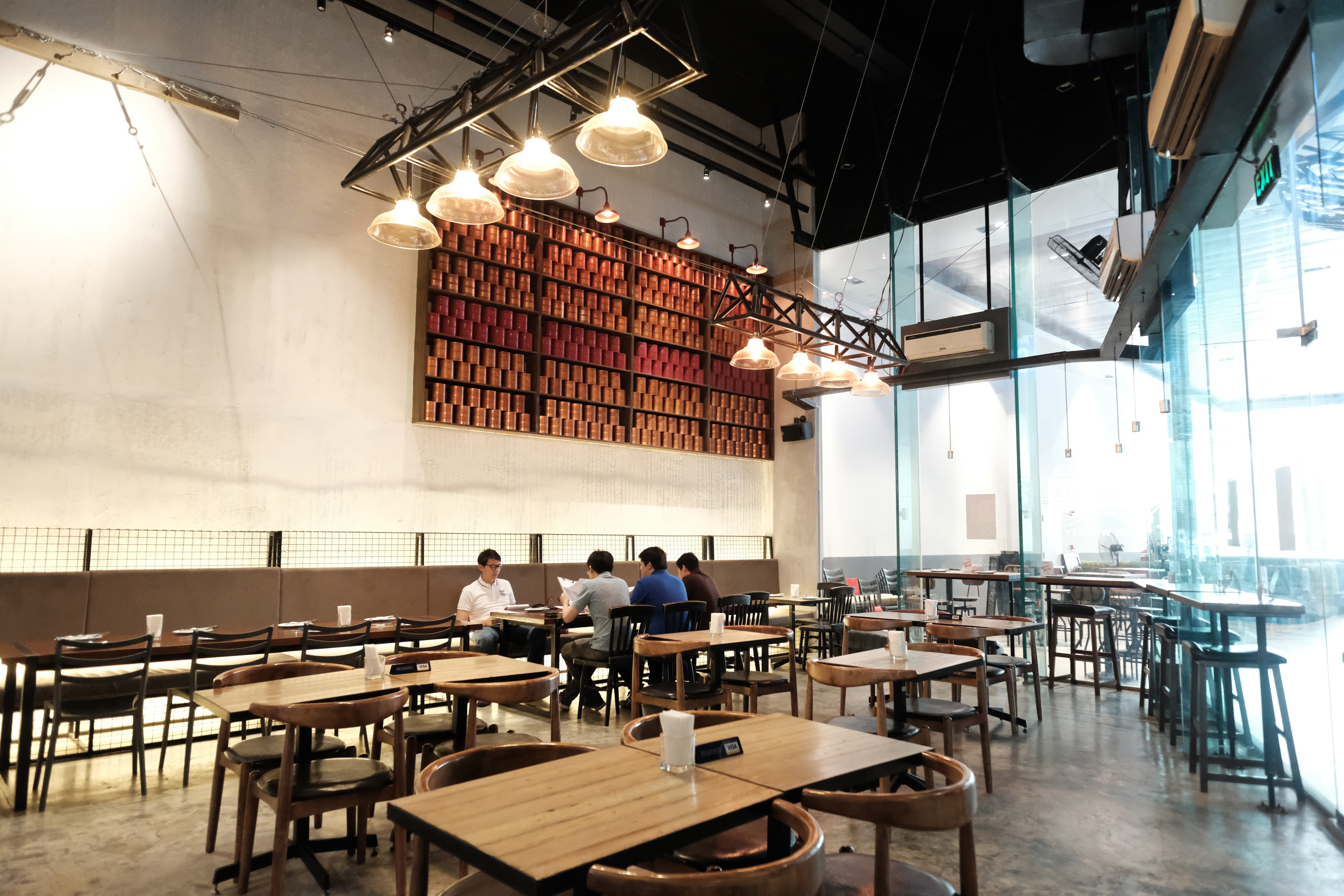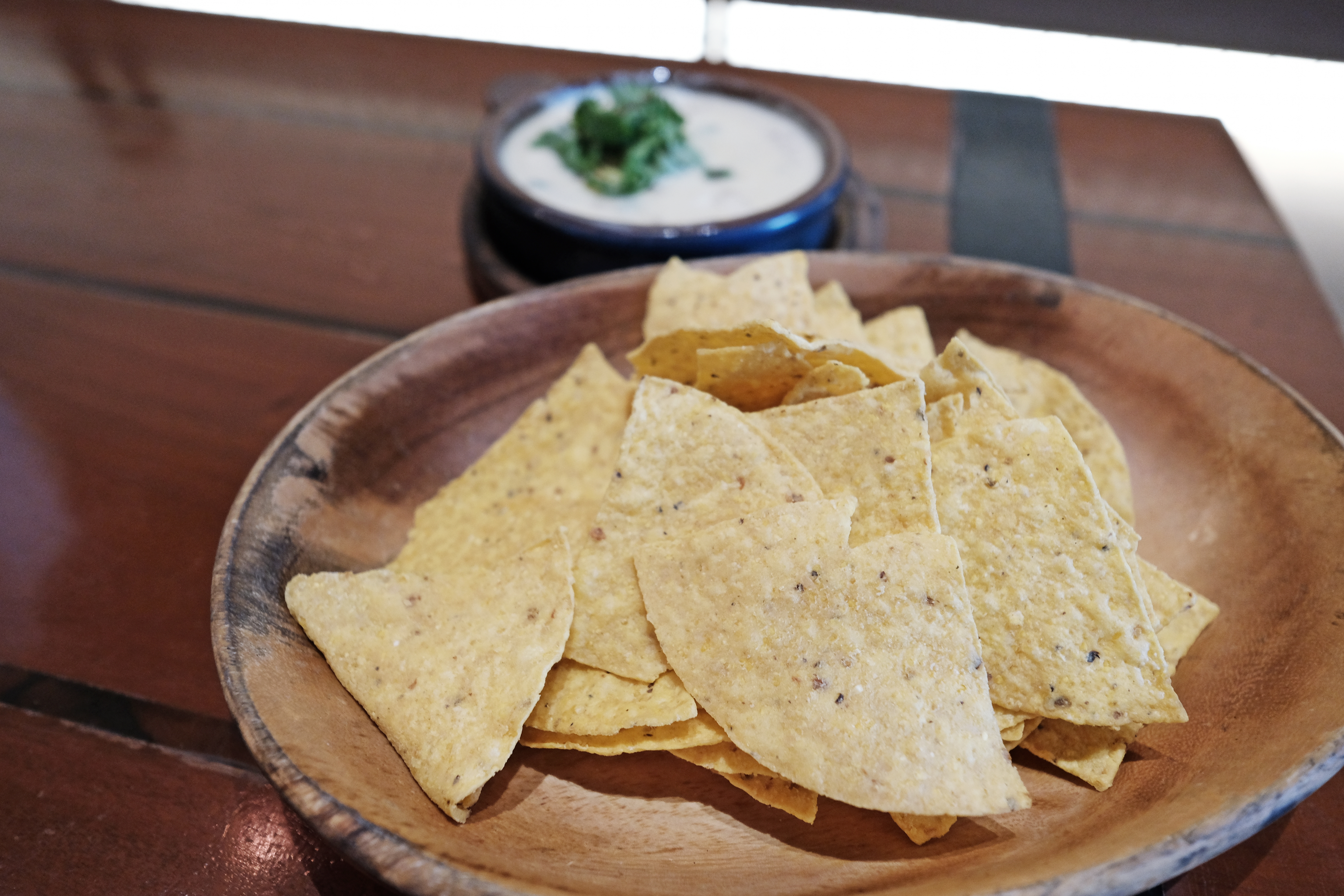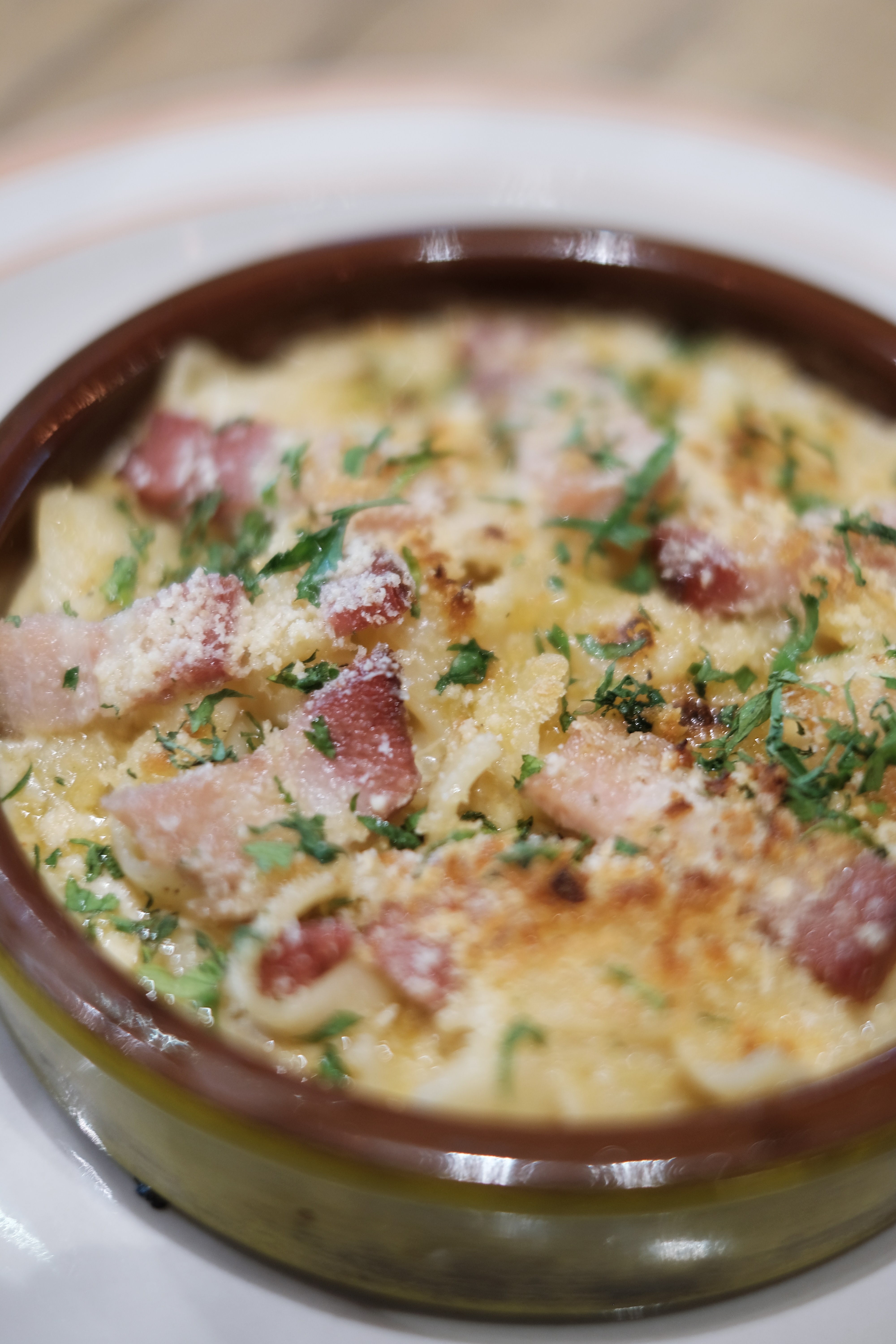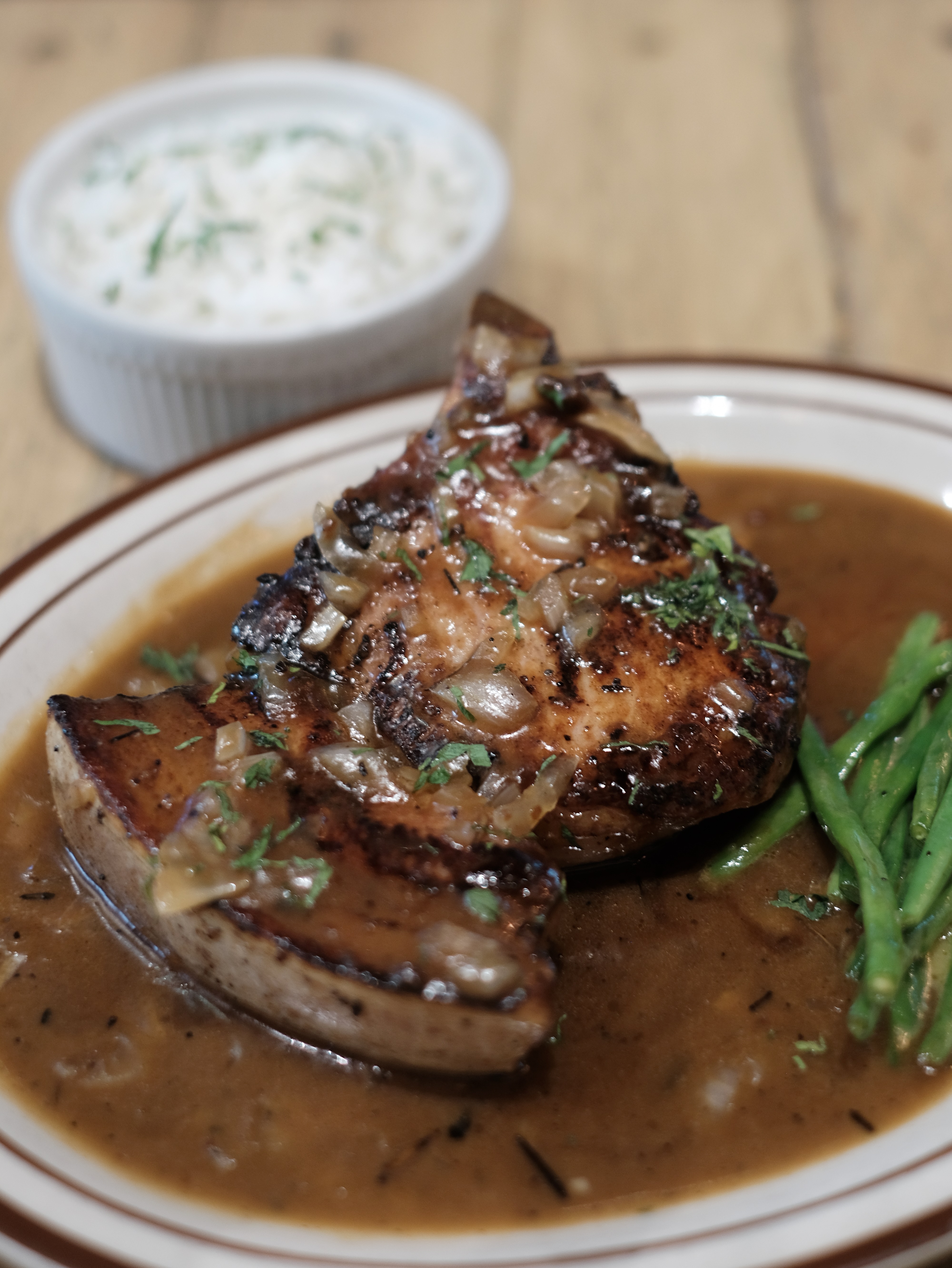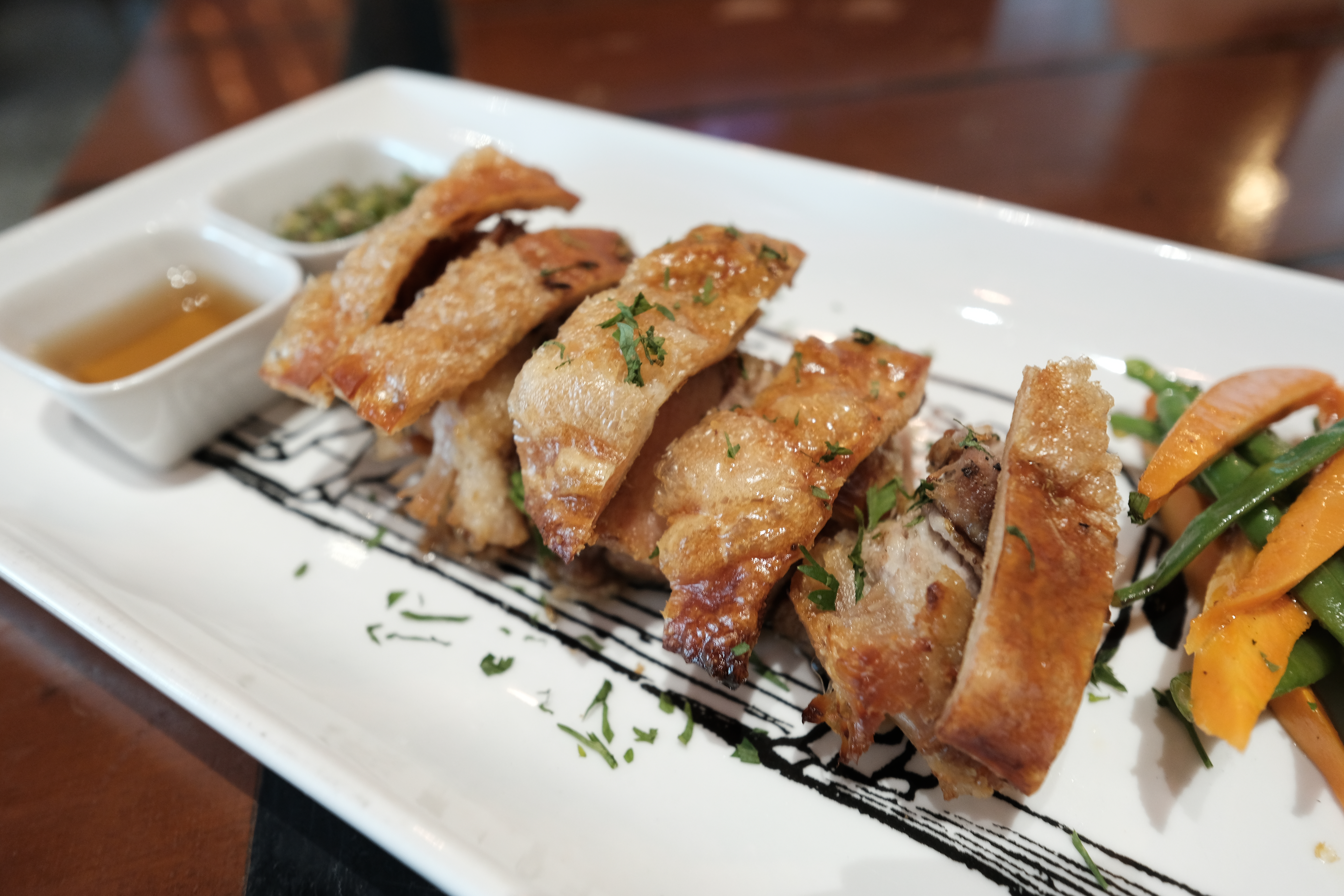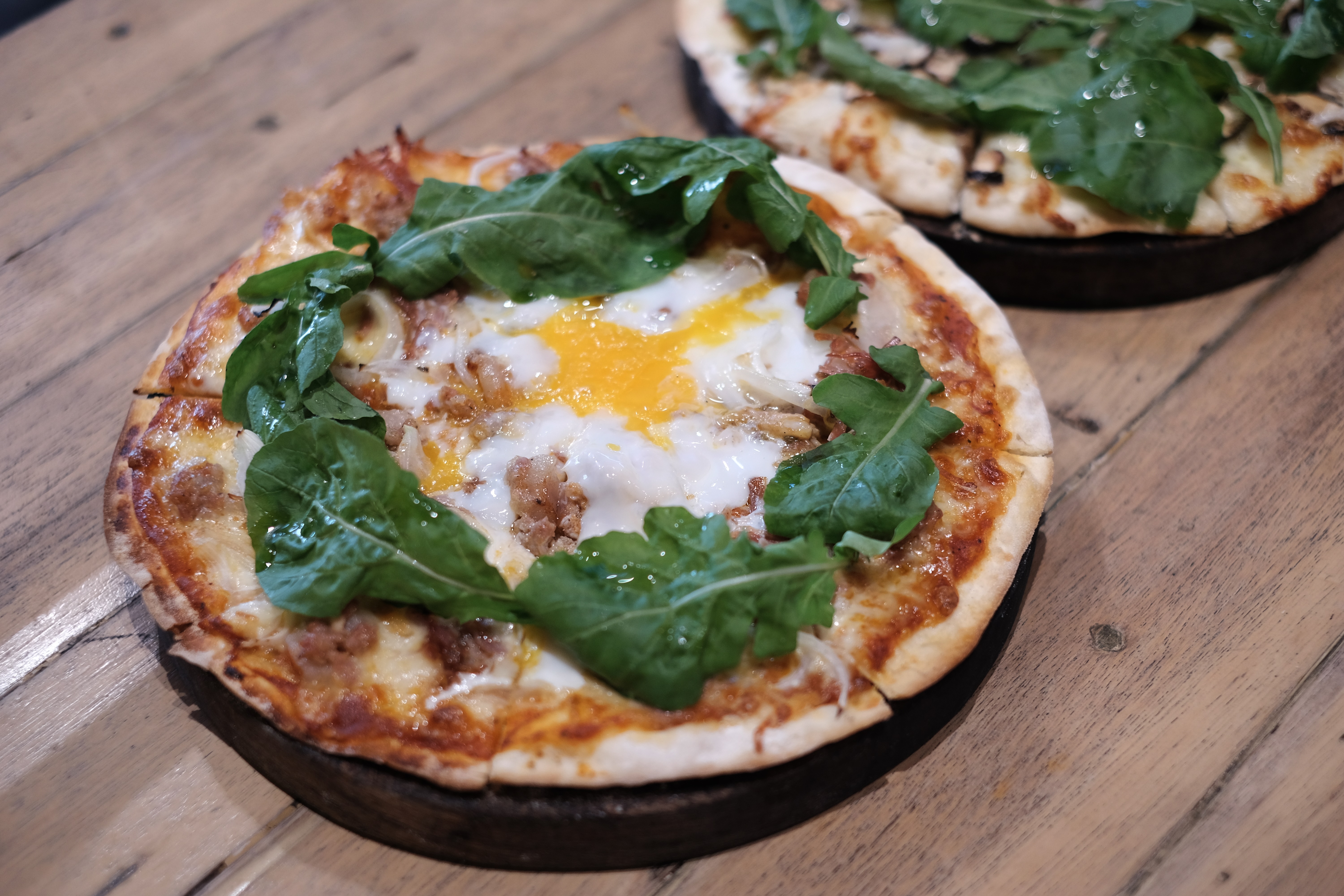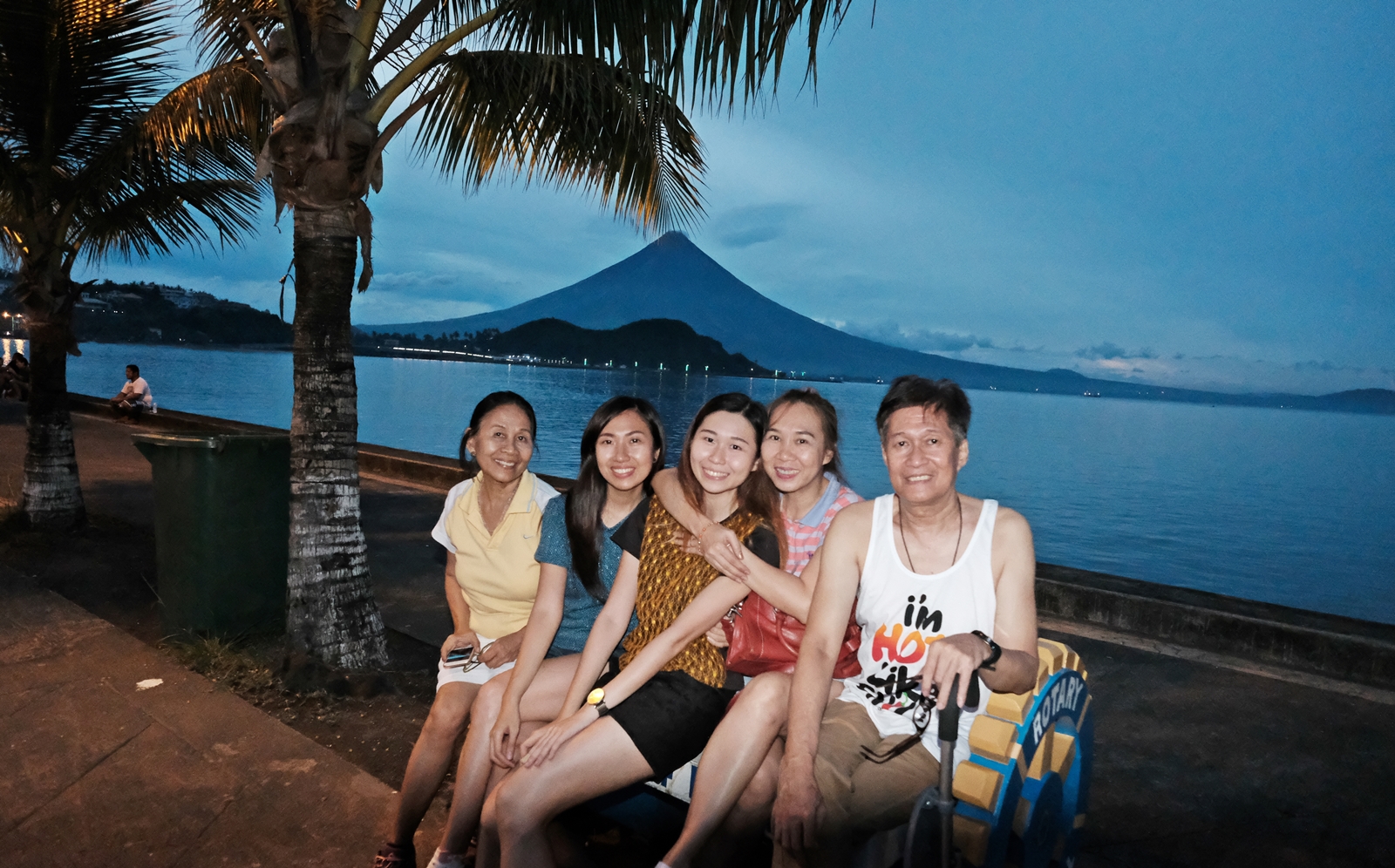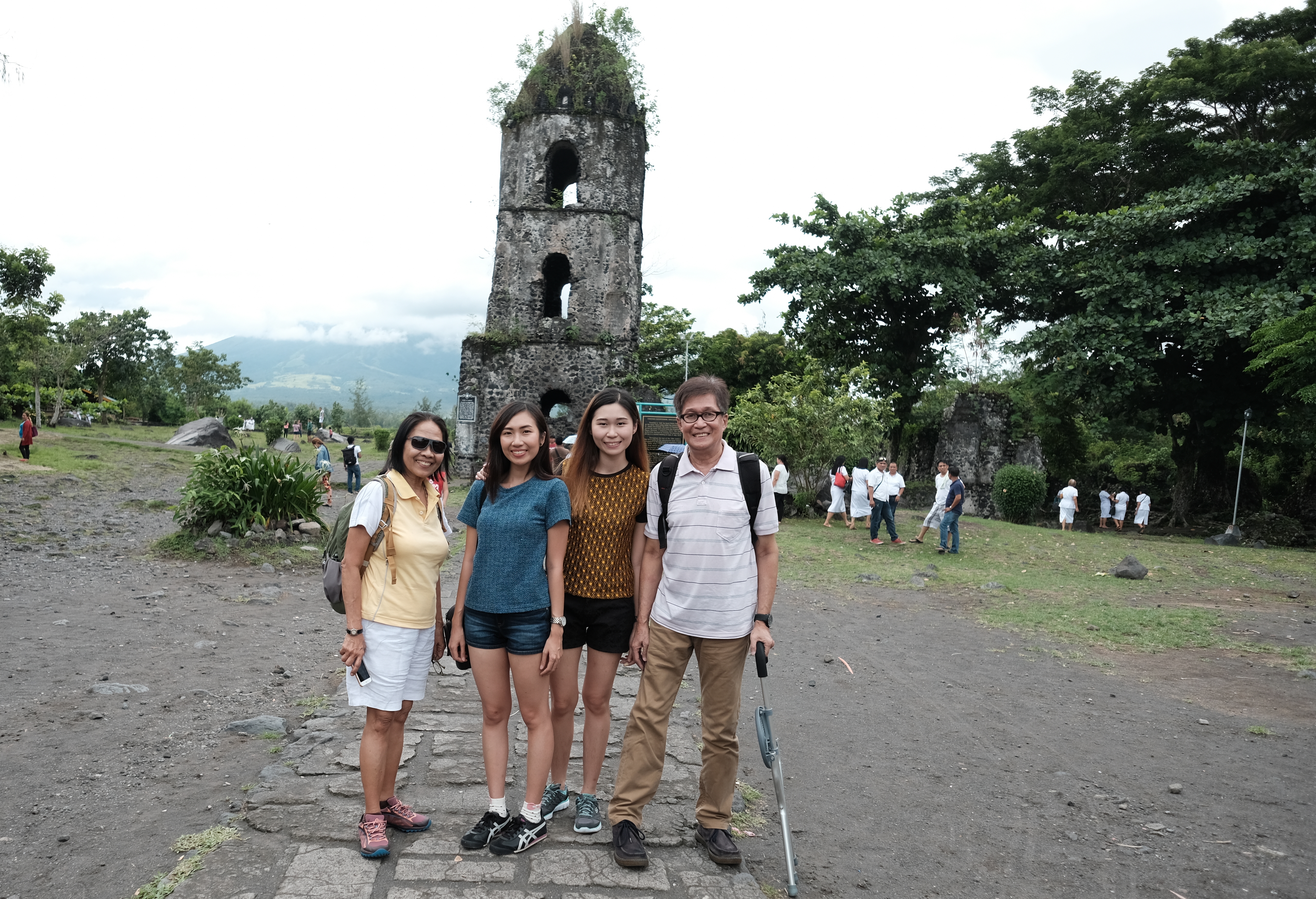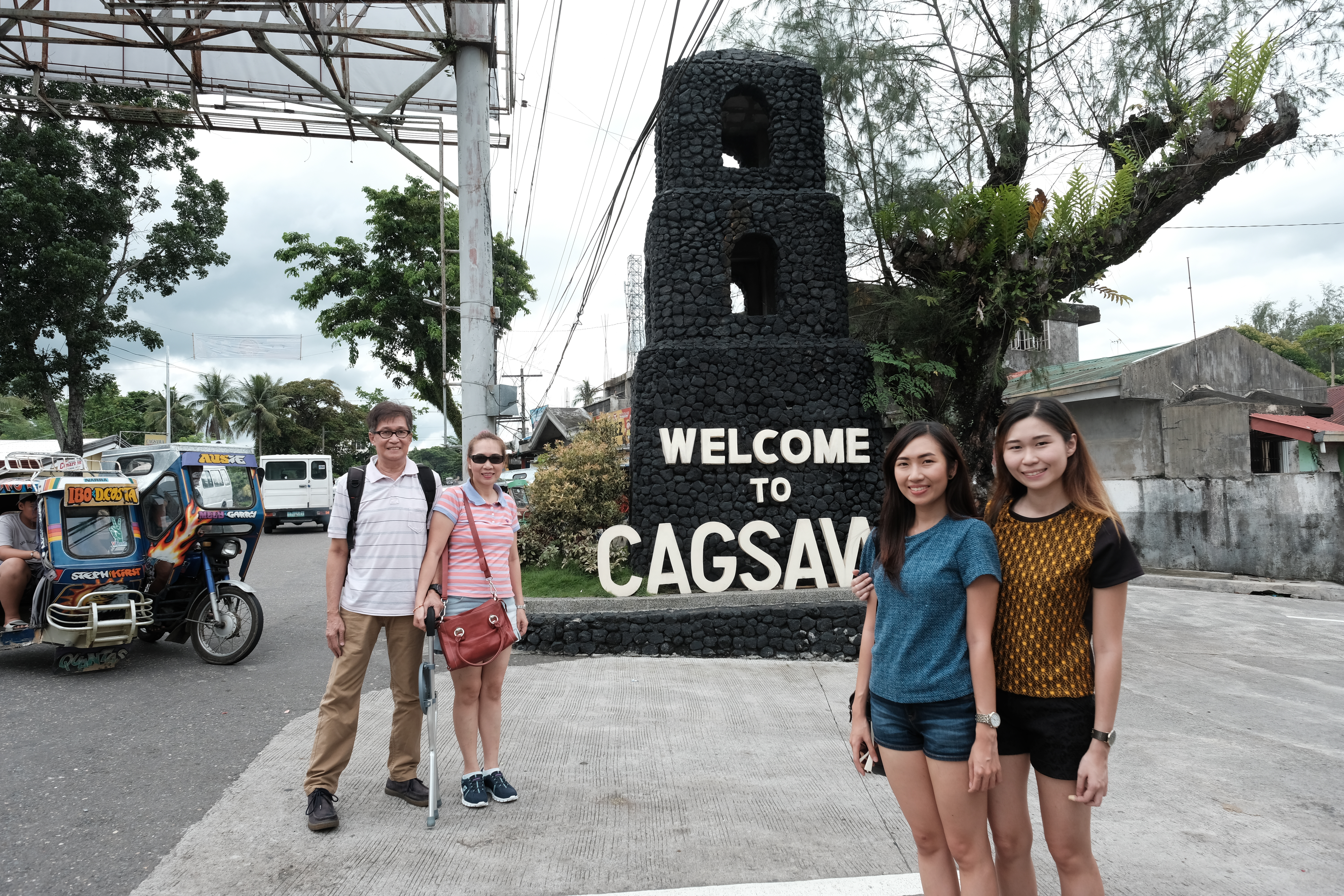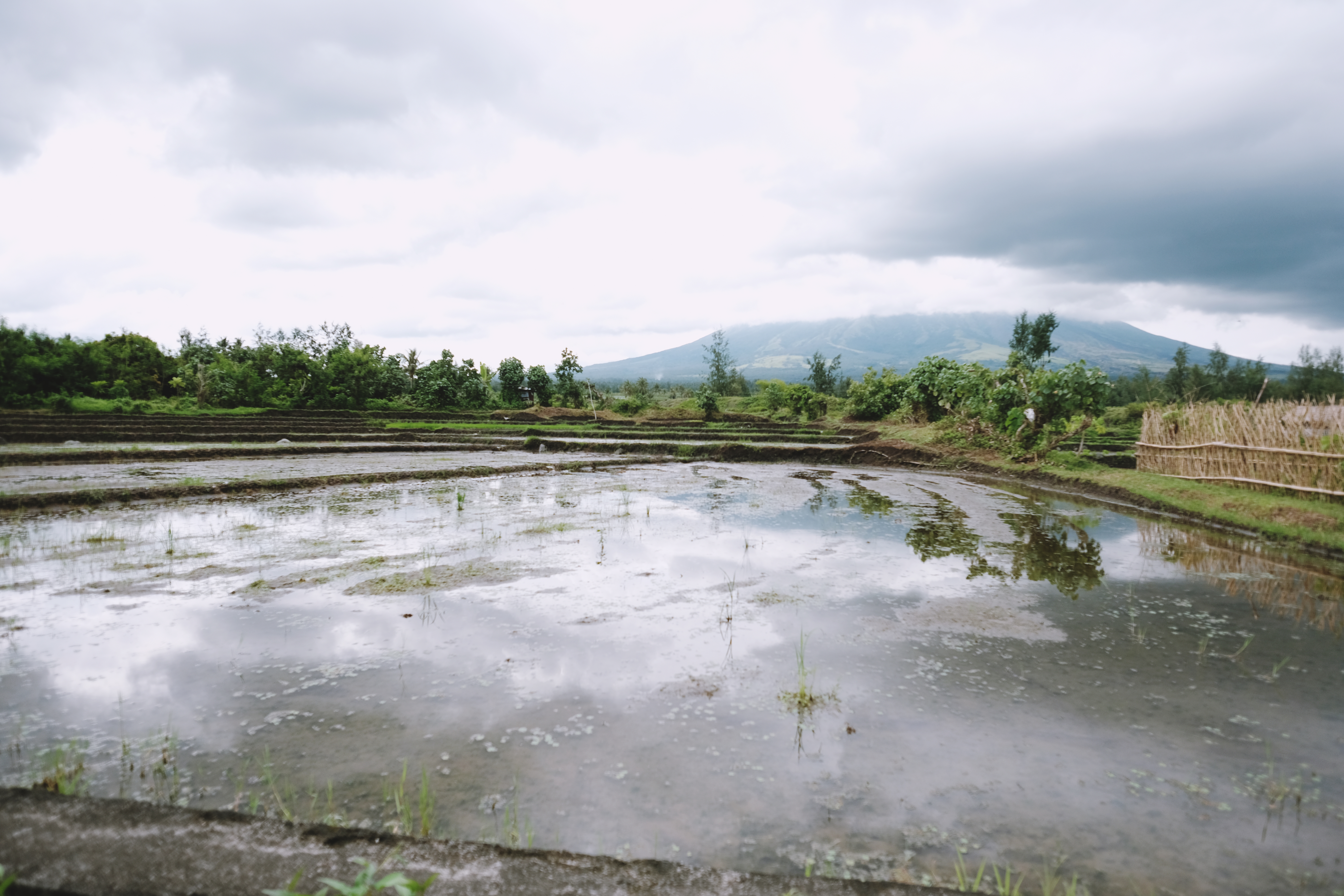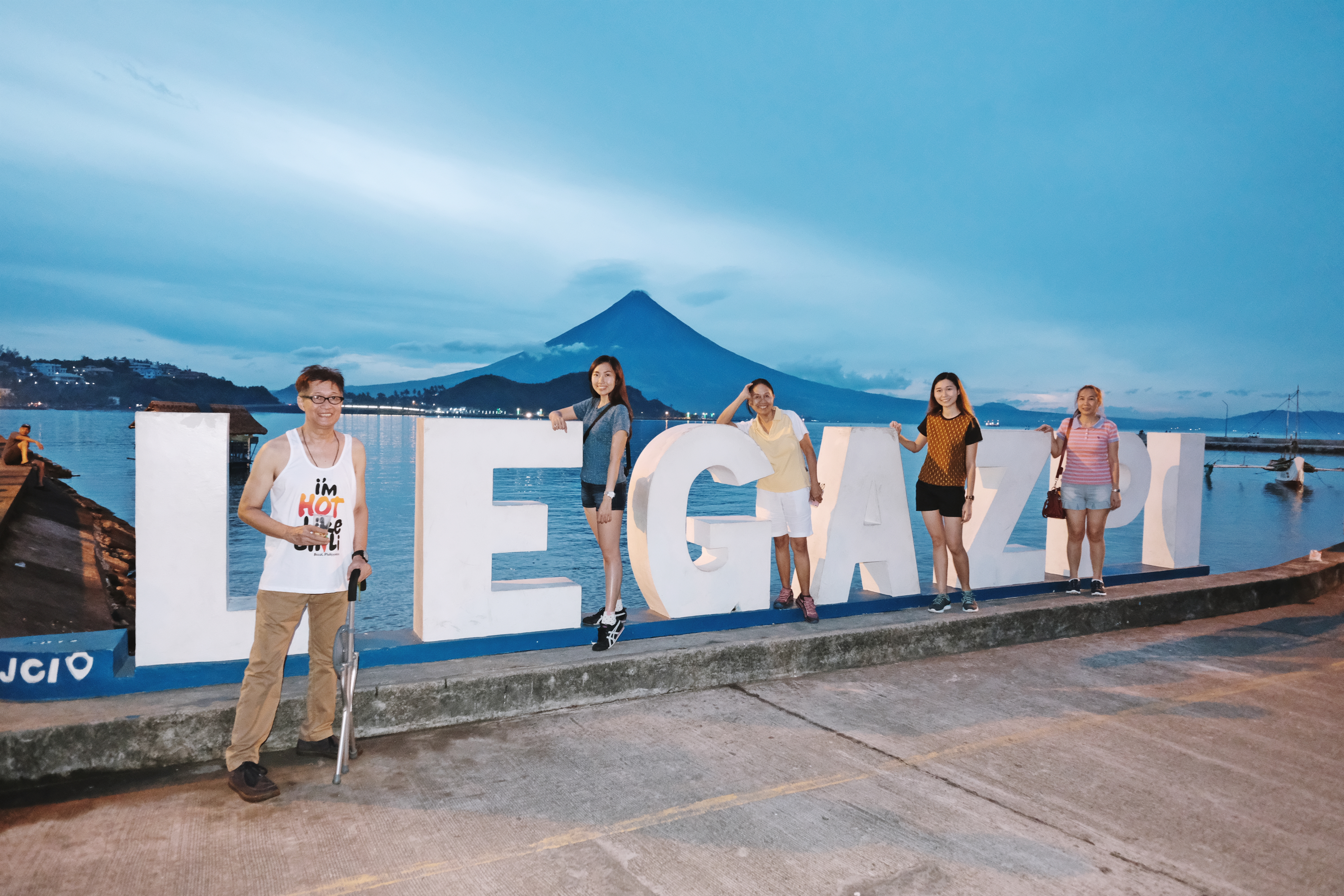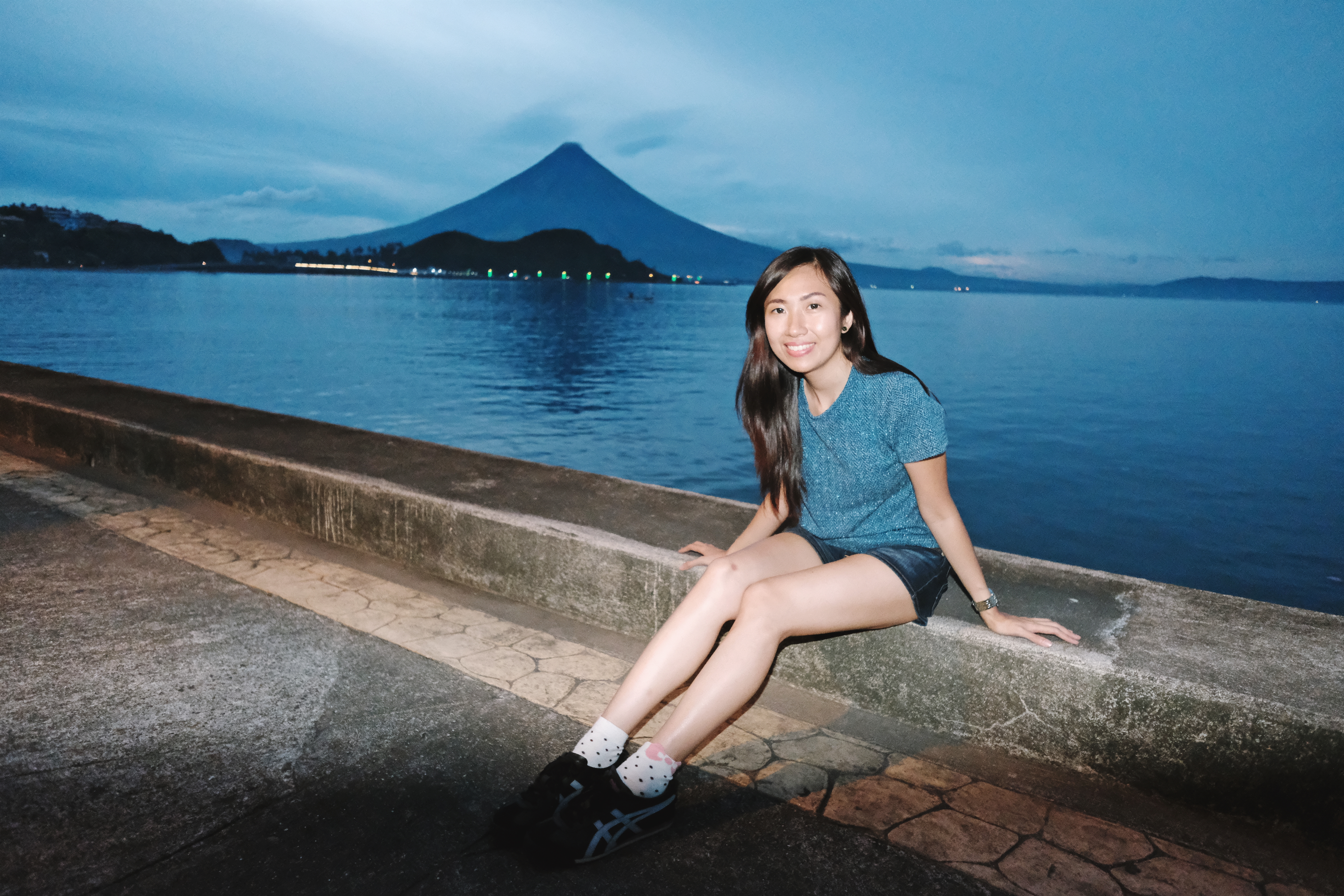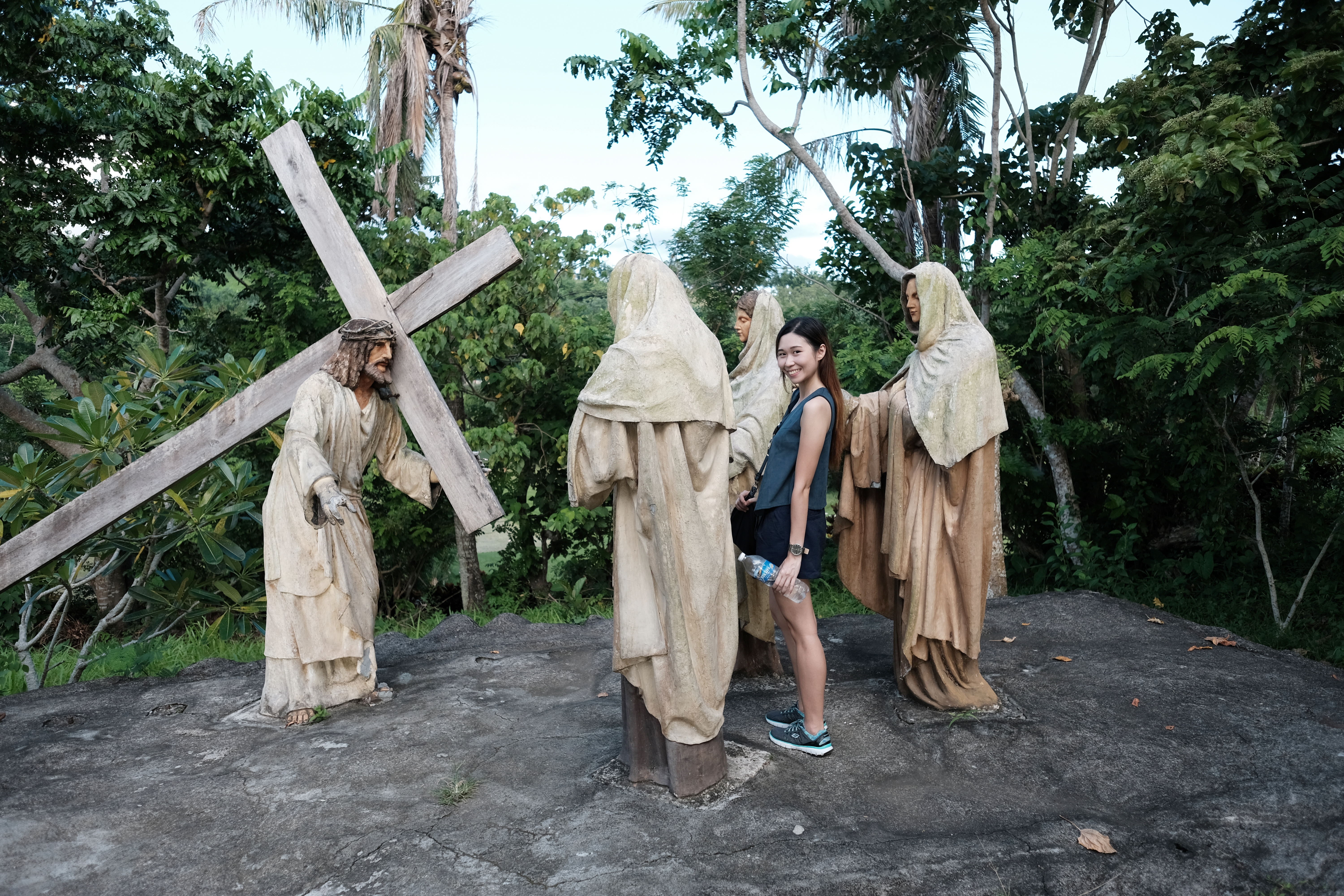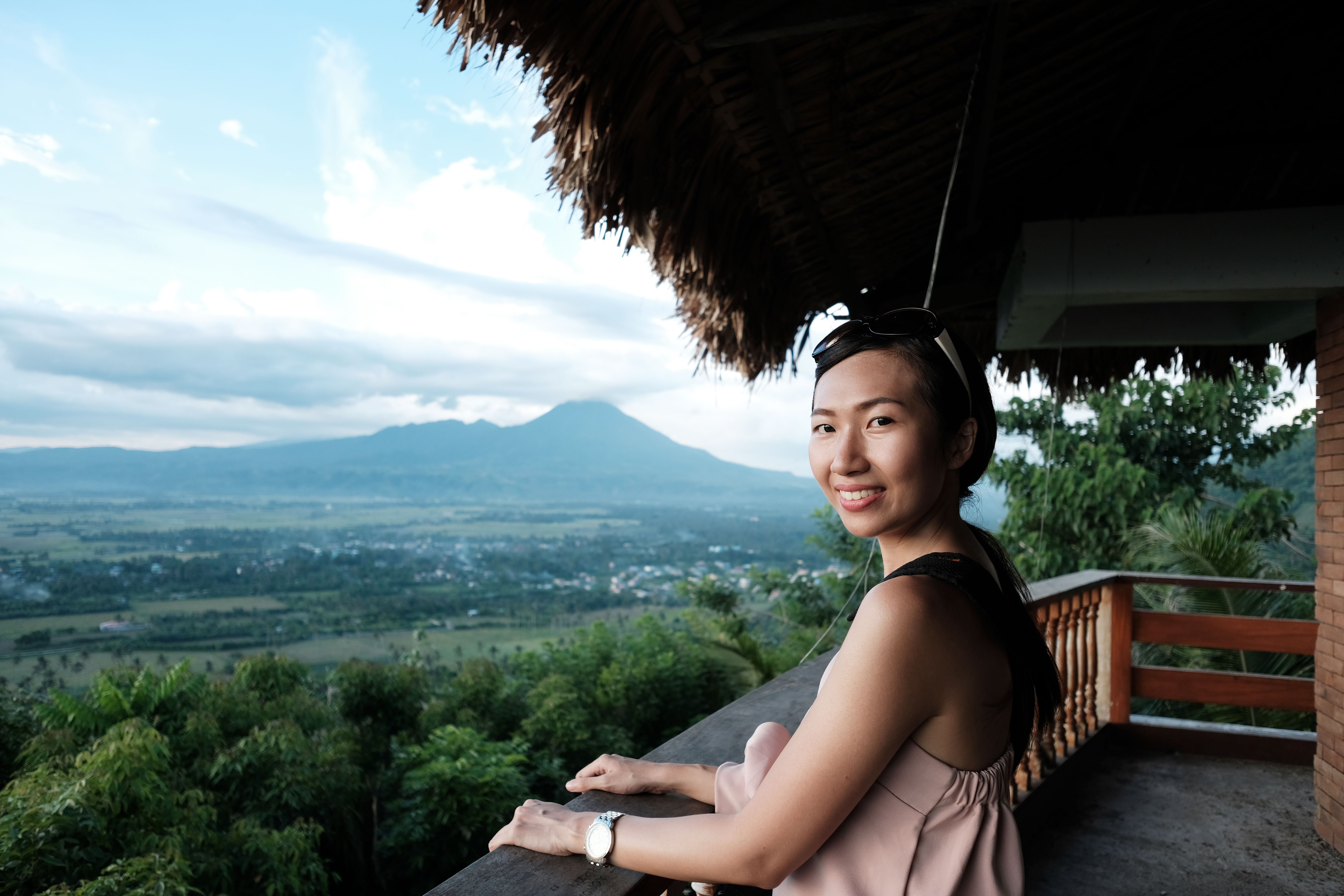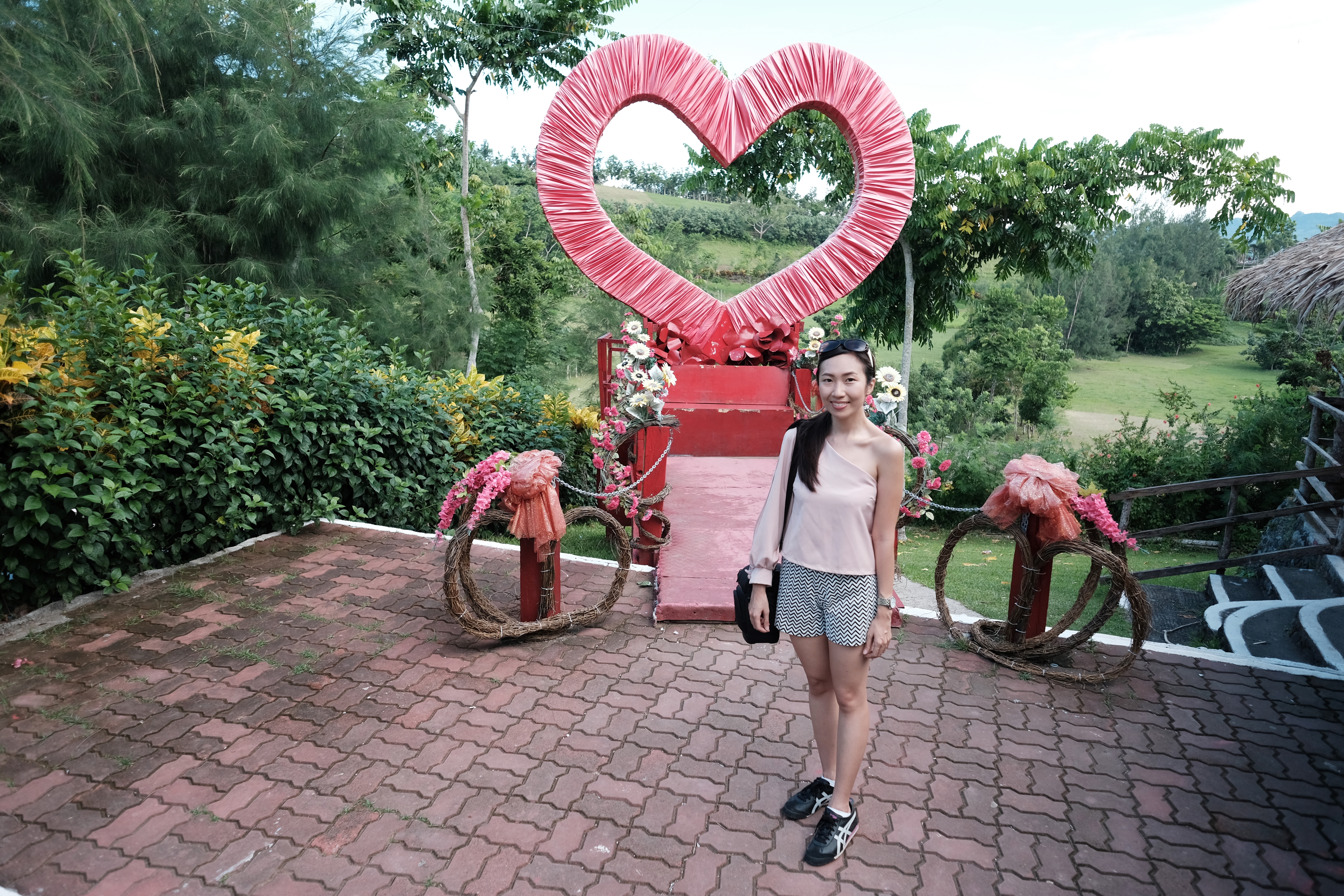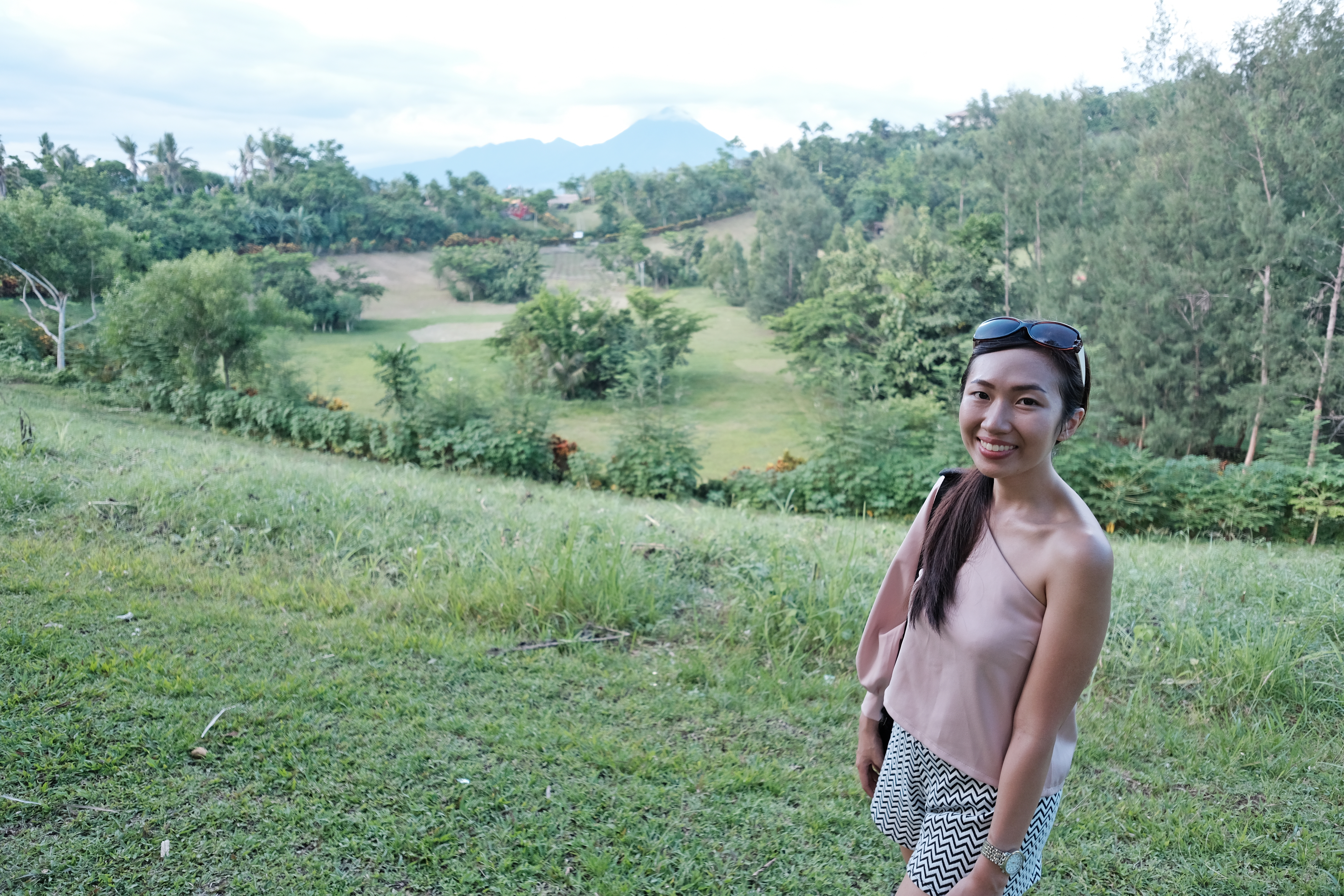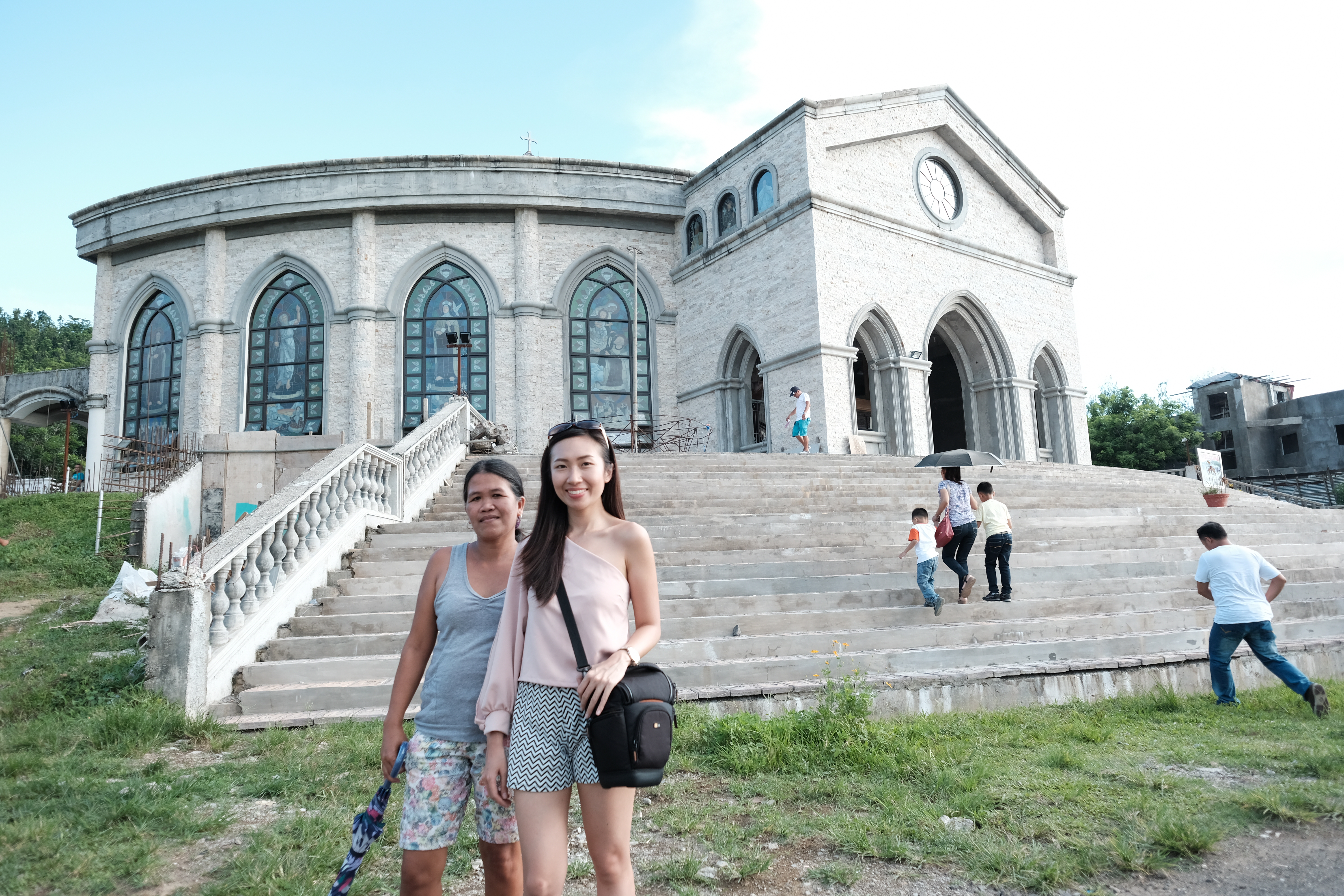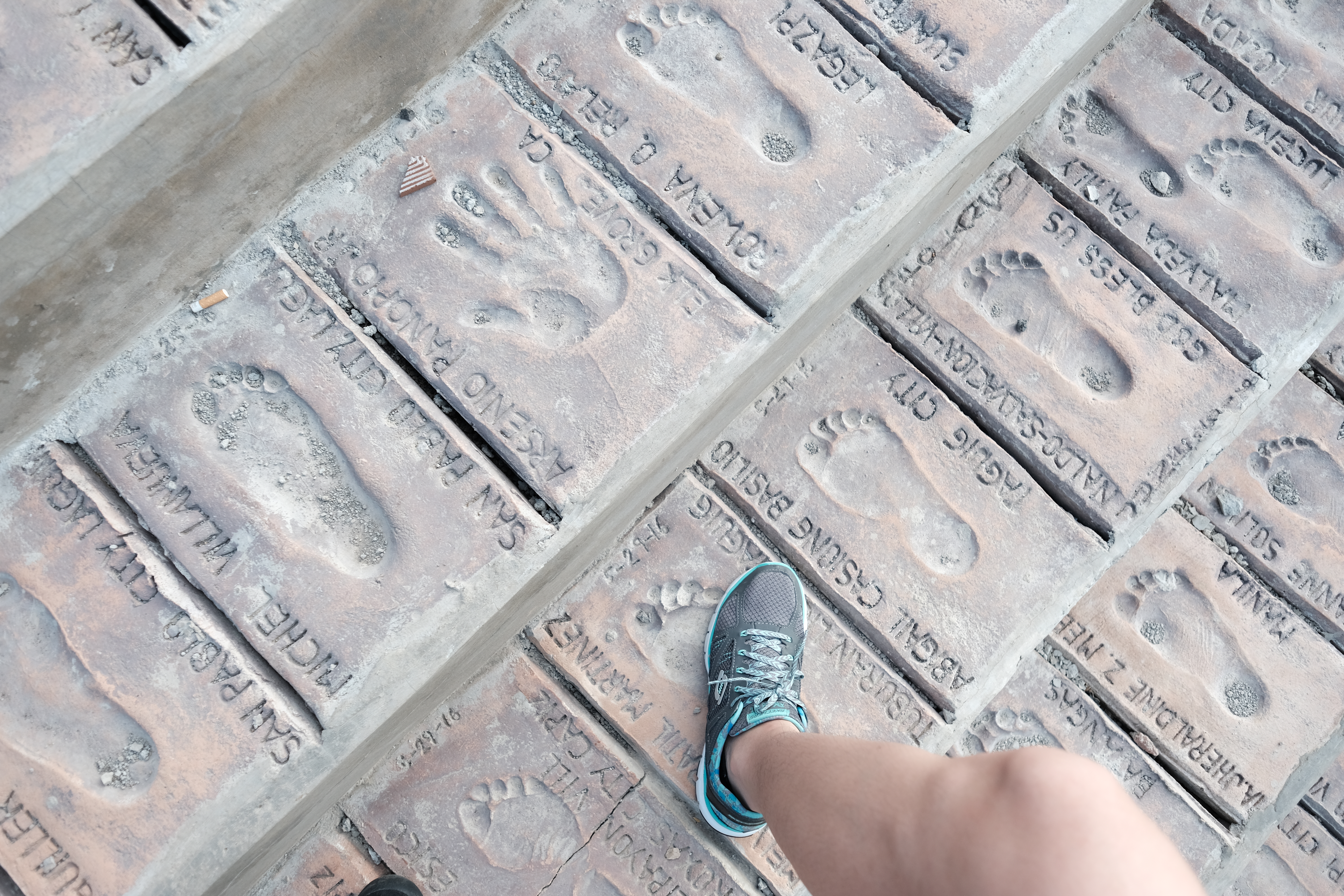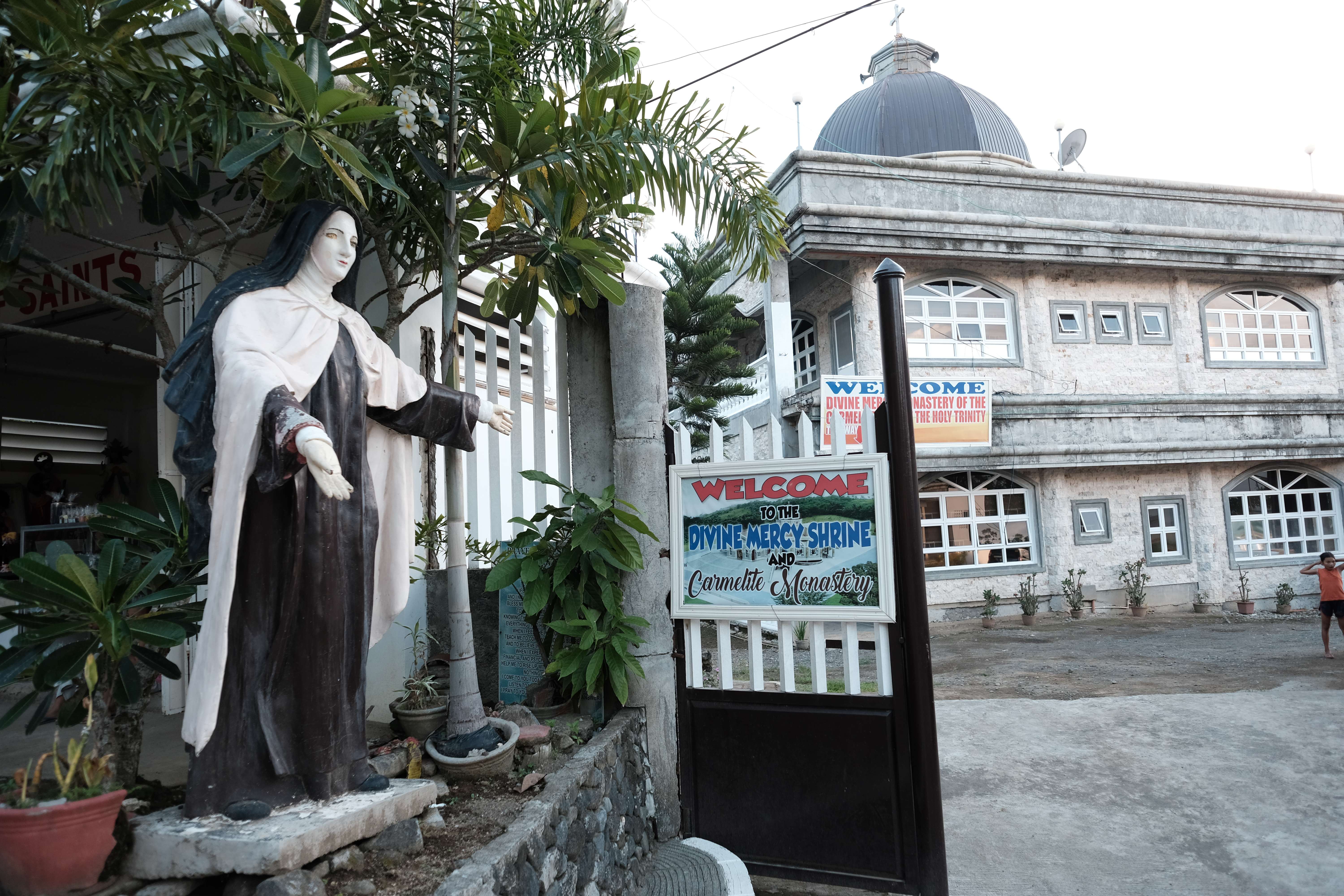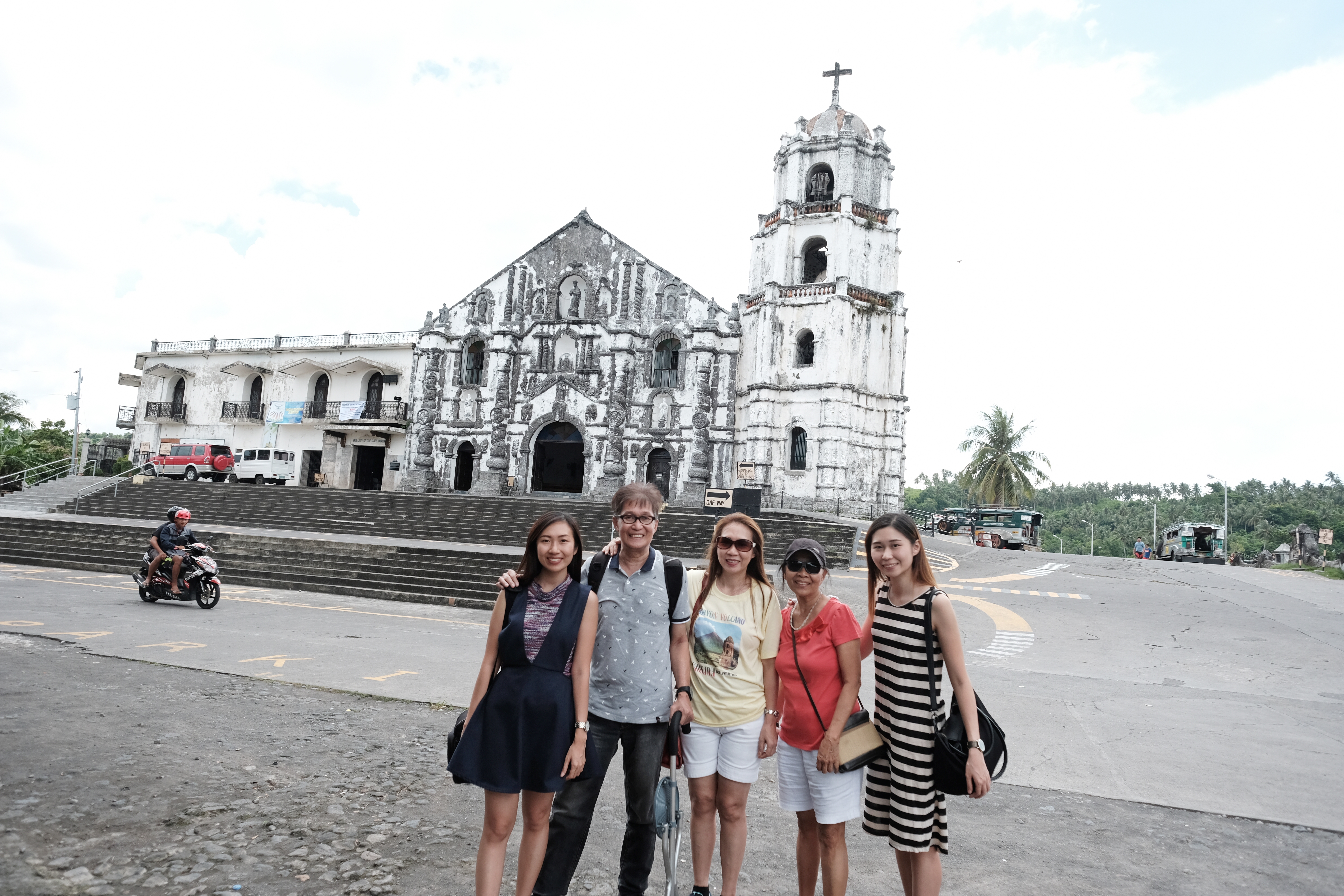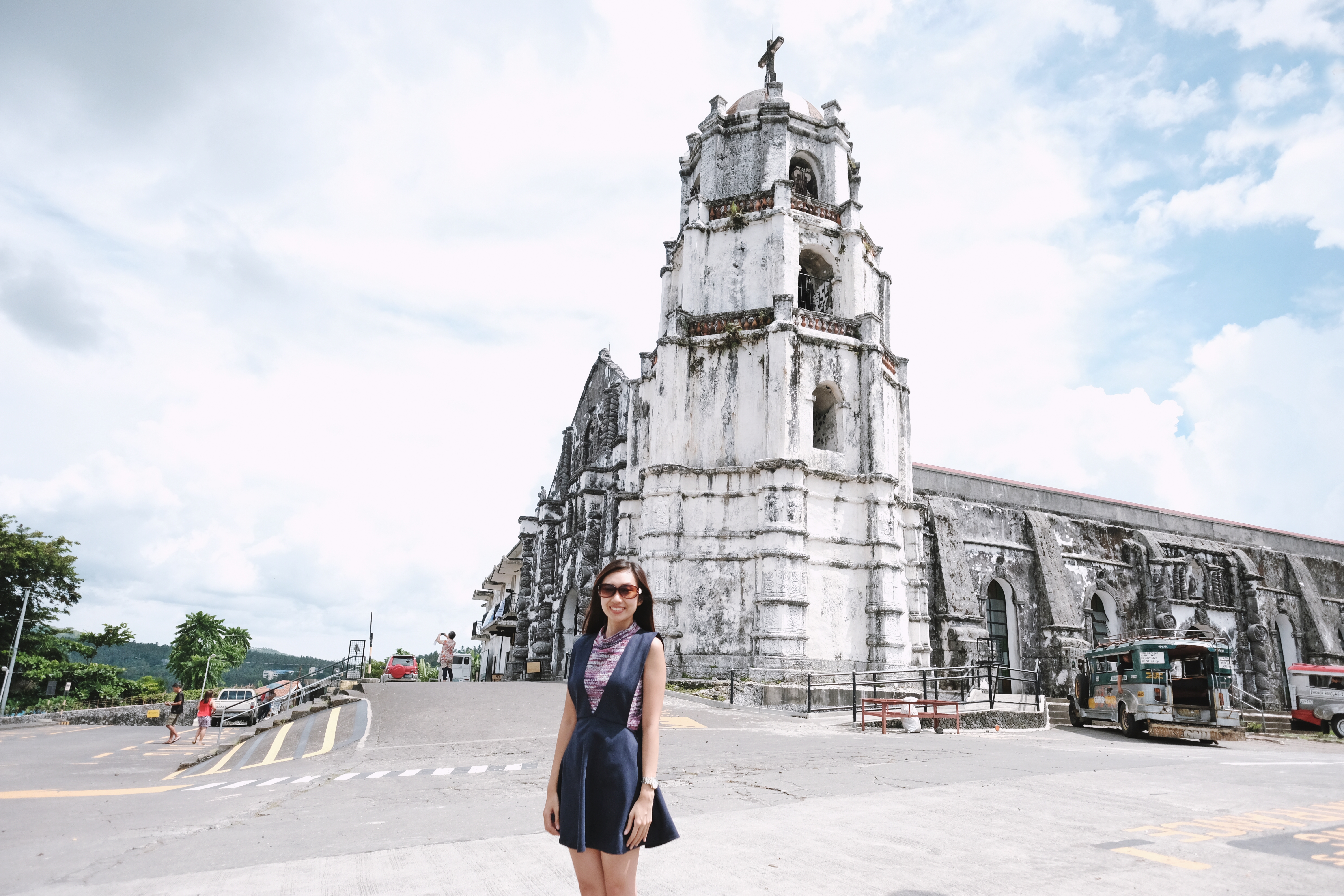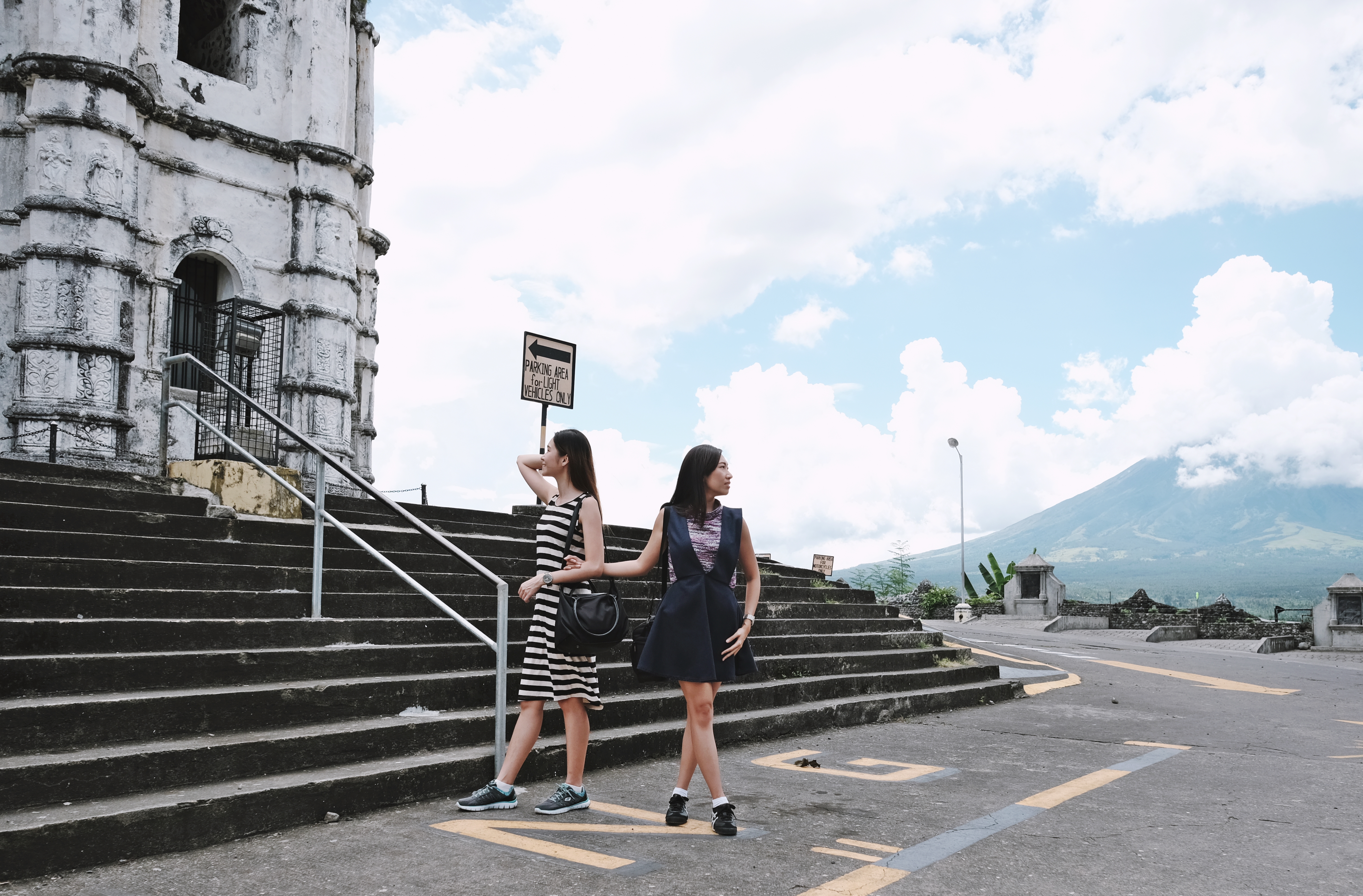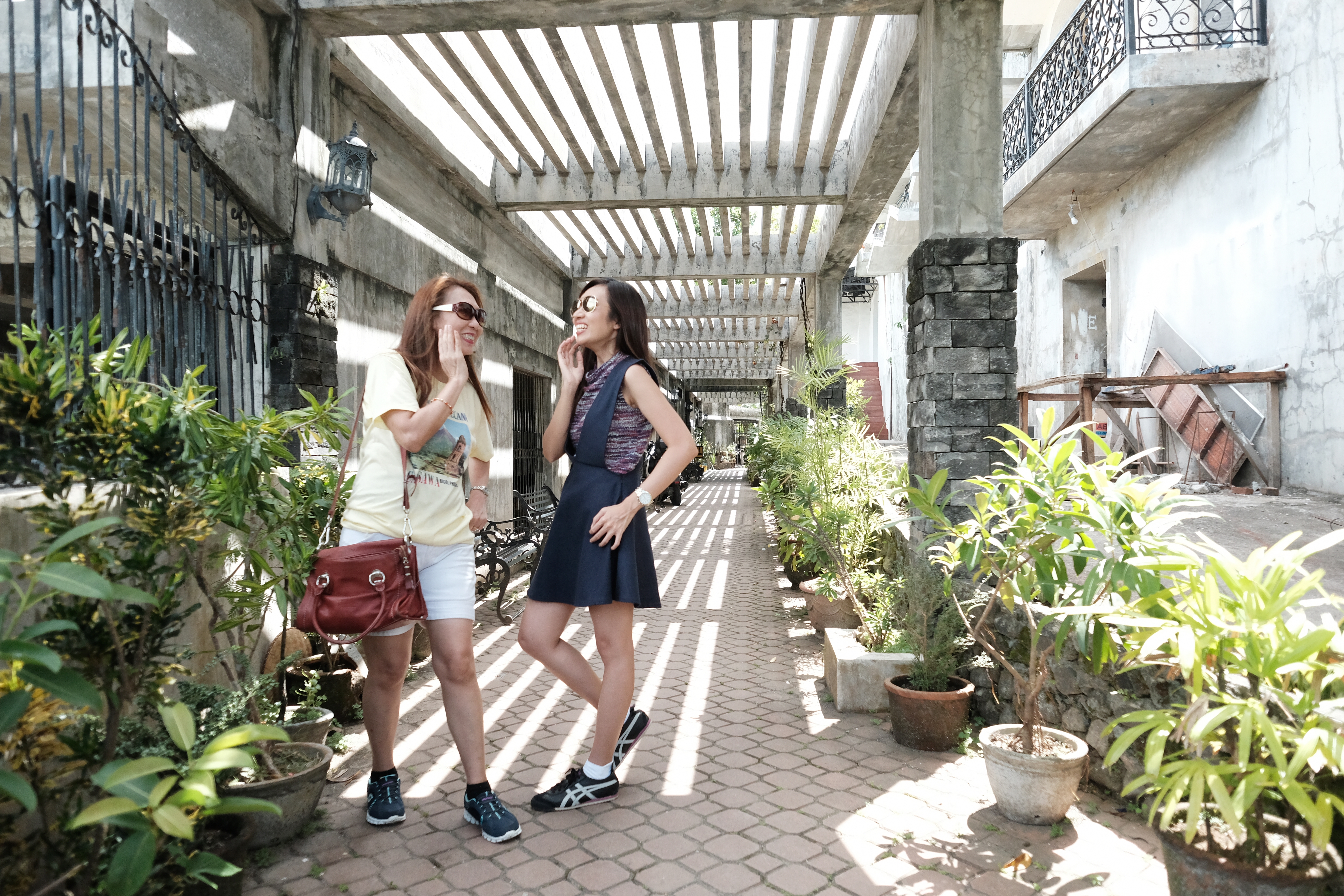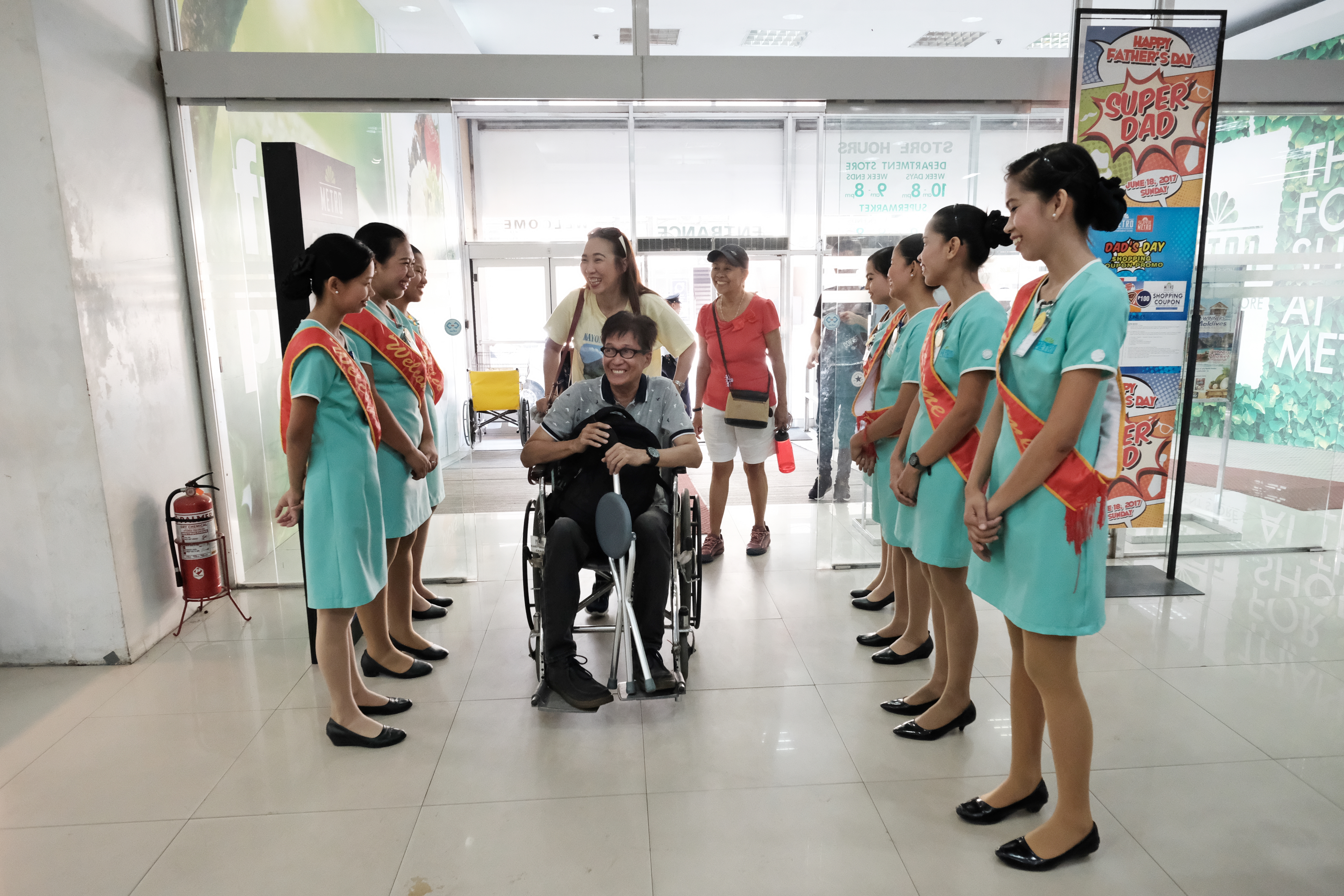We chose to shoot in Bali, Indonesia for our pre-wedding photos. All garments, styling, and hair and makeup were provided and done by ourselves, and we brought East Digital Studio (our professional photo team) from the Philippines with us. While doing research, we found many beautiful and romantic places in Bali for pre-wedding photography. Beaches, forests, and public areas including temples have magnificent views that make our three-day trip more enjoyable.

If you’re searching for the best attractions in Bali that are ideal for a photoshoot, I’m sharing our suggestions, some of our pictures, and tips below. 🙂
Prenup in Bali: Top Beautiful Photoshoot Locations
1. Mangrove Forest
Our first stop was the Mangrove Forest in Southern Bali. This mangrove forest area is hidden from the hustle city life although only a few hundred meters from the busiest intersection. We had a hard time getting to the entrance where there’s a long wooden walking path we have seen from pictures because there are four different entrances and trails that are far away from one another. We spent a total of about two hours driving to the correct place.
Bali’s largest mangrove forest is 1,000 hectares big and has a 1.4 km wooden path within it. I’m glad I brought flats or else, I could have injured my feet badly while walking in heels throughout the photoshoot. There’s also the 11-meter-high bird watching tower, relaxation huts, and a floating deck that served as good backdrops.
In the Mangrove Forest, we witnessed how mangroves contribute to the local ecosystem. The mangrove roots filter the water at low tide and high tide, causing sediments to be removed before they enter again the open sea. This forest reserve has been proven to act as a natural barrier against tsunamis.

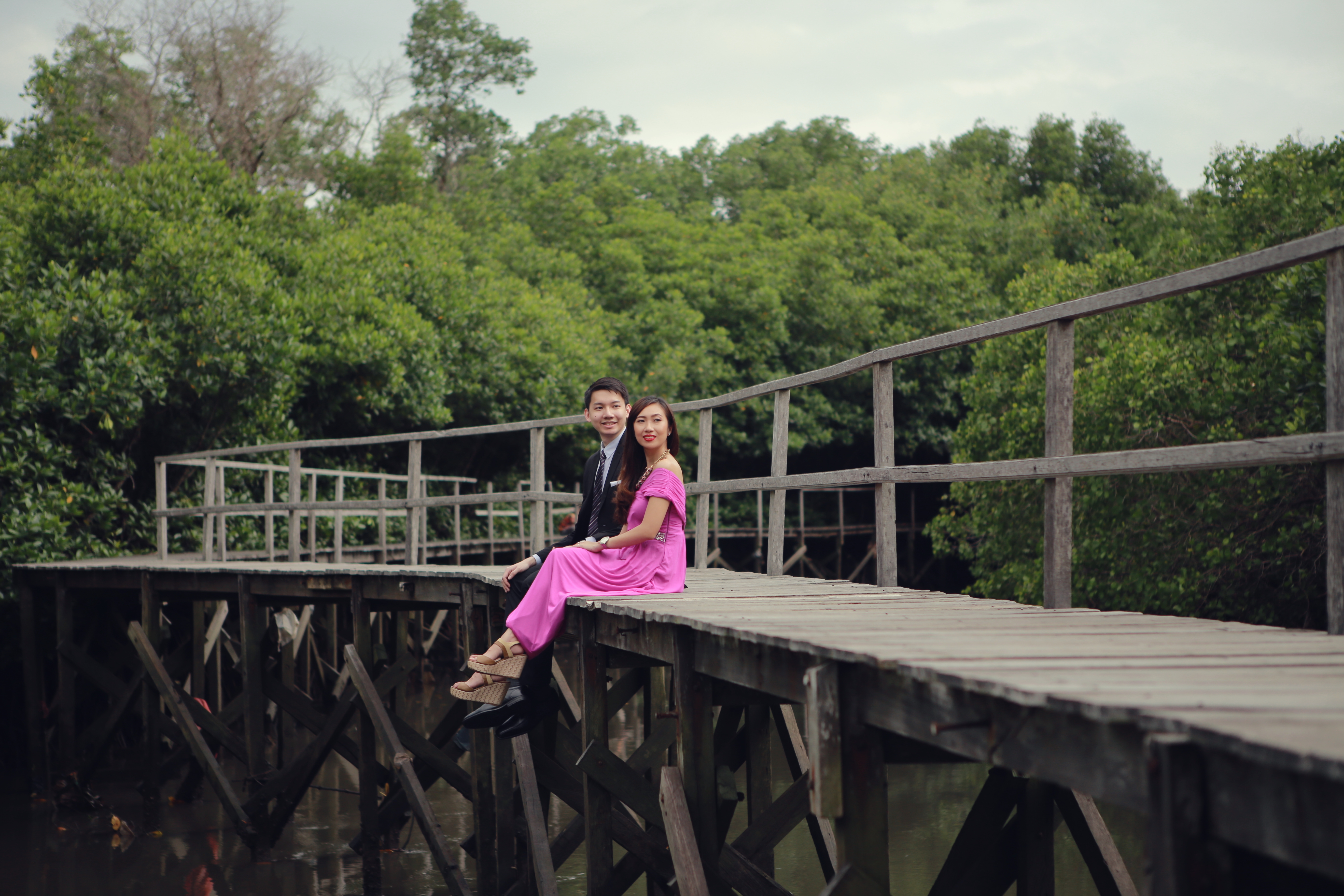
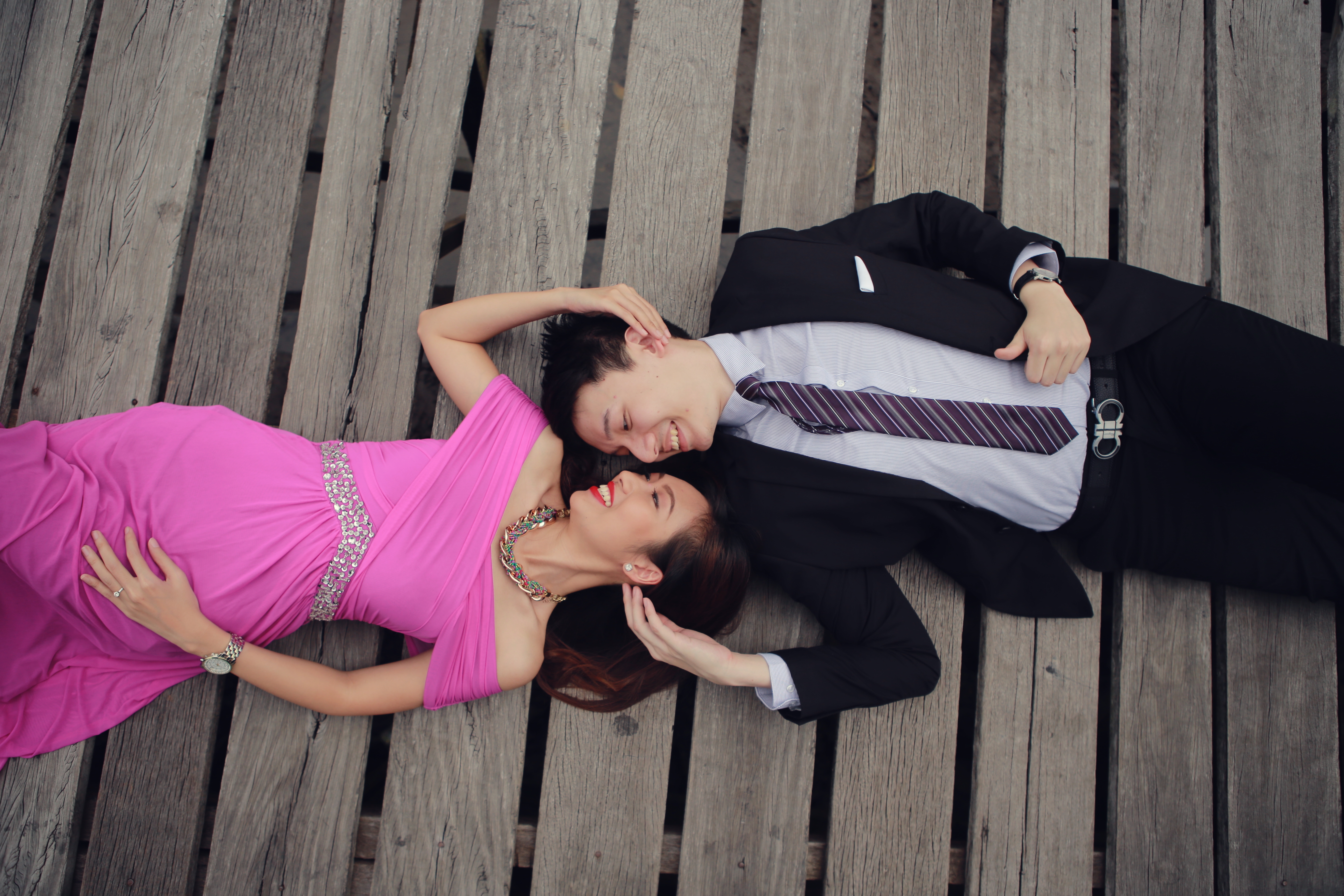
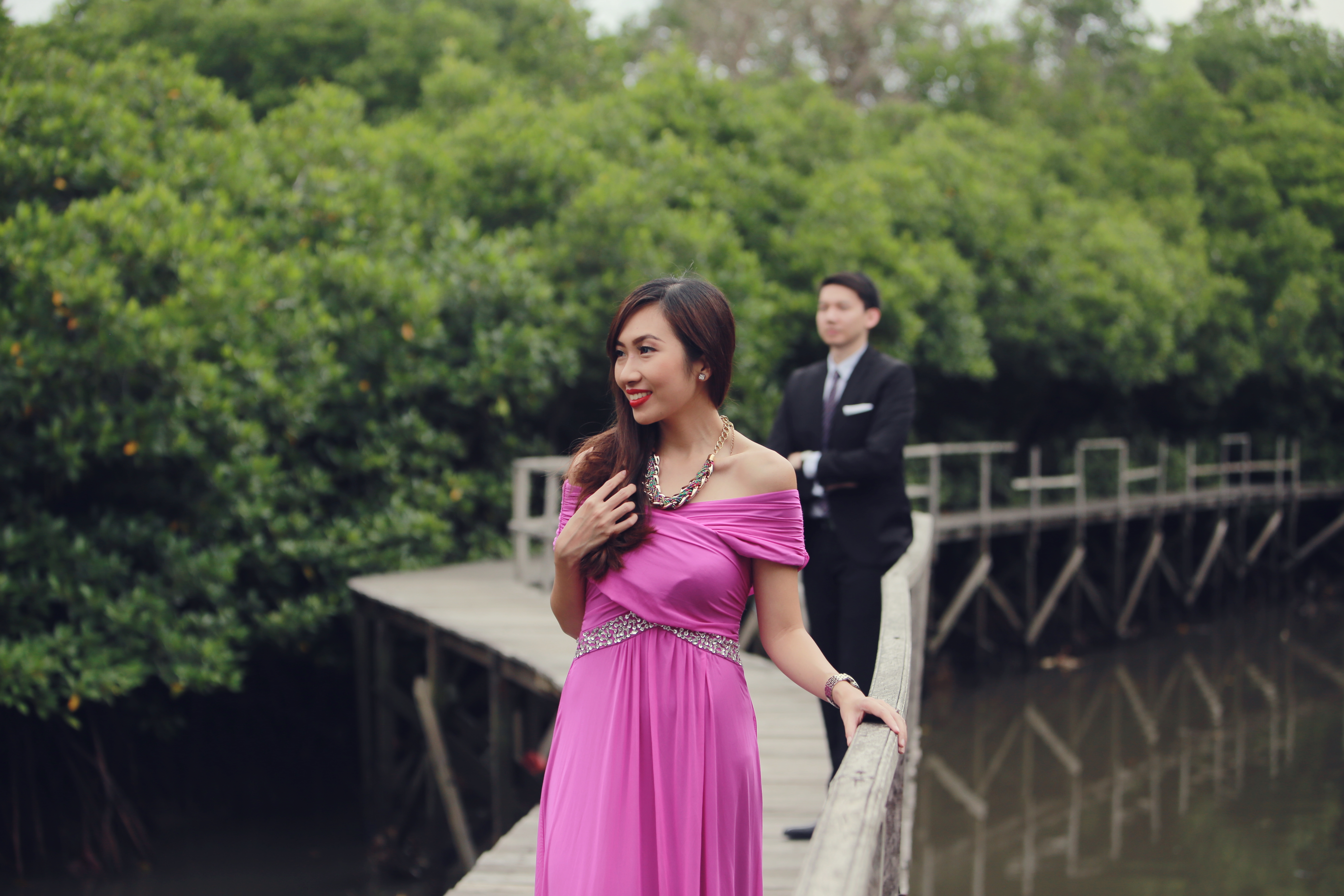

2. Ulun Danu Beratan Temple and Beratan Lake Ulun Danu
Every photoshoot has its theme. Looking for something more dramatic? Having the Ulun Danu Beratan Temple on the background may be right up your alley. It is both a famous picturesque landmark and a significant temple complex located on the western side of the Beratan Lake in Bedugul, central Bali. Adding a mysterious feel to pre-wedding photos, the temple complex occupies a rather low lying side of the lake.
Ulun Danu Beratan translates literally to “the source temple of Lake Beratan.” It’s the island’s most iconic sanctuary sharing the scenic qualities with the seaside temples of Uluwatu and Tanah Lot. The smooth reflective surface of the lake surrounding most of the temple’s base creates a unique floating impression, especially when the lake’s water levels rise. We hoped to rent a boat out into the lake. Unfortunately, it was raining and the lake water was not stable enough for us to produce great photos.

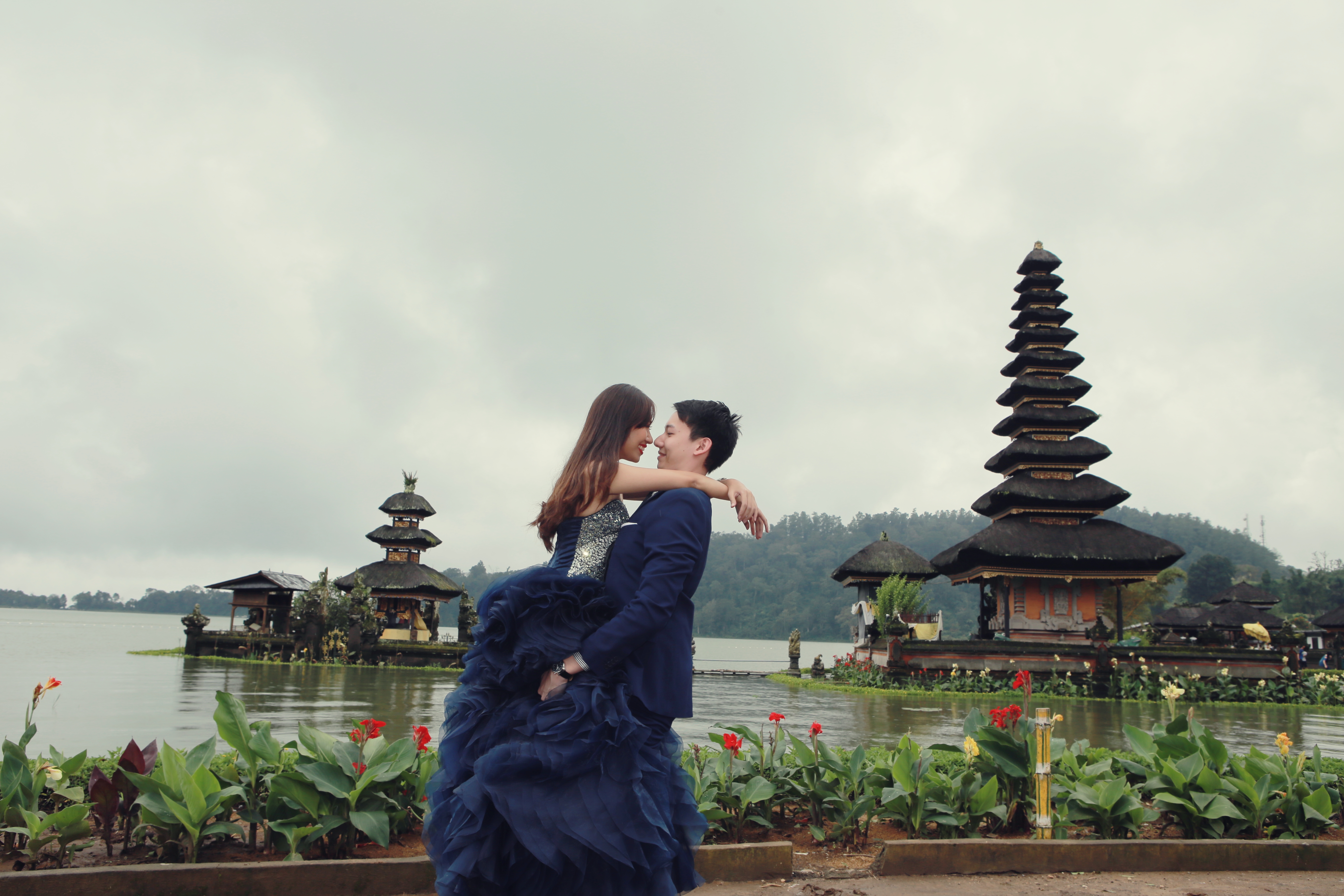



3. Monumen Mumbul-Nusa Dua
Monumen Mumbul-Nusa Dua is one of the historical monuments in Bali. Located at Taman Mumbul, Nusa Dua Bali, this monument exists to commemorate the struggles of Balinese people in escaping from the colonialism in the past. Nowadays, it is often used as a pre-wedding photoshoot venue. True enough, there were two other couples (one from Taiwan and one from Thailand) who were also having their pre-nuptial shoots during our visit.
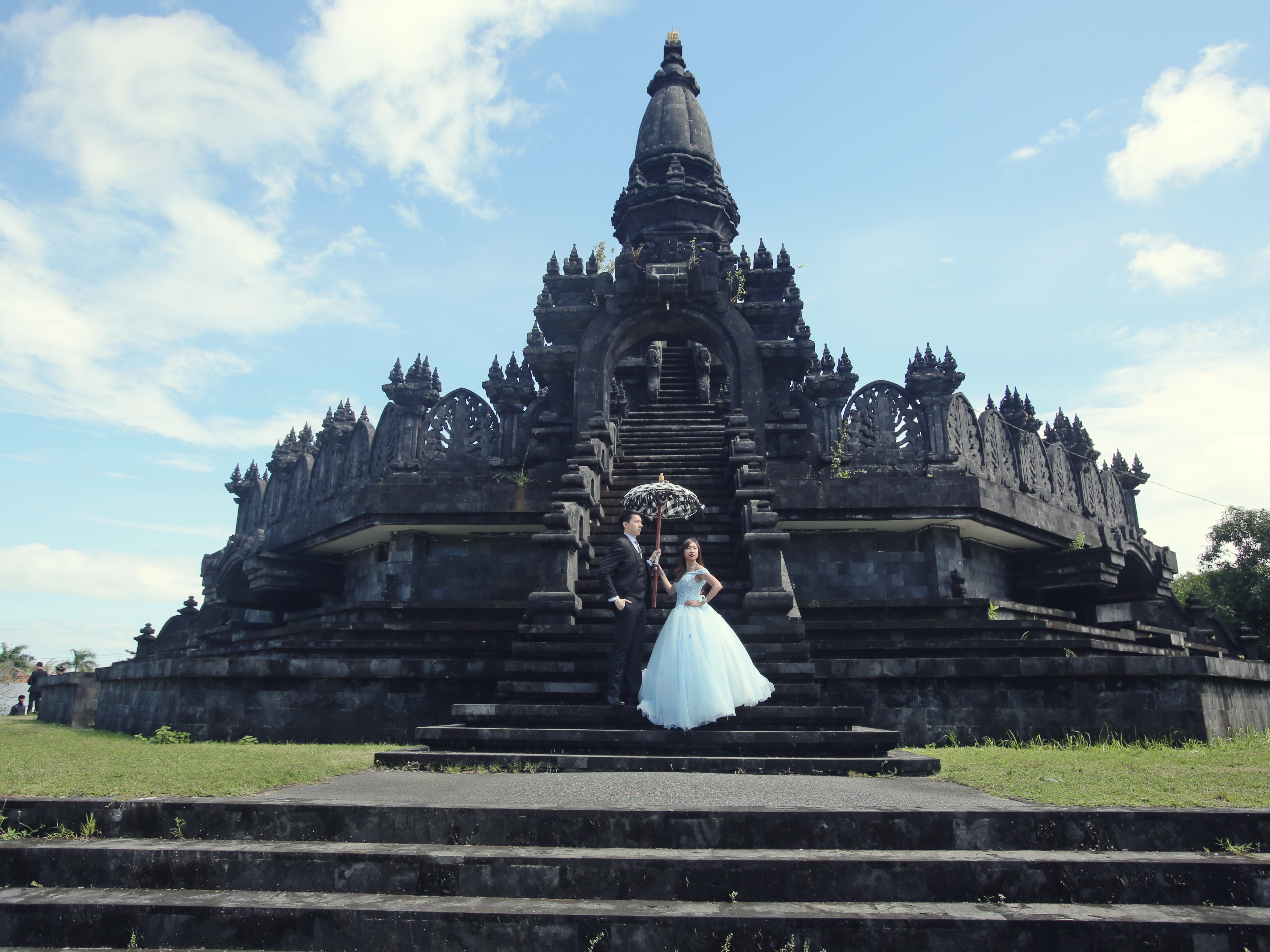
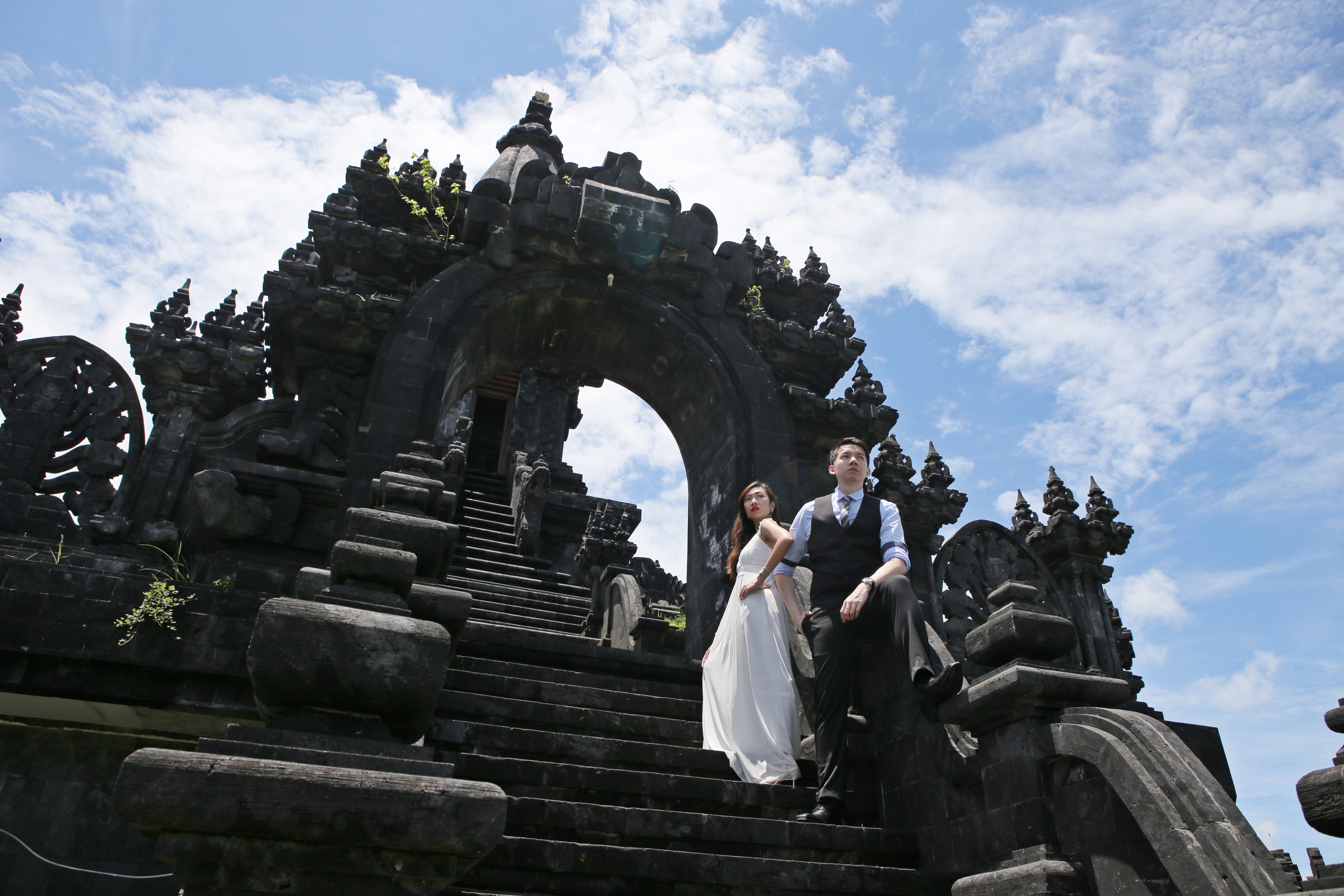

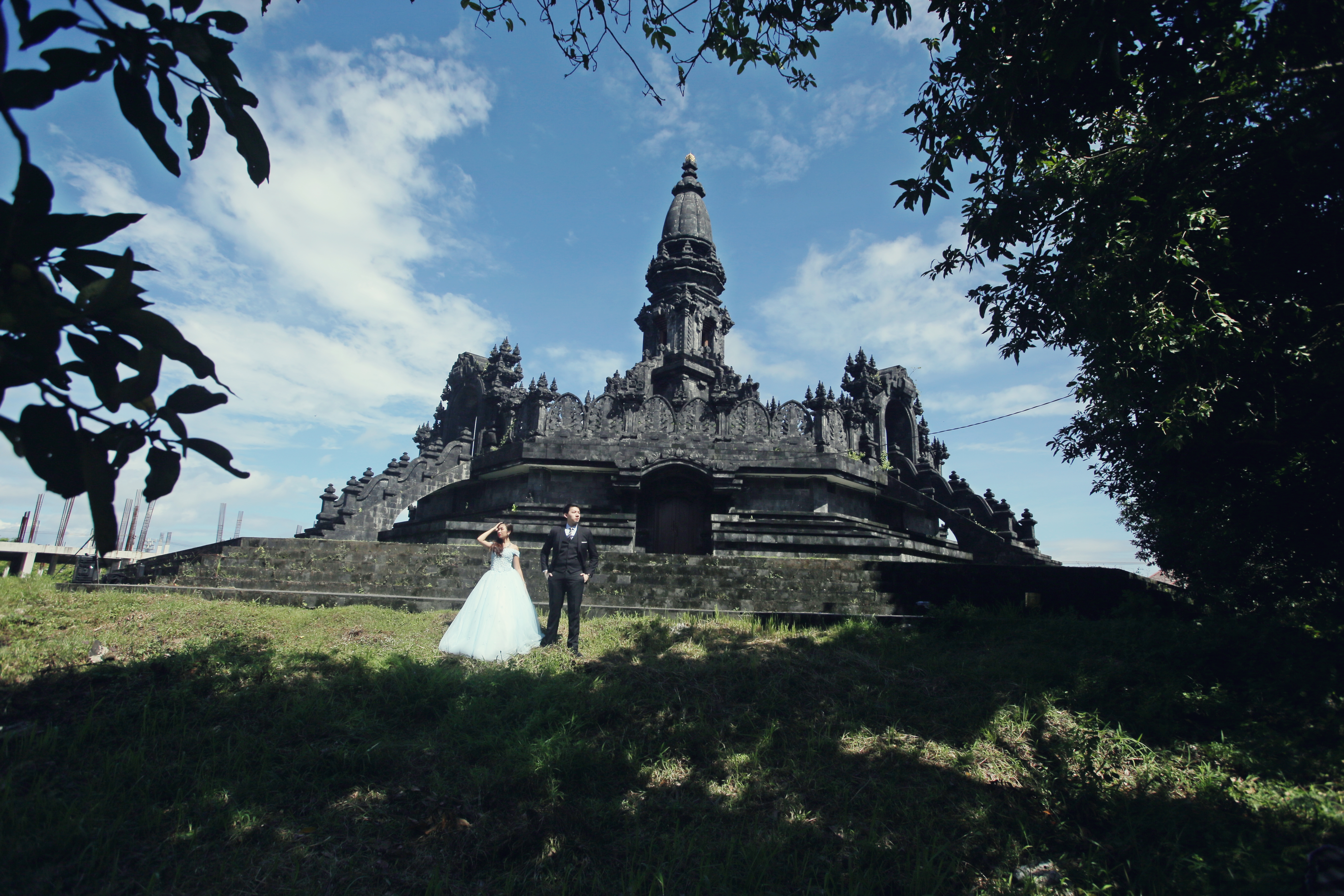
4. Garuda Wisnu Kencana Cultural Park (GWK Cultural Park)
A view of a breathtaking monument, attractions, fantasy experience, and modern technology blend in and transpire as we explored the GWK cultural park. Some parts were still undergoing construction. The completed part of the statue is of the upper part of Vishnu’s body, the head of the “garuda” (a supernatural eagle-like being) and Vishnu’s hands.
GWK, once completed at 145 metres with Vishnu riding on the back of the garuda, will be one of the world’s tallest statues and erected on the top of the hill, with a panorama of Bali. Facilities here also include an amphitheater, an exhibition gallery, open-air venues, two restaurants, a souvenir shop, an art market, a massage centre, ATV and Segway rentals, as well as adventurous activities.
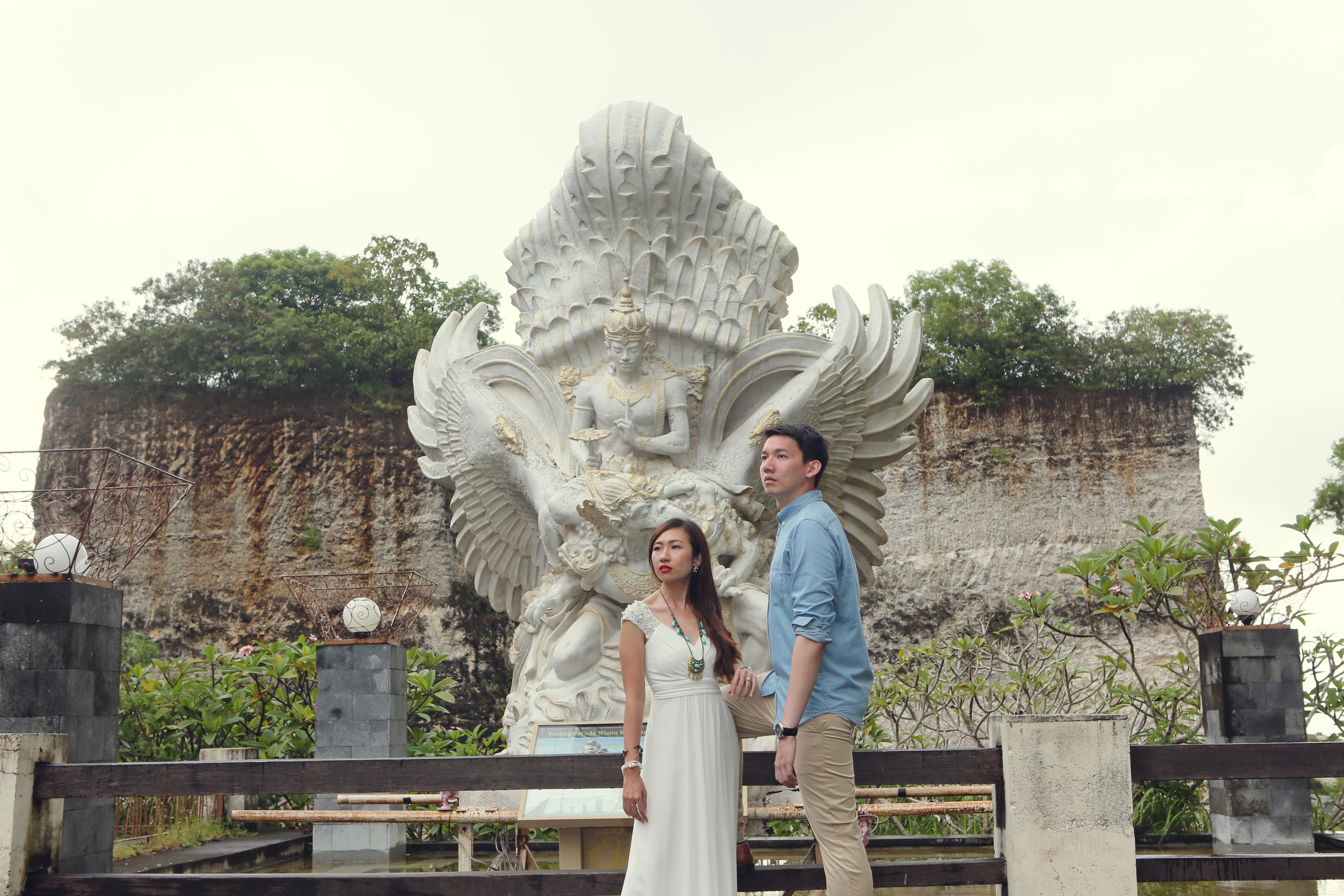
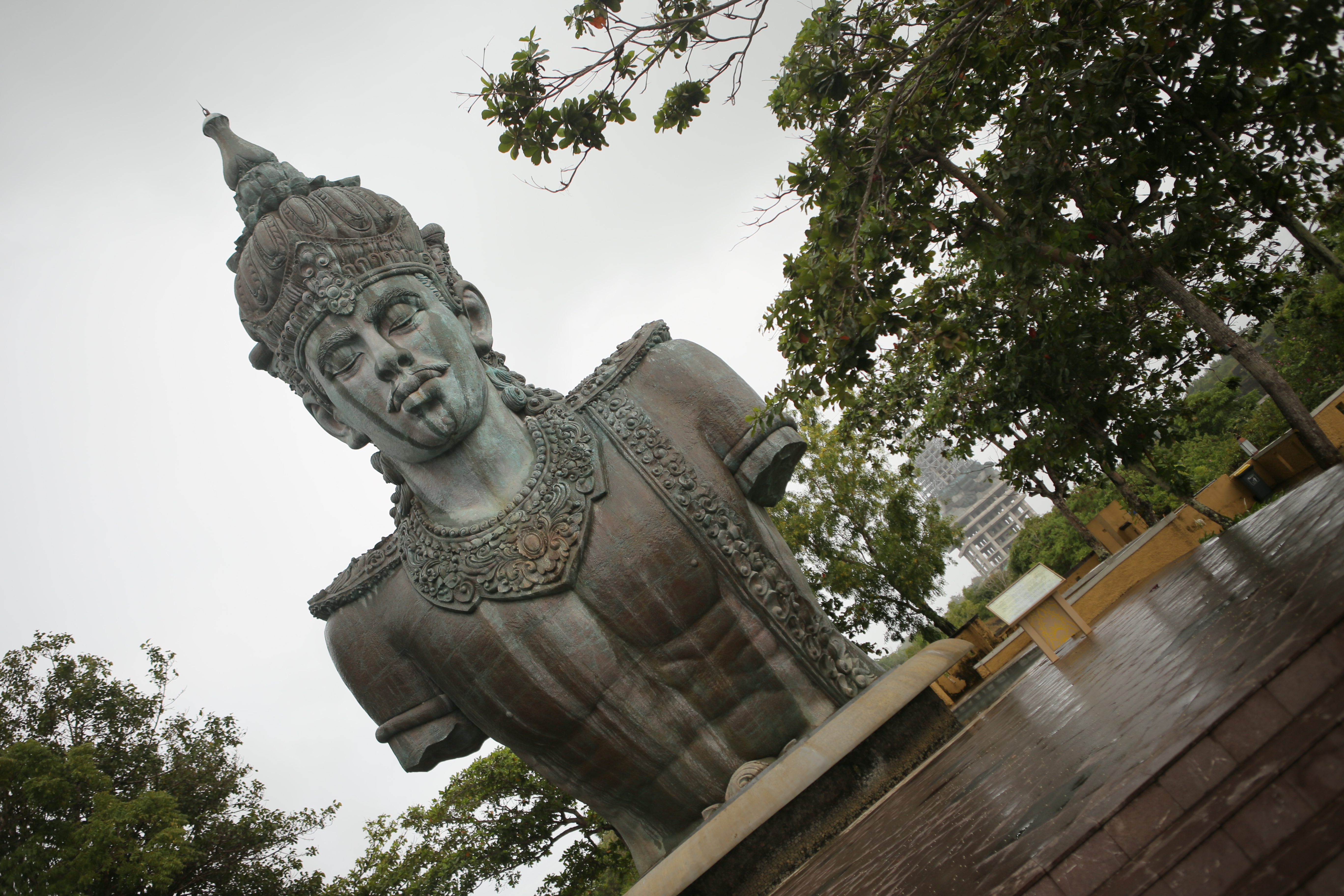

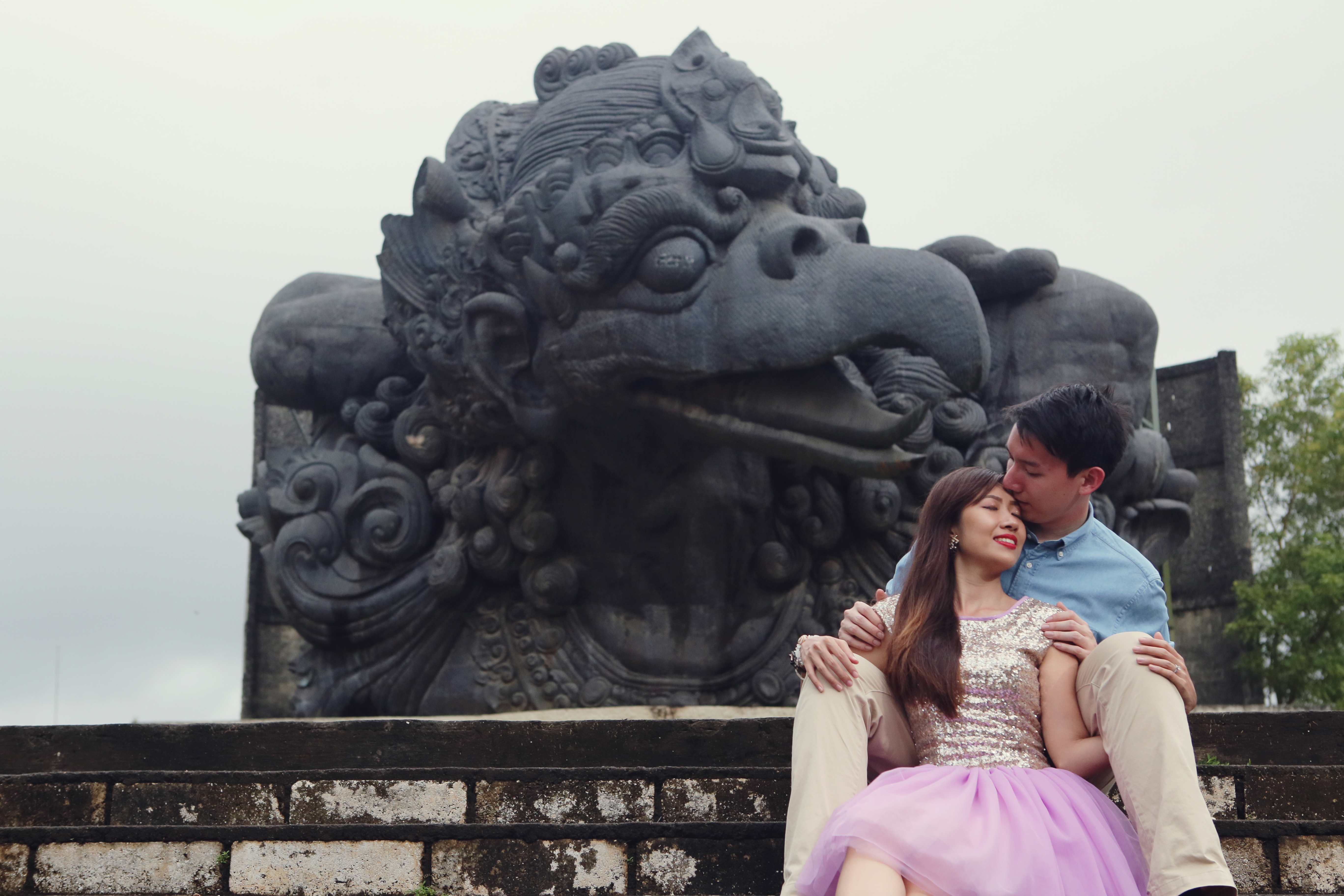

5. Tanah Lot Temple
If you are tired of mainstream themes for your wedding photo shoot, you can try something exotic or unusual. One of the most unique destinations we had in mind was the Tanah Lot Temple. It’s a Hindu temple built on top of a rock formation surrounded by a beach with magnificent cliffs. Tanah Lot is an icon of tourism in Bali that’s also one of the best photo spots in the area. The offshore rock has been shaped continuously over the years by the ocean tide.
Tanah Lot is extremely crowded with people. It’s impossible to reserve the entire place for our photoshoot or stop people from walking in different directions. It’s a challenge finding angles and spots where there’s not much people present in the background. We took photos mostly on the cliff and rocky surfaces near the temple.


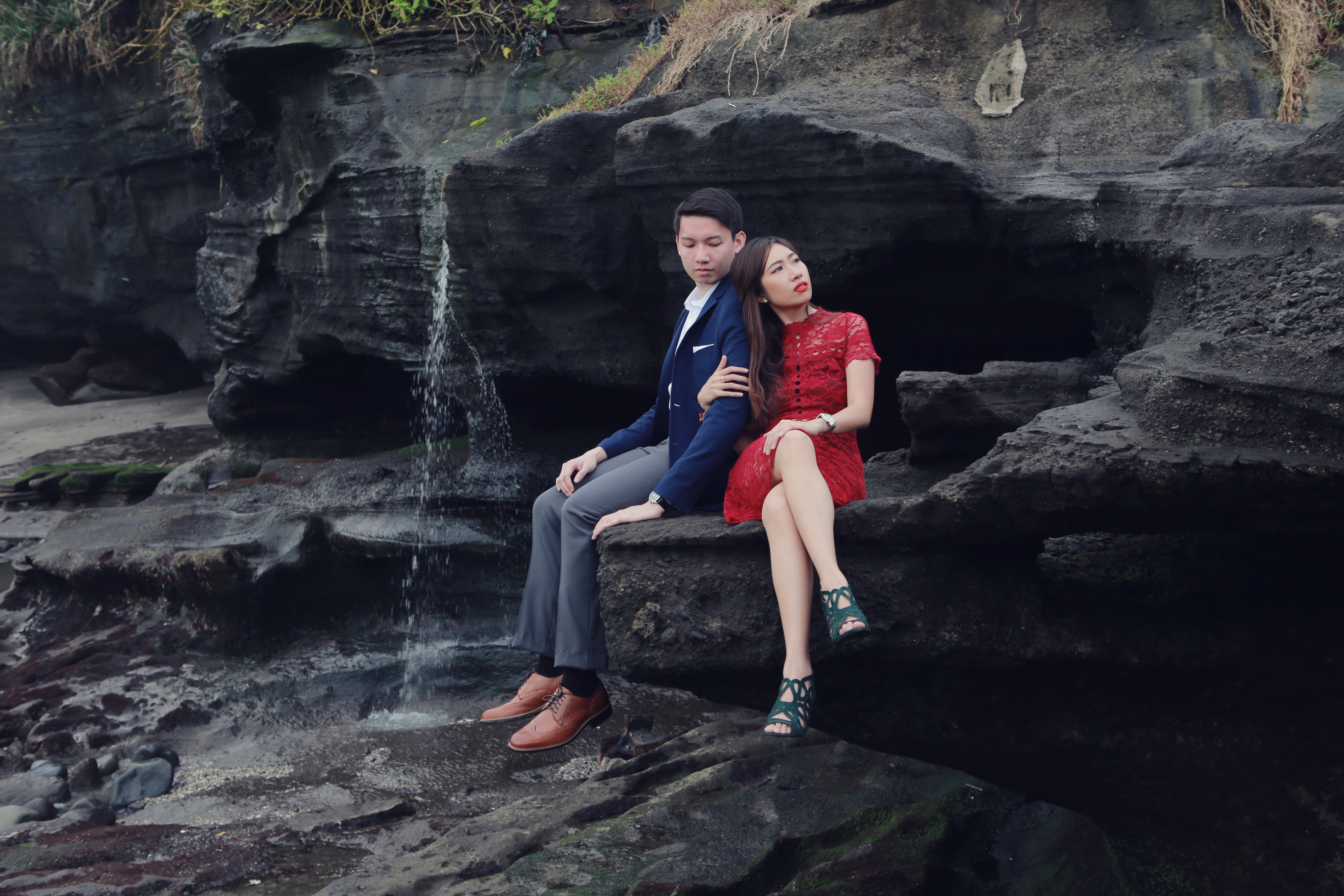

6. Melasti Beach
The beach is a typical venue for pre-wedding photoshoots. We chose to go to Melasti Beach, a remote area and a quiet place in Ungasan, Bali that’s nice and clean. We strolled on the slope overseeing the sea and high cliff. Rocks are natural and are big in size.
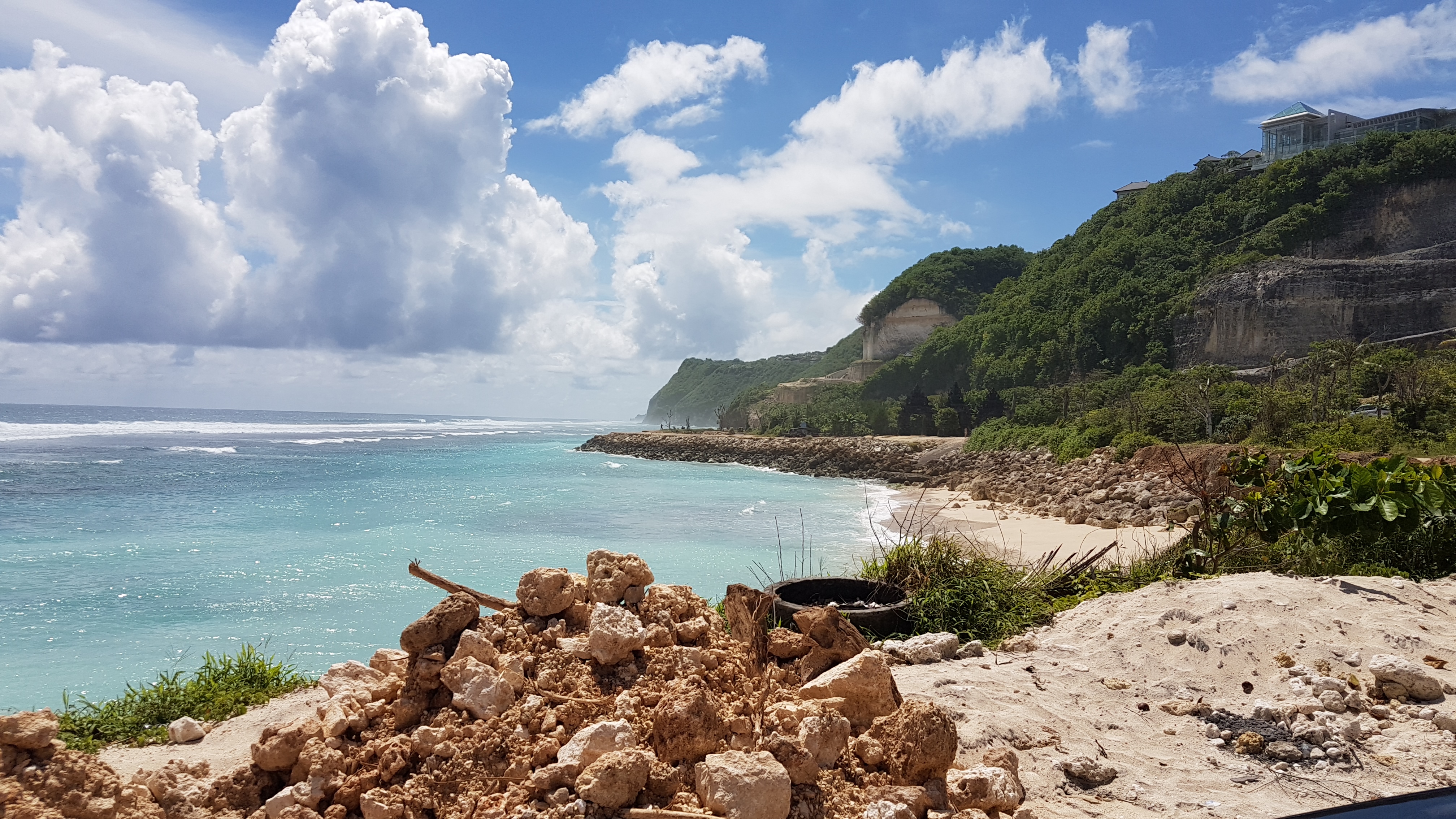

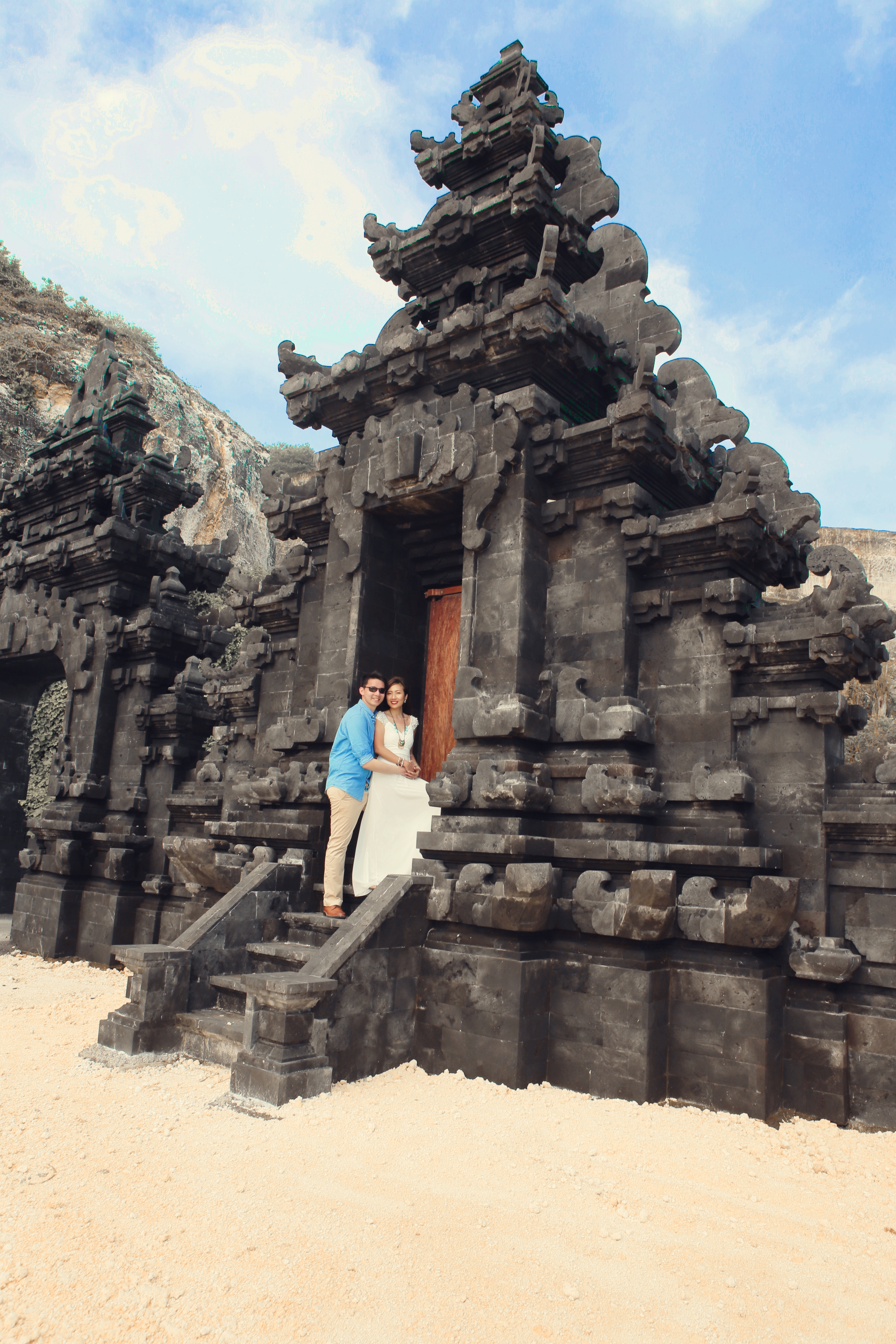
Tips When Traveling to Bali, Indonesia for Vacation or Photoshoot
Did you know that Bali has always been ranked as the top 3 destination to visit in many websites and travel books? Bali, Indonesia is so blessed with natural resources and picturesque sceneries. It’s also regarded as the number one destination for prenup photography in Asia in recent years. No wonder, this island is a popular tourist destination and a popular choice as a pre-wedding destination for many couples.
Here are tips to consider when traveling to Bali for a vacation or a photoshoot:
1. Weather
There are two main seasons in Bali. The dry season is between the months of April and September, and the rainy season is between October and March. Our photoshoot was scheduled in February, and it was mostly rainy. There were really times when we had to wait for the downpour to stop before continuing with the shoot.
We bought a decorated umbrella that served not only to protect us from rainfall and sunshine but also to “glamorize” some shots. Some areas were affected by landslides, so we did not proceed driving to them anymore but rather chose to shoot some place else that’s safer. According to our local guide, the best time to visit during the dry season is April to October. However, we could not catch on to those months because our wedding month is March.
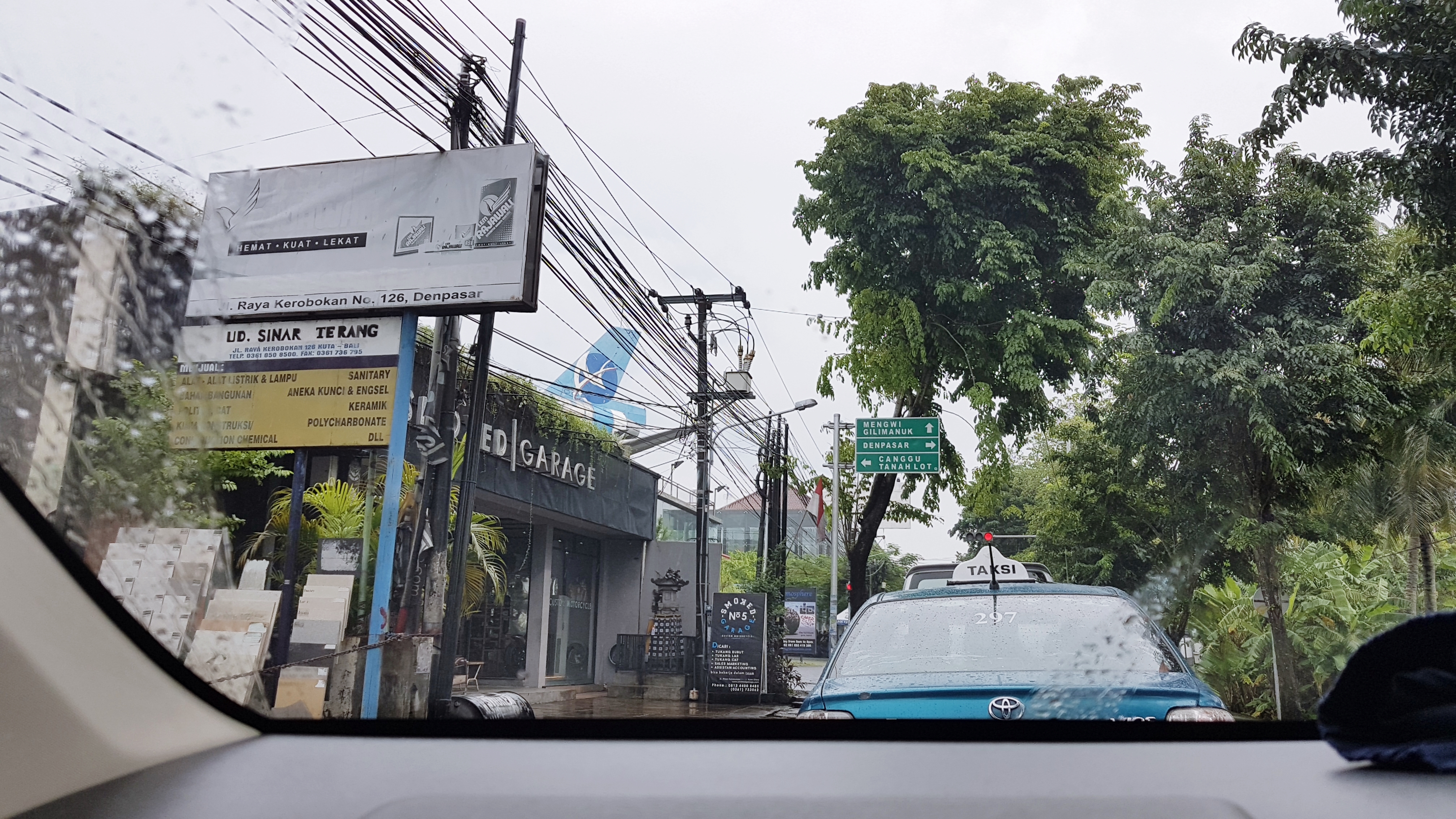
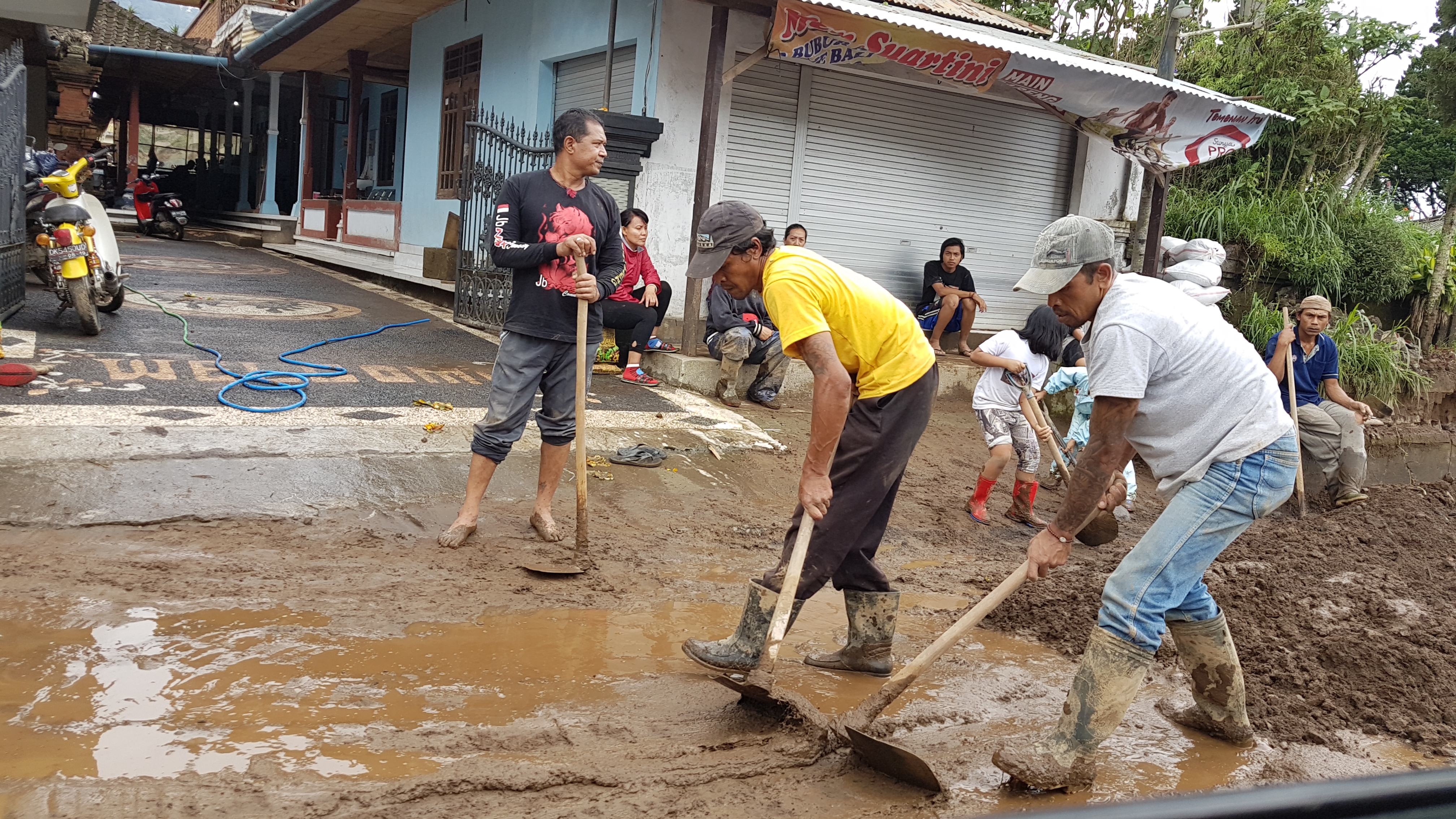
Bottom line? Before seriously considering traveling to Bali to do photoshoots, checking weather forecasts is important. Accuweather and similar apps or sites sometimes don’t project accurate forecasts; this is where people in social media can help. I remembered checking out Instagram with hash tags #bali, #balinese, and names of specific destinations to know the real-time condition of the weather in those areas. I went as far as asking users who posted pictures if rain was too hard and was glad to receive decent answers in return.
bought payong from a store in Umbul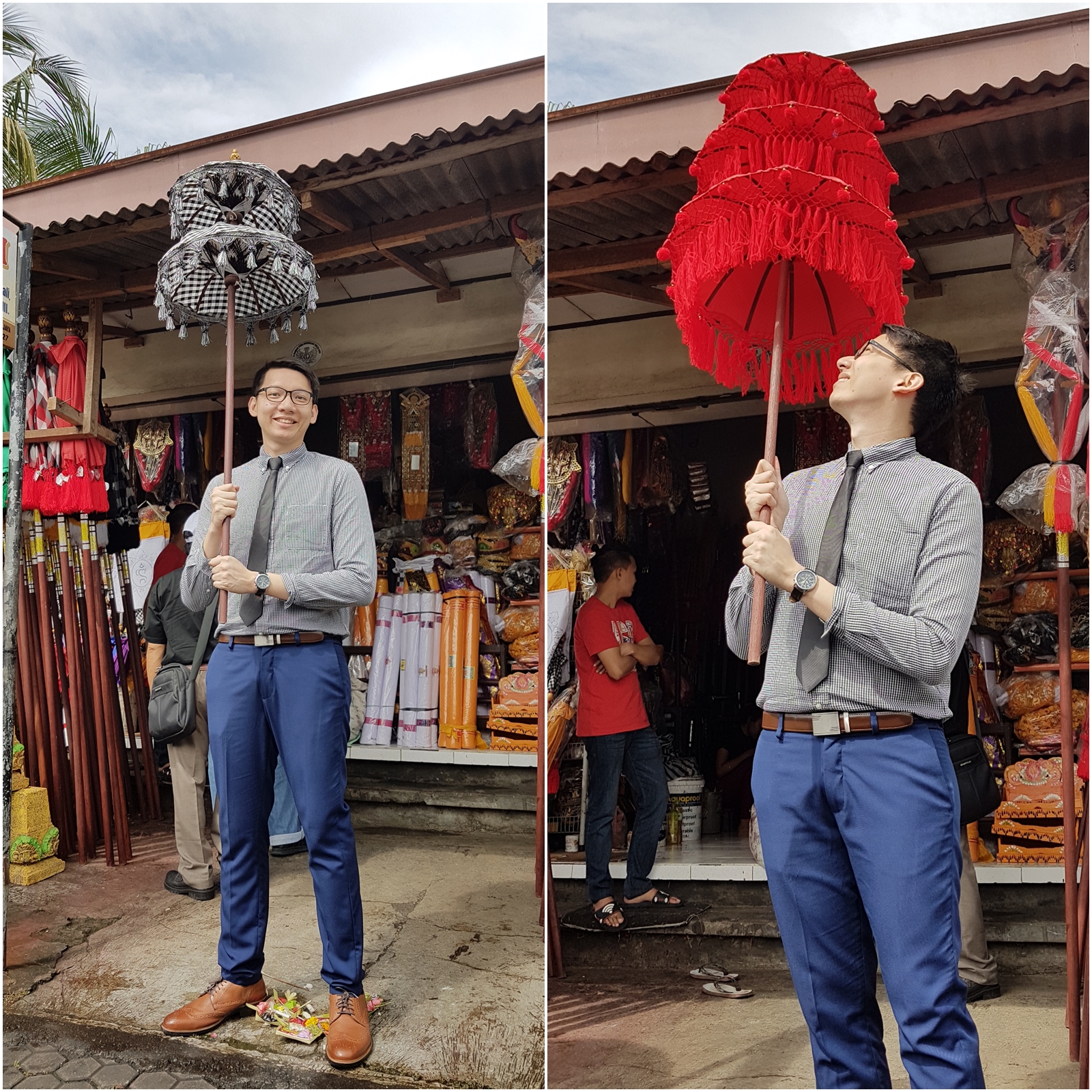
2. Currency
The Indonesian Rupiah (IDR/Rp.) is the local currency for Bali. It’s best to convert into their local currency while in the airport because you may not find a lot of currency exchange stations or counters while on the road. Also, the rates in the airport may be better. Indonesian banknotes come in the denominations of Rp 1,000, 5,000, 10,000, 20,000, 50,000 and 100,000 while Rp. 50, 100, 200, 500 and 1,000 are available in coins.
When in Bali, carrying a handful of Rp. 10,000 to Rp. 100,000 notes around instead of relying on US$ dollars or your credit cards is most advisable. Some merchants accept international credit cards, but they will charge an additional 3% service fee. In such cases, cash is the best alternative. Many hotels and some tourist attractions list their prices in US dollars, but the exchange rate will be in the favor of the vendors and not the customers.
3. Itinerary
Travel planning is a must. In reality, famous tourist spots are not ideal for pre-wedding photos because these locations are packed with many tourists, which makes it difficult to take nice photographs. Creating an itinerary with timing considerations and travel time and searching for off-the-beaten tracks can help solve the problem. Hiring a local tourist guide can also save time with navigation and communicating with locals and the management regarding permits.
in the car, with our driver
With Sut, our local tourist guide
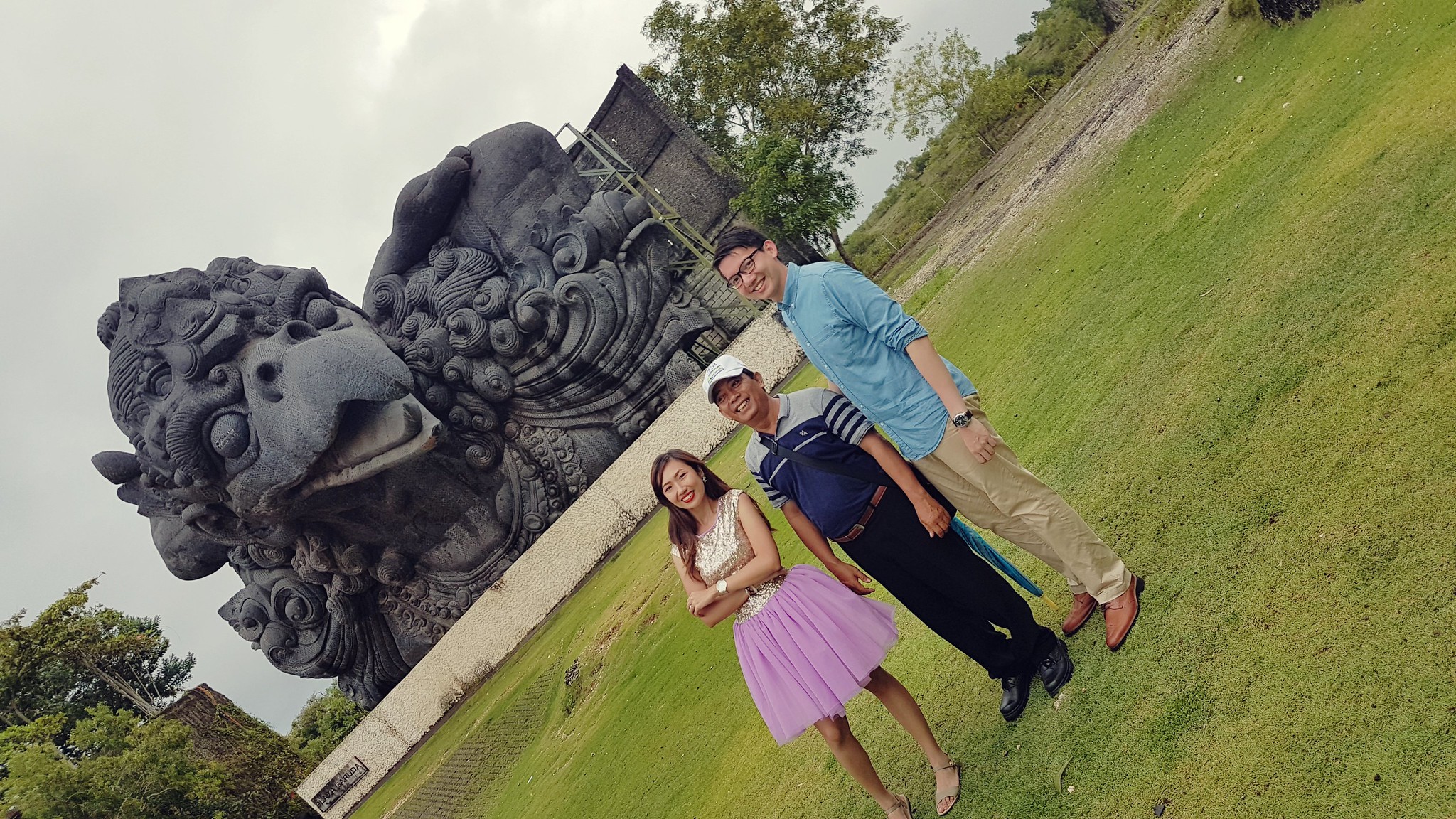
4. Fees
Our entrance fees were already paid for prior the trip since we got the services of an agency. However, there were additional/surprise fees charged by the establishments to permit us to shoot for pre-wedding. Extra costs were also billed to allow us to use drones for photography and videos.
5. Dresses and costumes
We brought eight sets of clothes to change styles and colors. Some places have restrooms where it’s comfortable to change clothes, but there were also those that left us with no choice than to change inside the car. If you don’t have an extensive dress collection for the shoot, make sure to bring extra casual clothing and footwear because it won’t be very convenient to wear heavy pieces in long hours.
6. Professional photographers
If you have decided to have your pre-nuptial shoot in Bali, choosing the right professional photographers is very important. They will be the ones capturing priceless frames with precision. They should know what to do when the moment comes, given the limited resources in a foreign land. It’s highly recommended to shoot at the right time in order to achieve good lighting (and avoid the hard light).
with Anthony and Nestor of East Digital Studio
7. Fun factor
Having fun and enjoying the photoshoot with your fiancé wherever you may be is most important. Photos always look even better when they come across natural and stress-free. If you’re going to a foreign country to shoot for pre-wedding, I recommend getting the help of an agency like we did.
We planned and created our itinerary with Transpipol Travel and Tours. Our aim was to get the best shots in every venue without worrying about transportation and accommodation. Getting private tour services and a car made our experience almost hassle-free. We also had a good chance to know more about the Balinese culture and try out a lot of local food! 🙂
lunch in a restaurant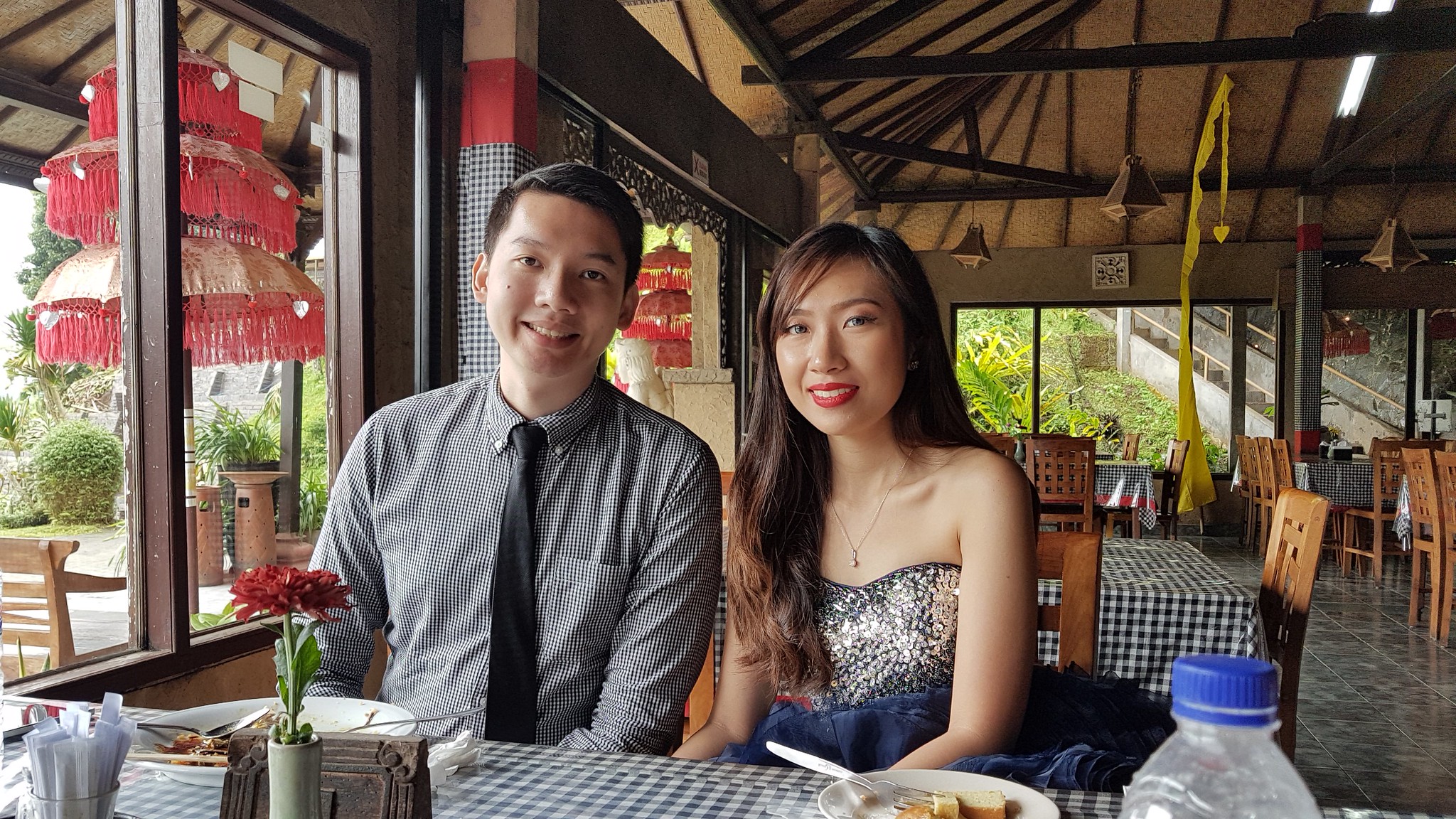
[schema type=”review” name=”Prenup in Bali: Top Beautiful Photoshoot Locations and Tips to Consider” author=”Rochkirstin Santos-Sioco” pubdate=”2017-07-02″ ]

